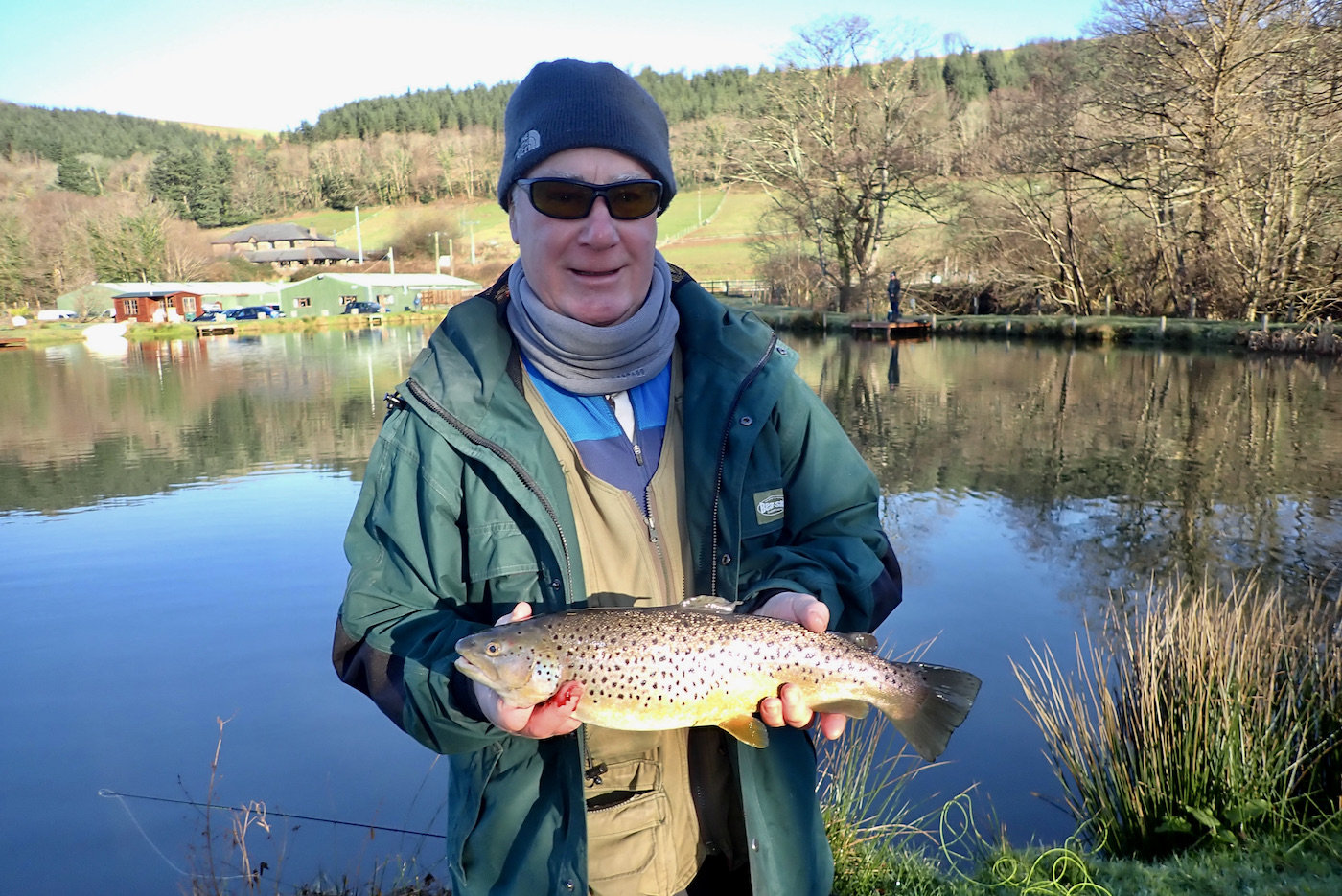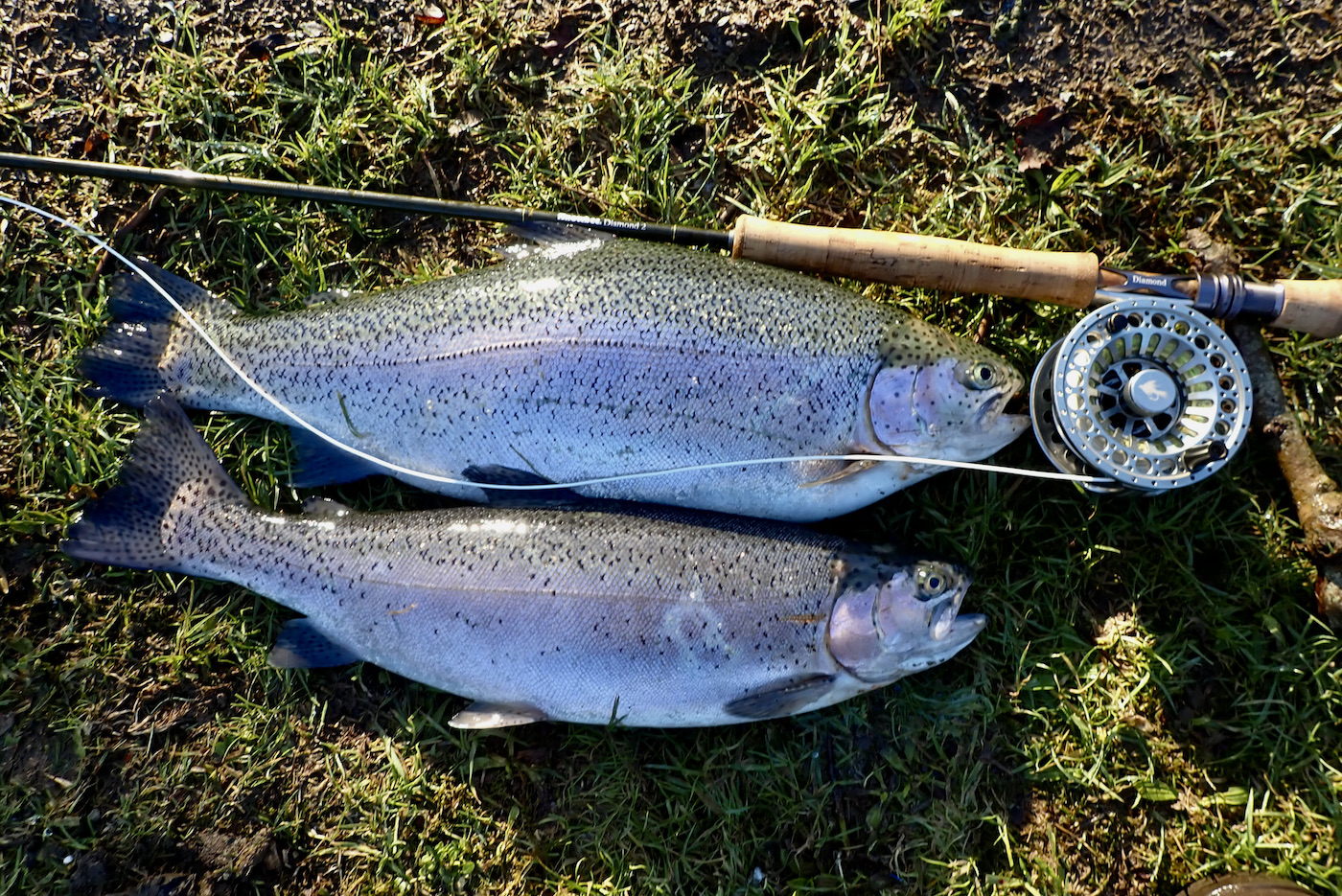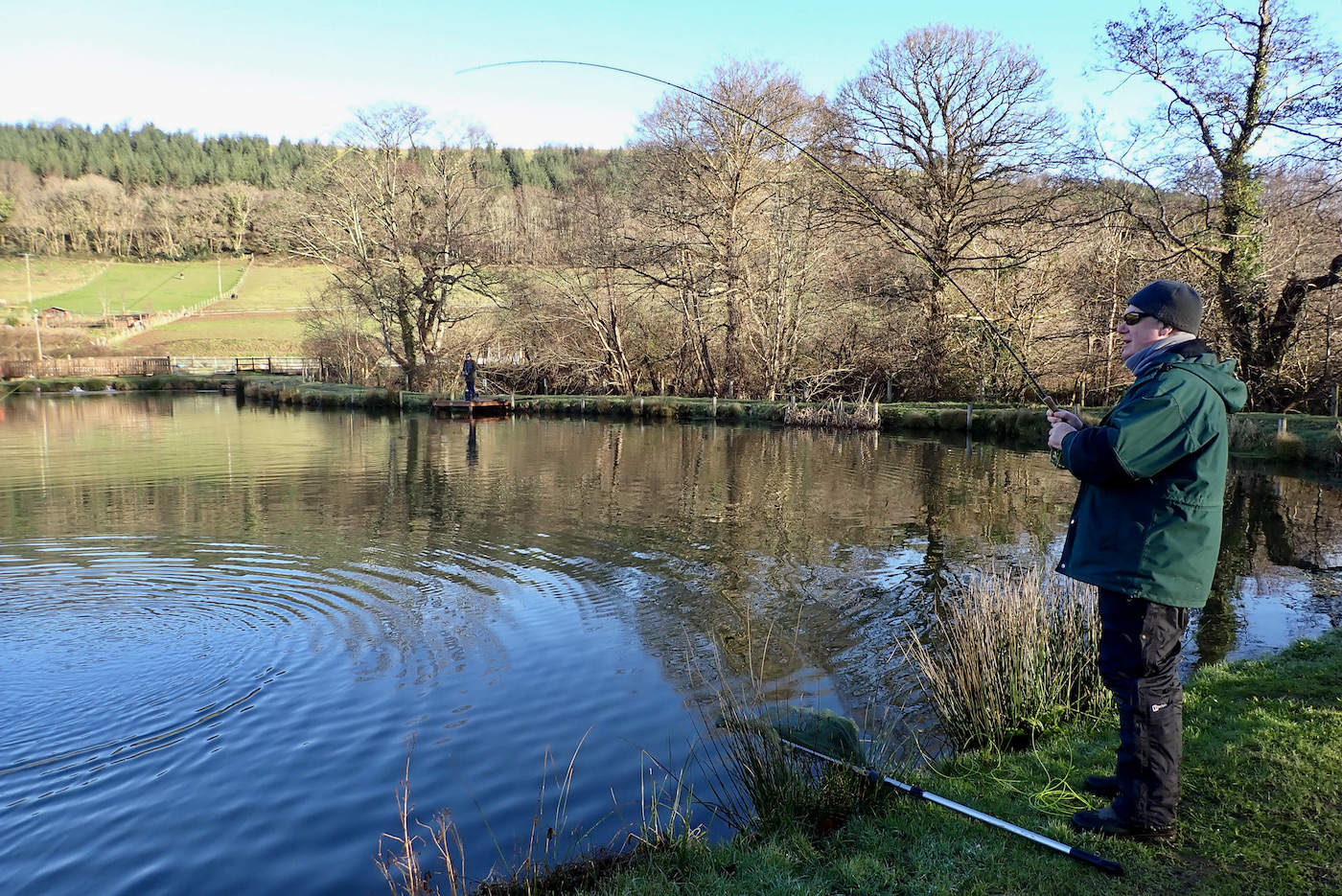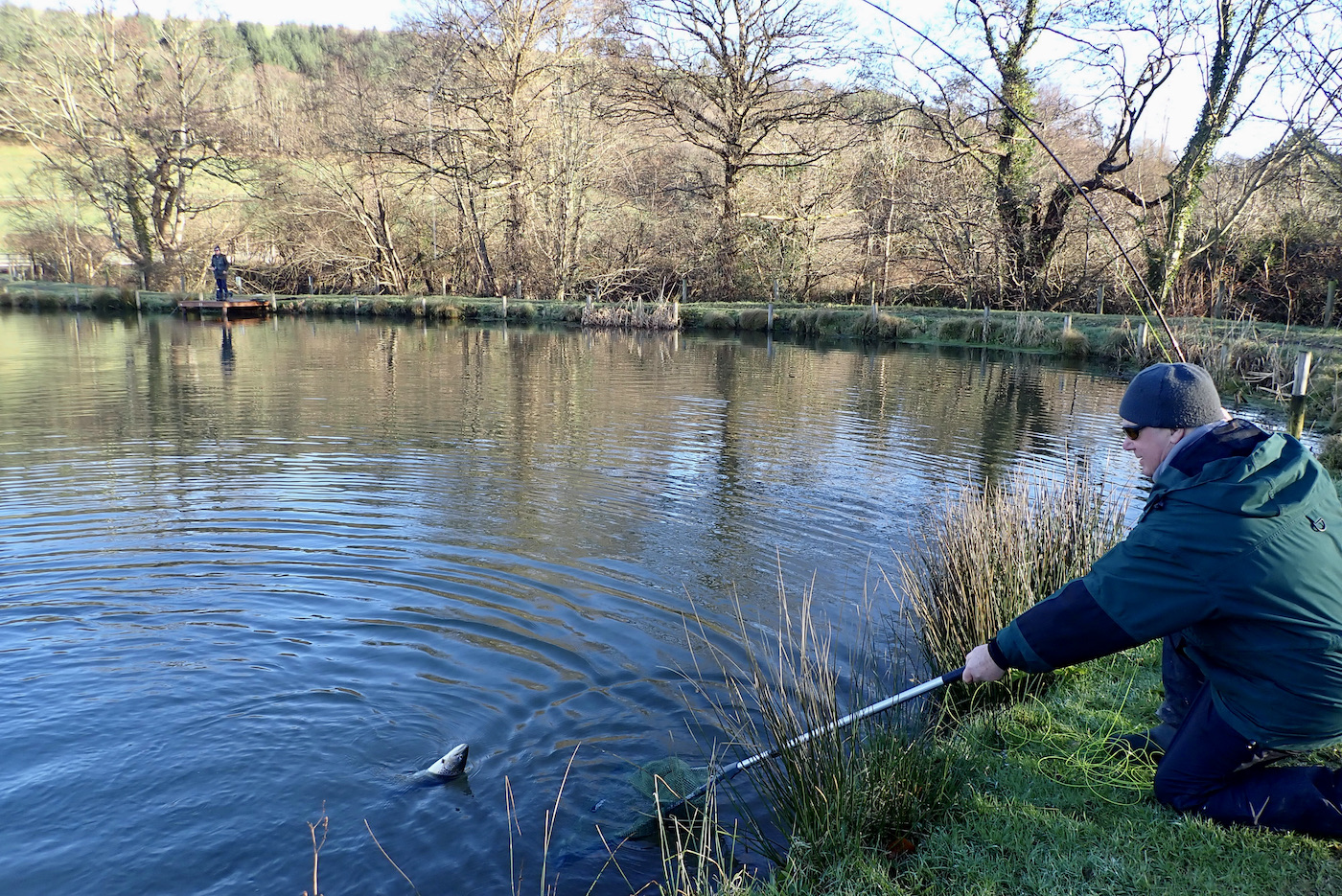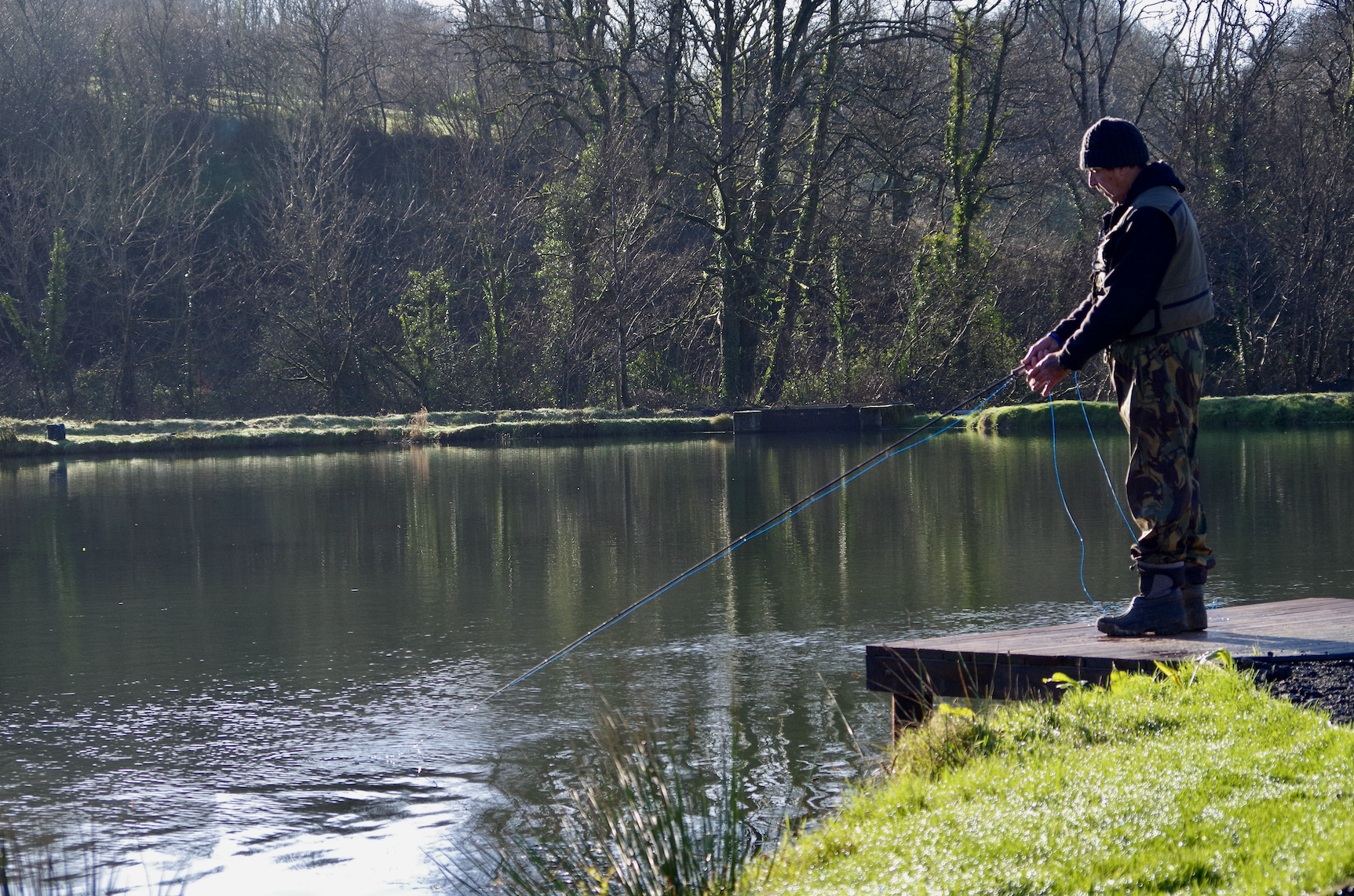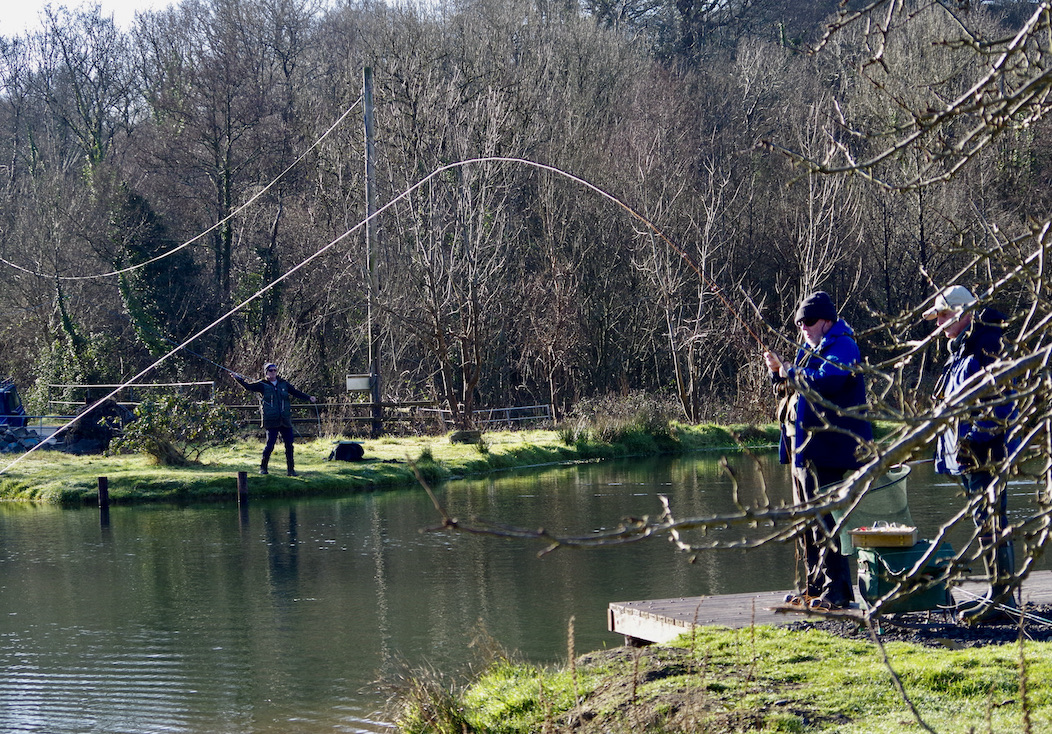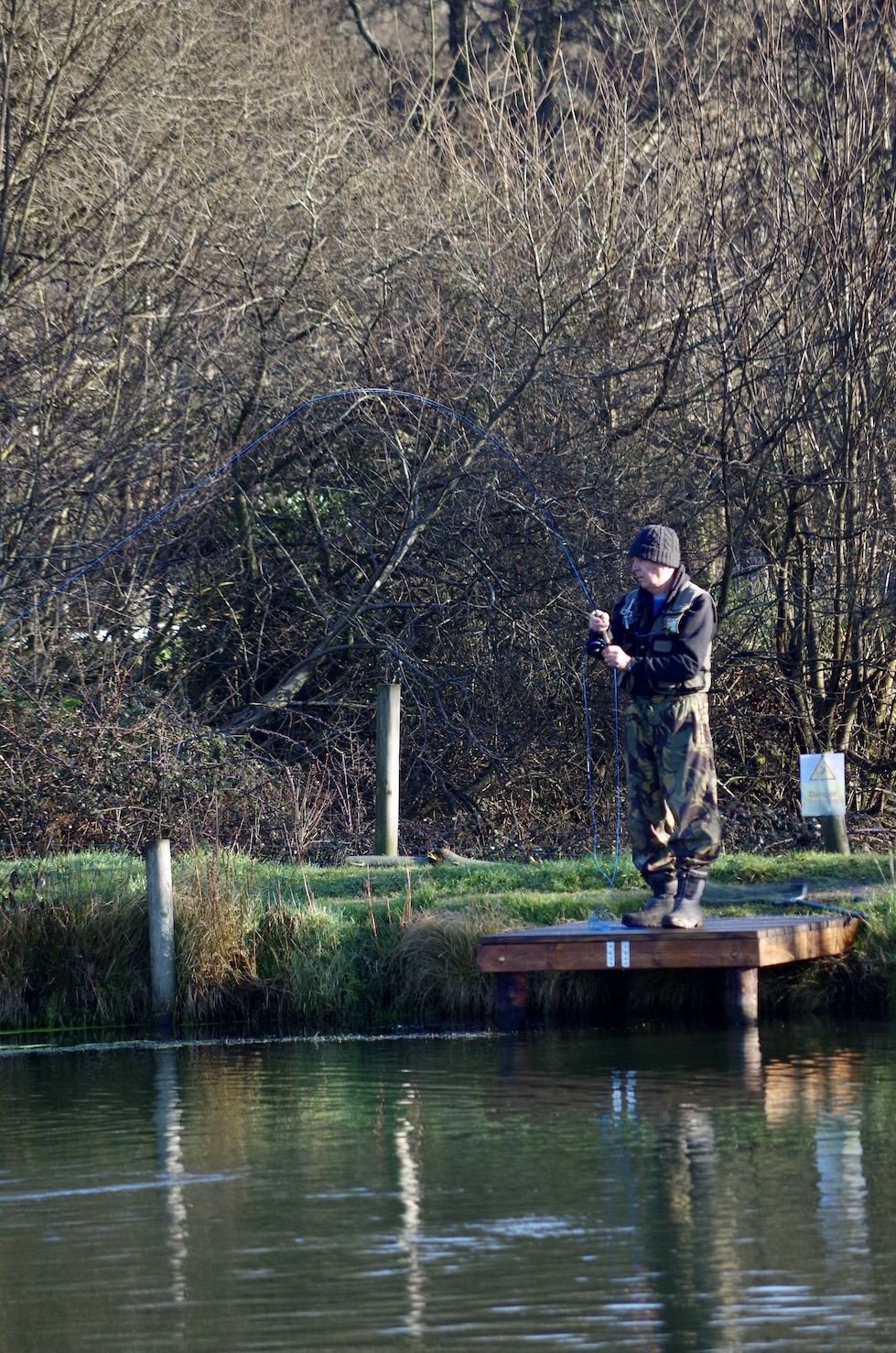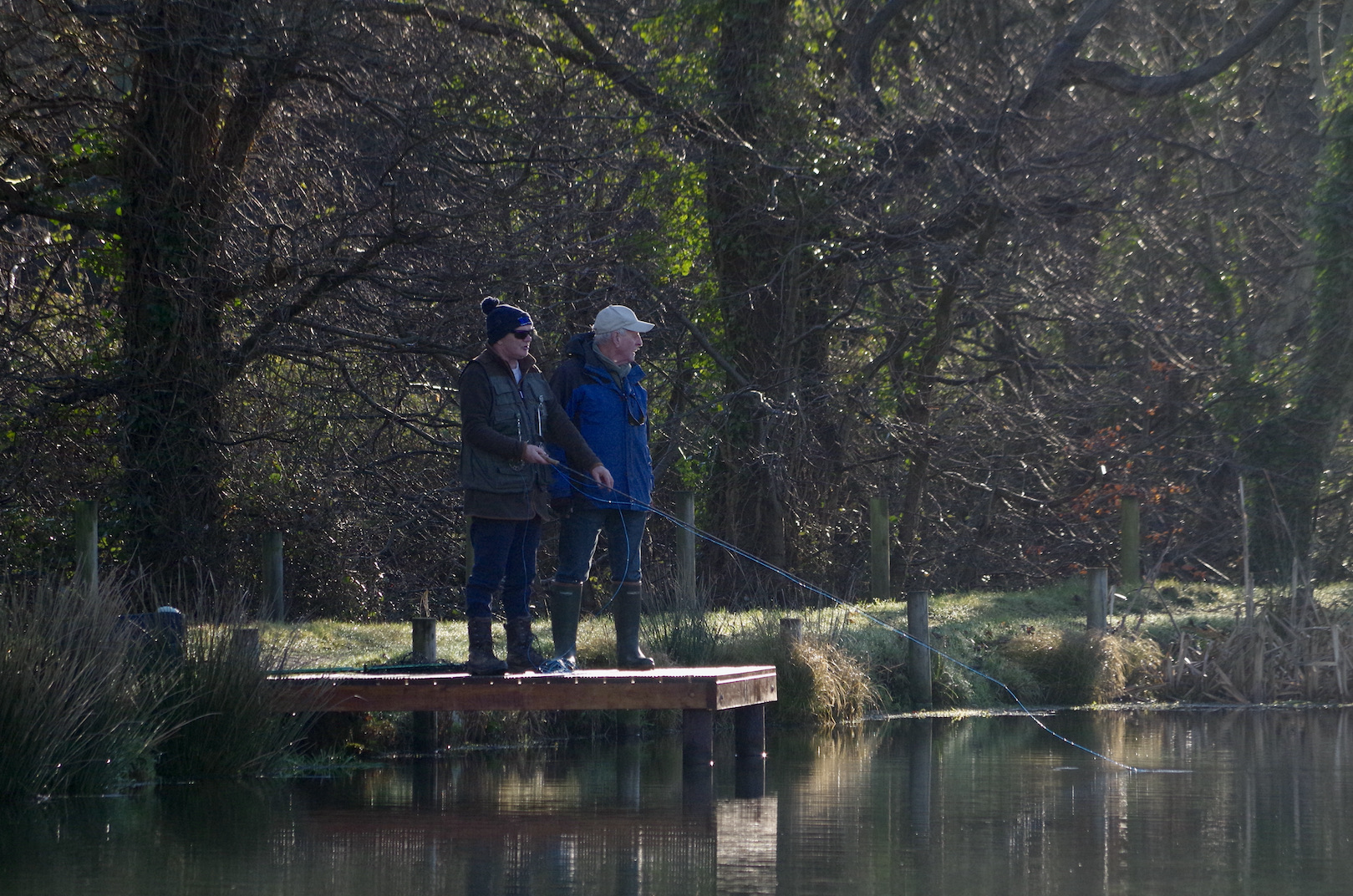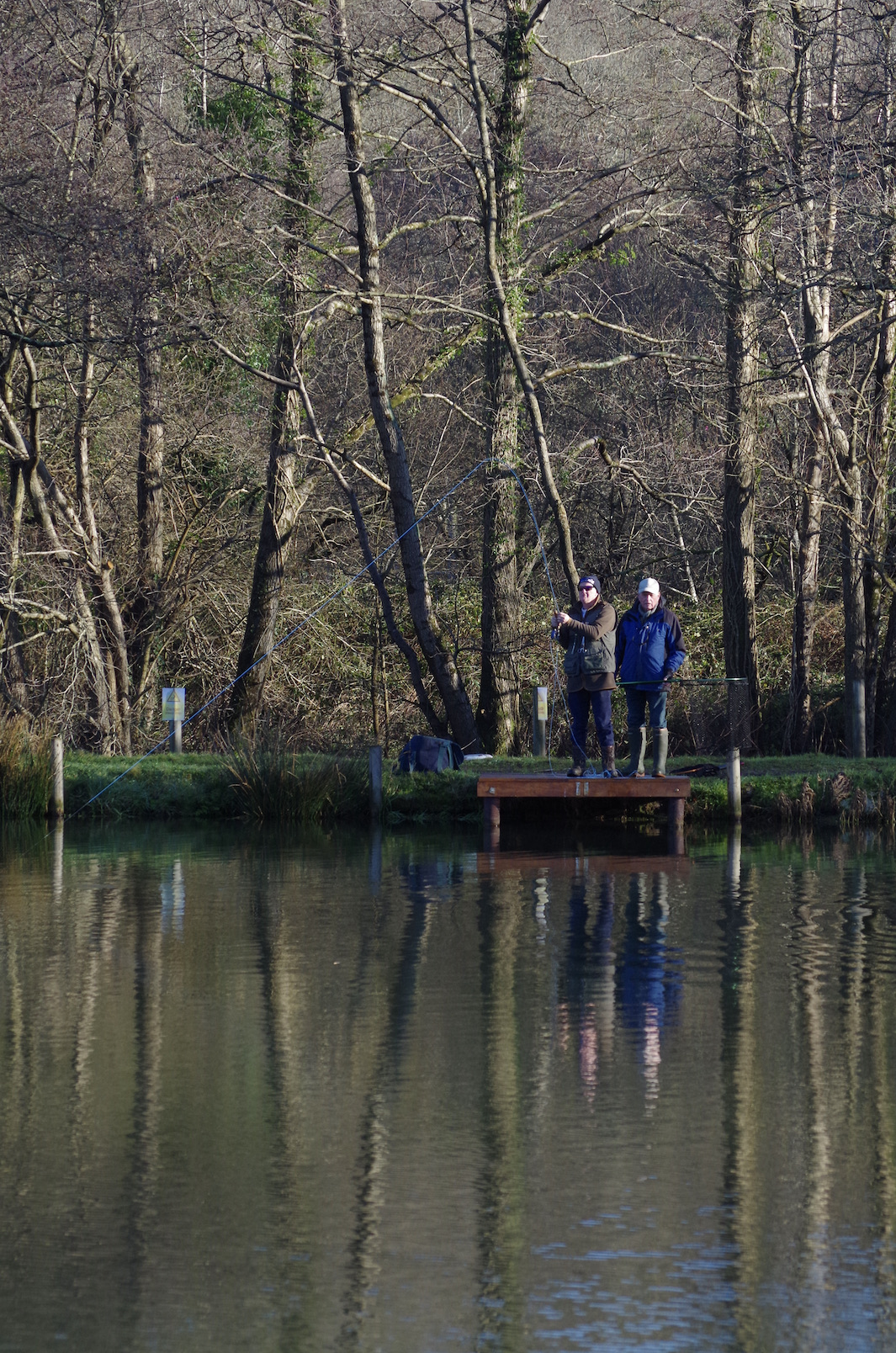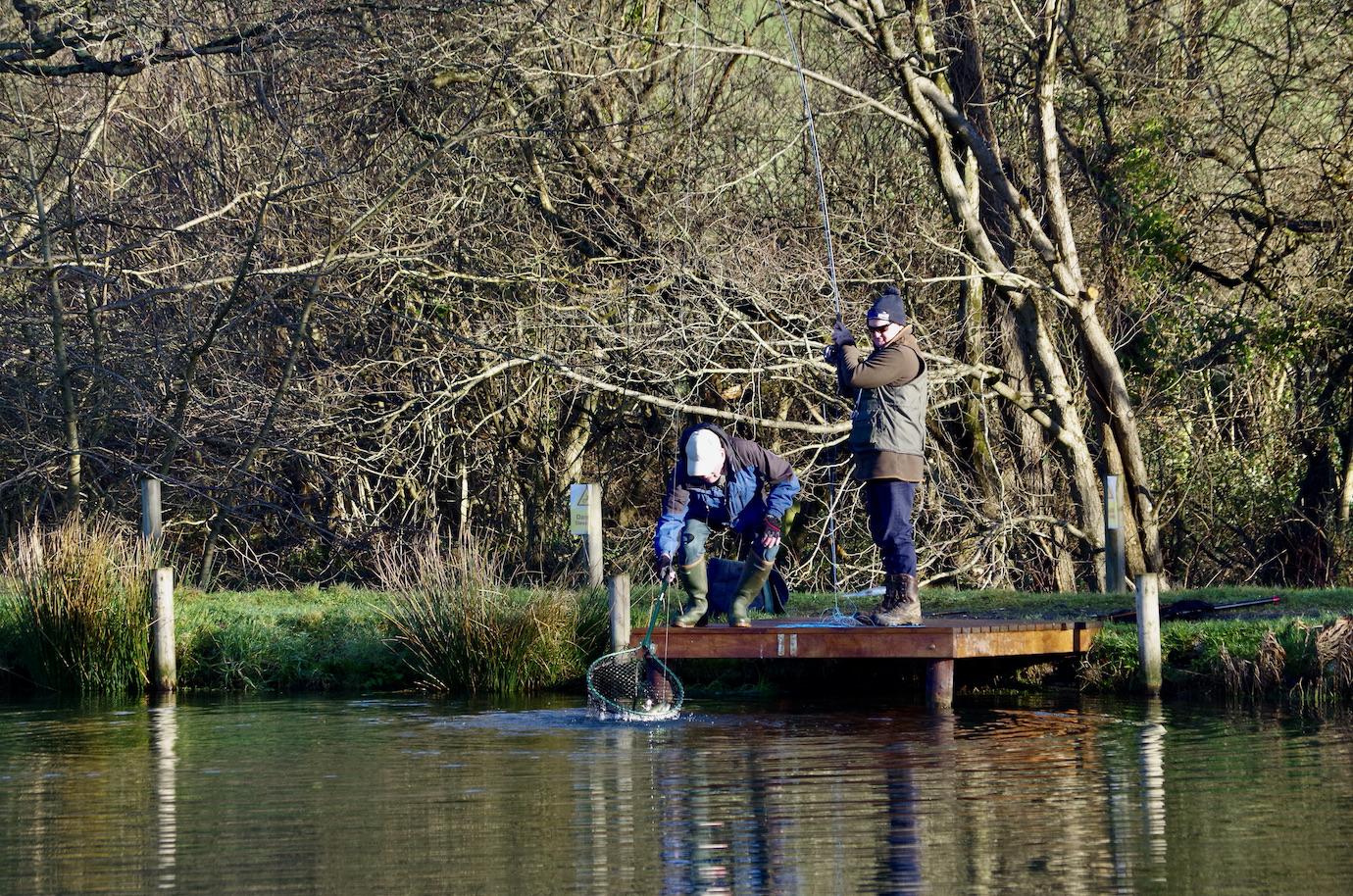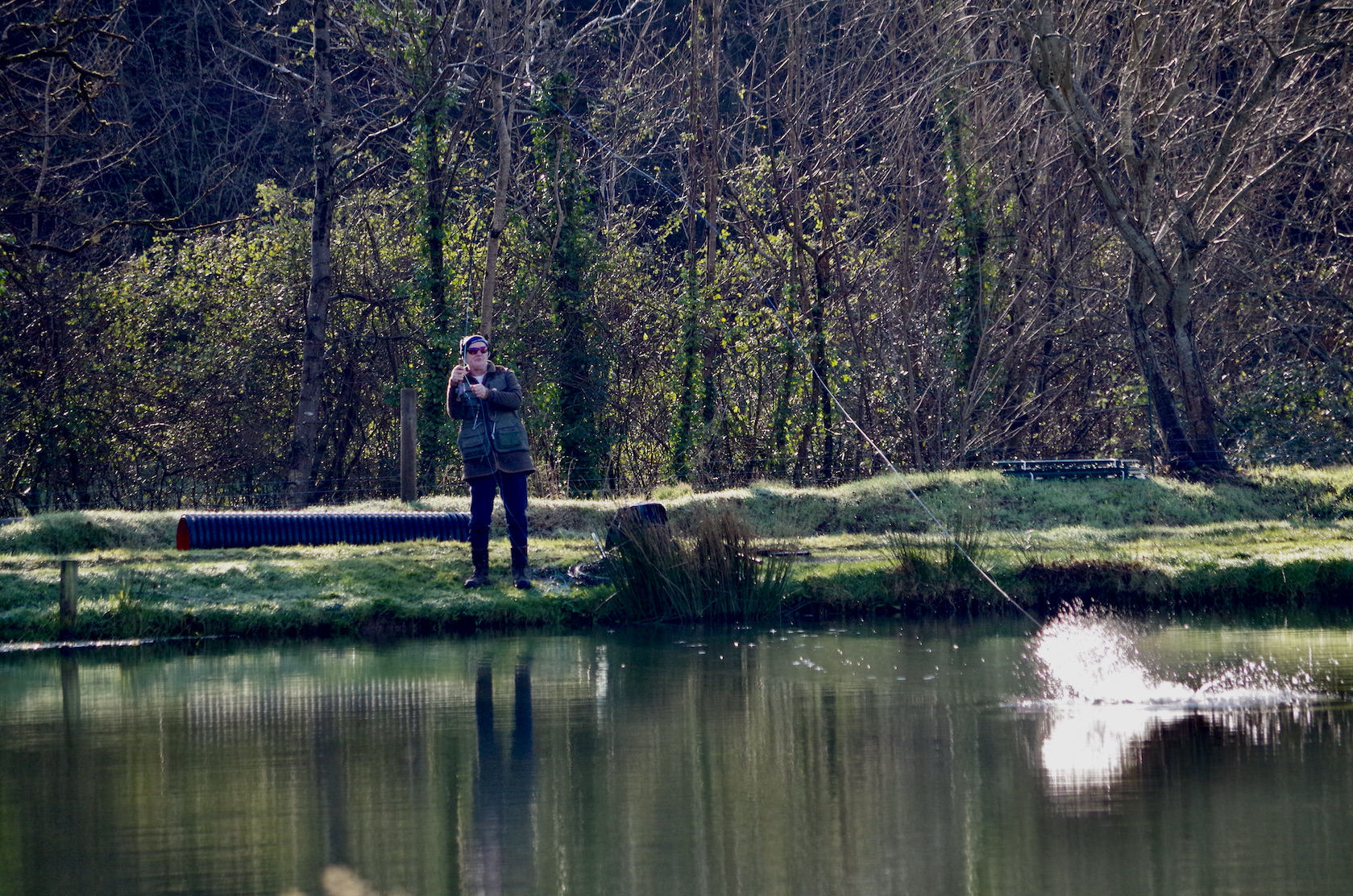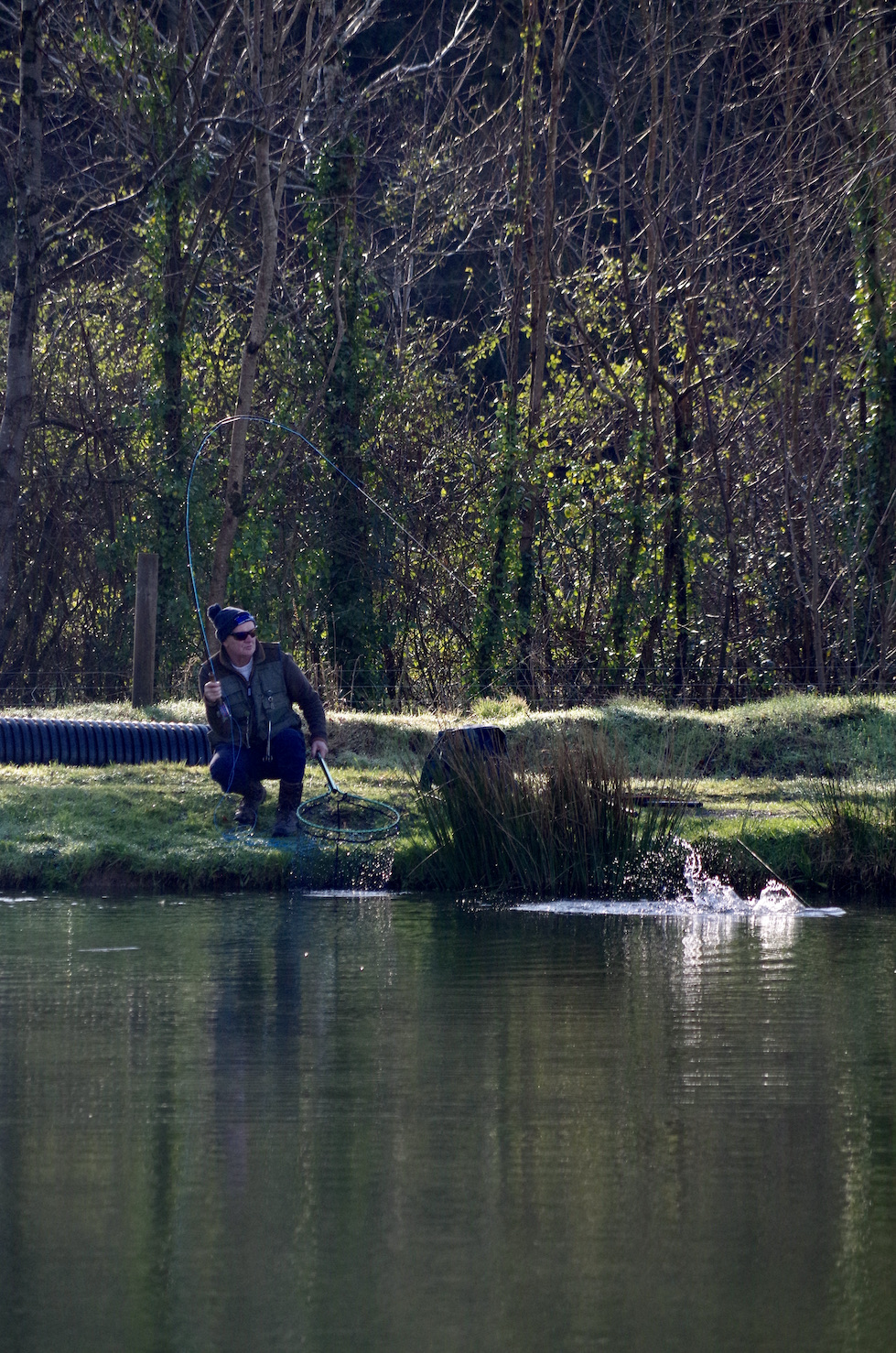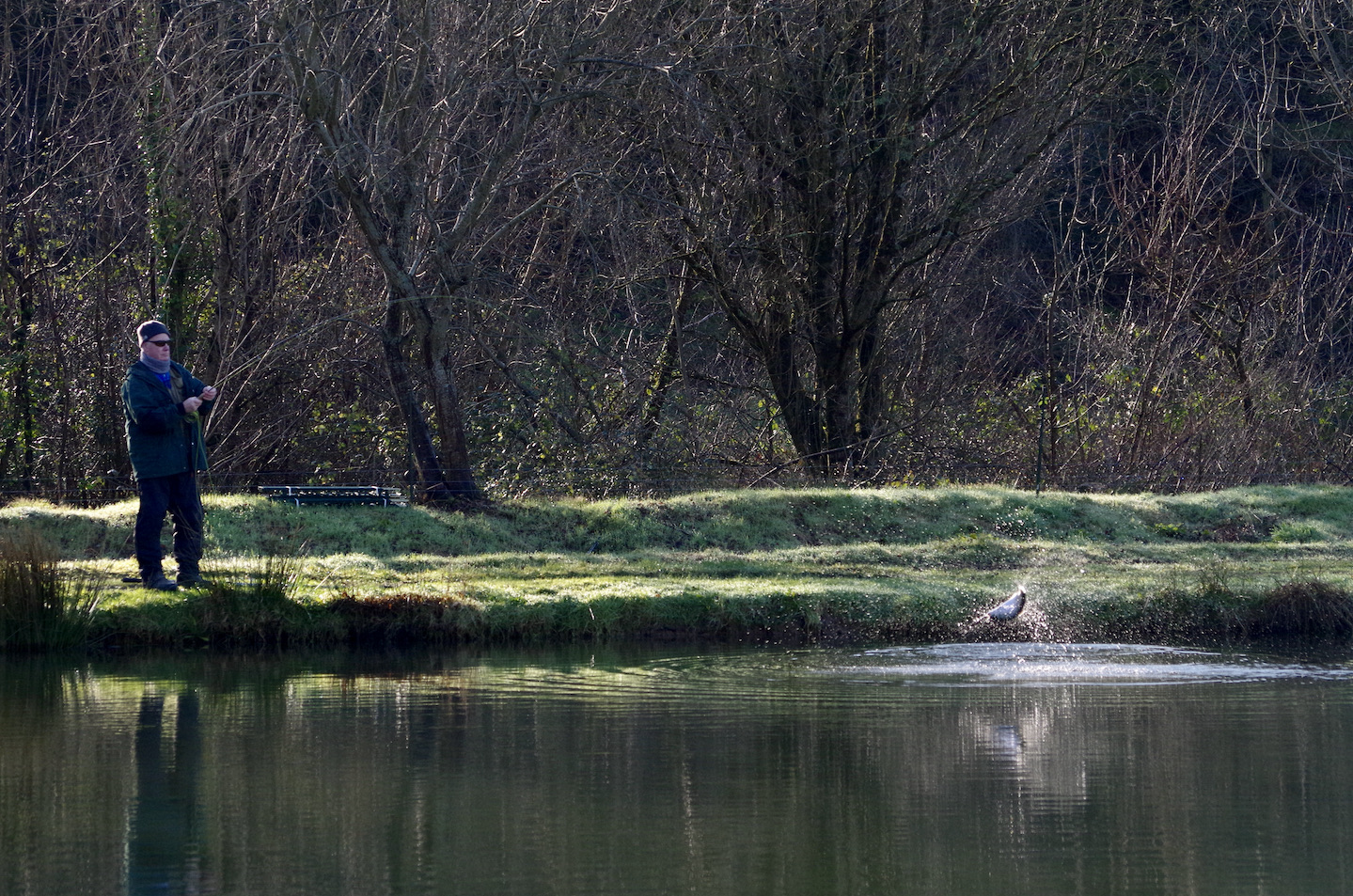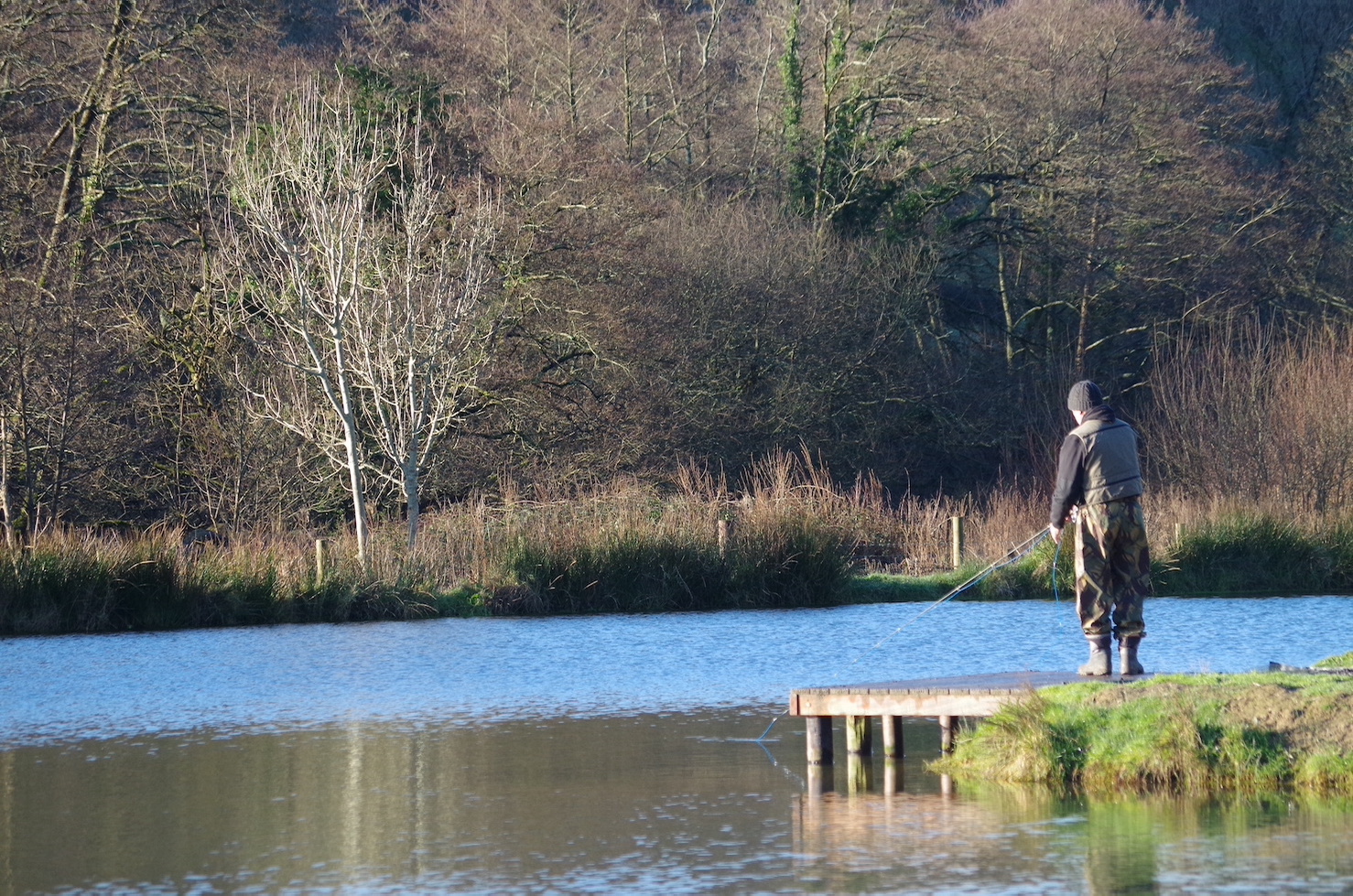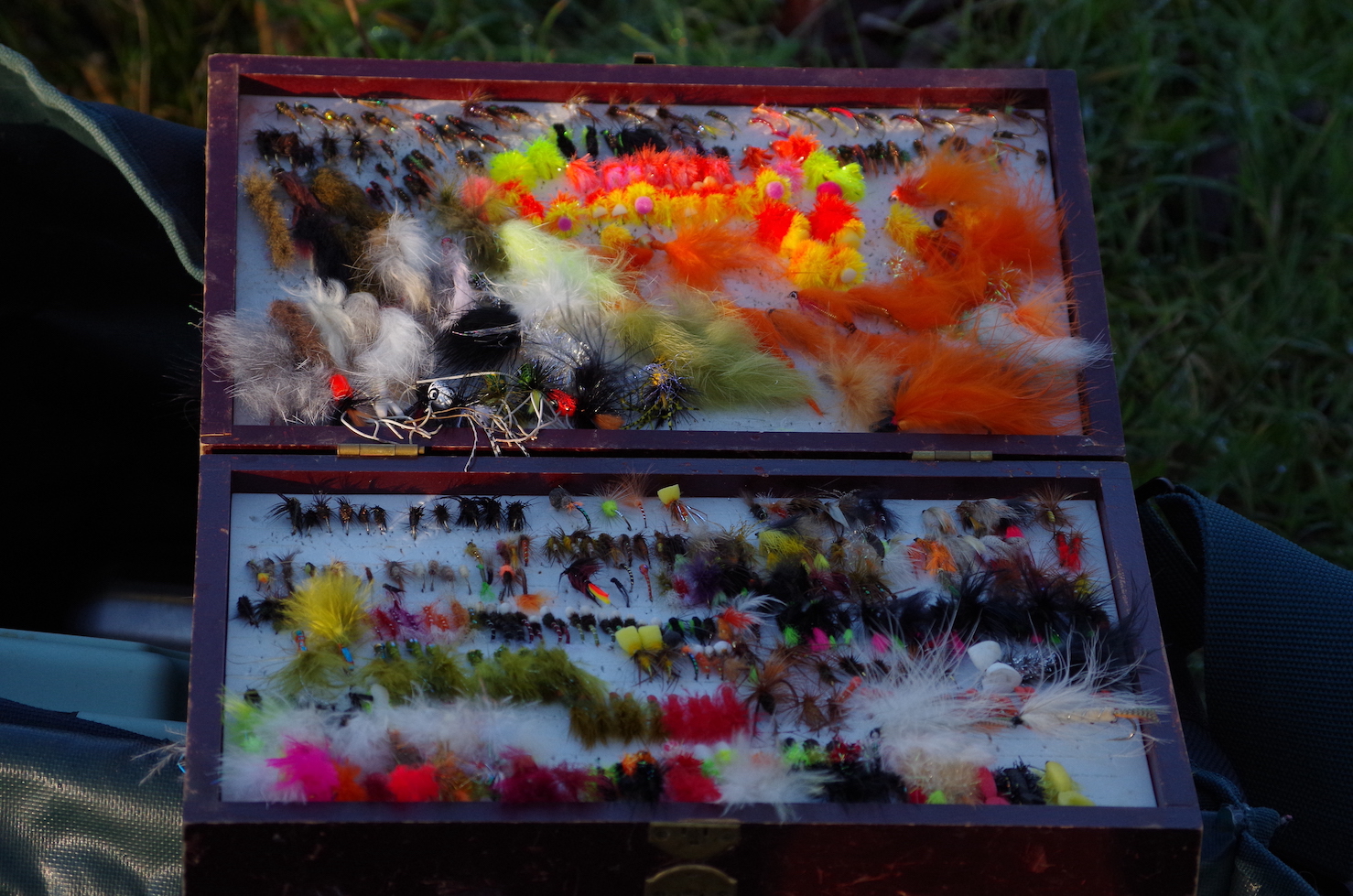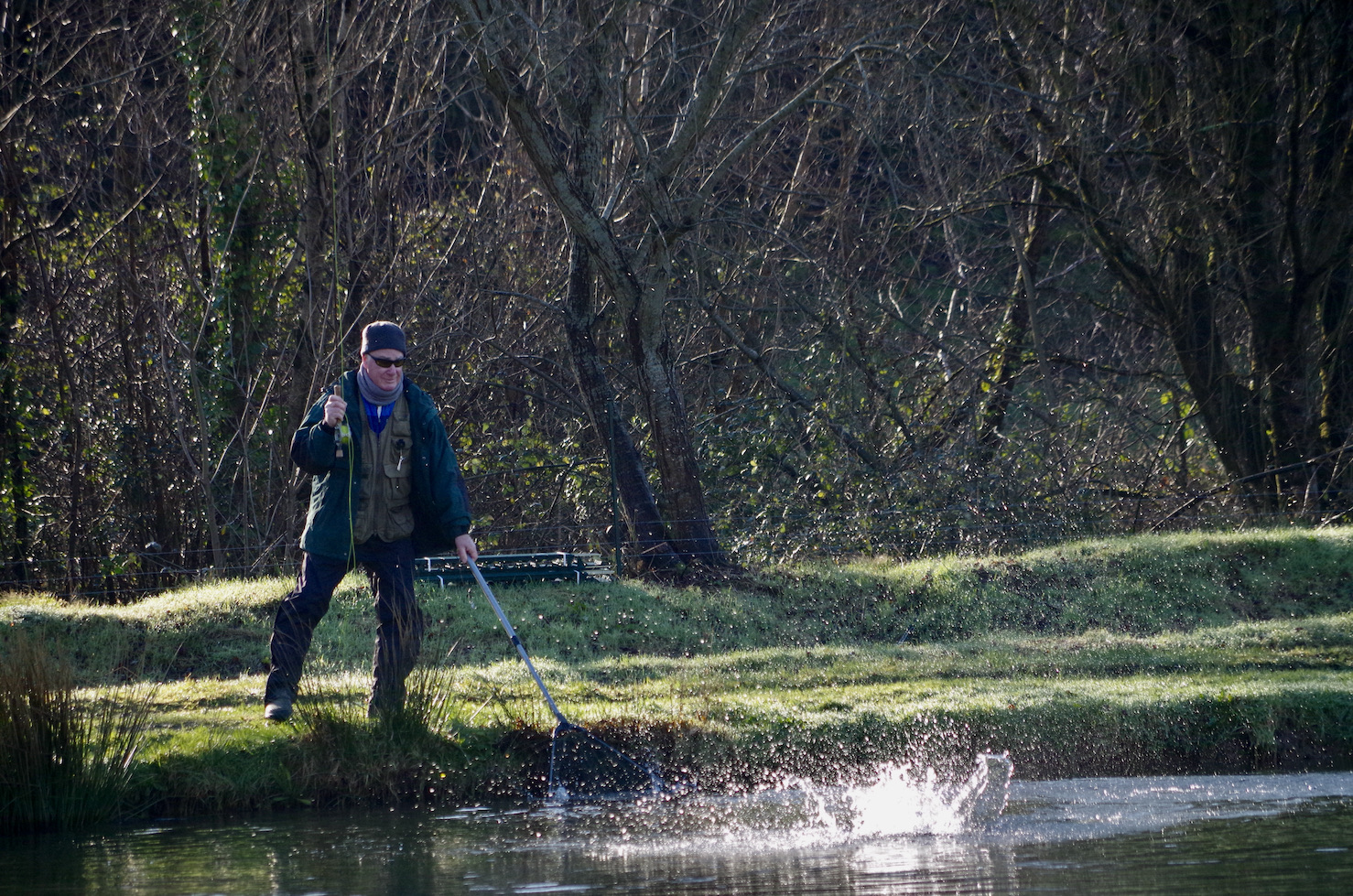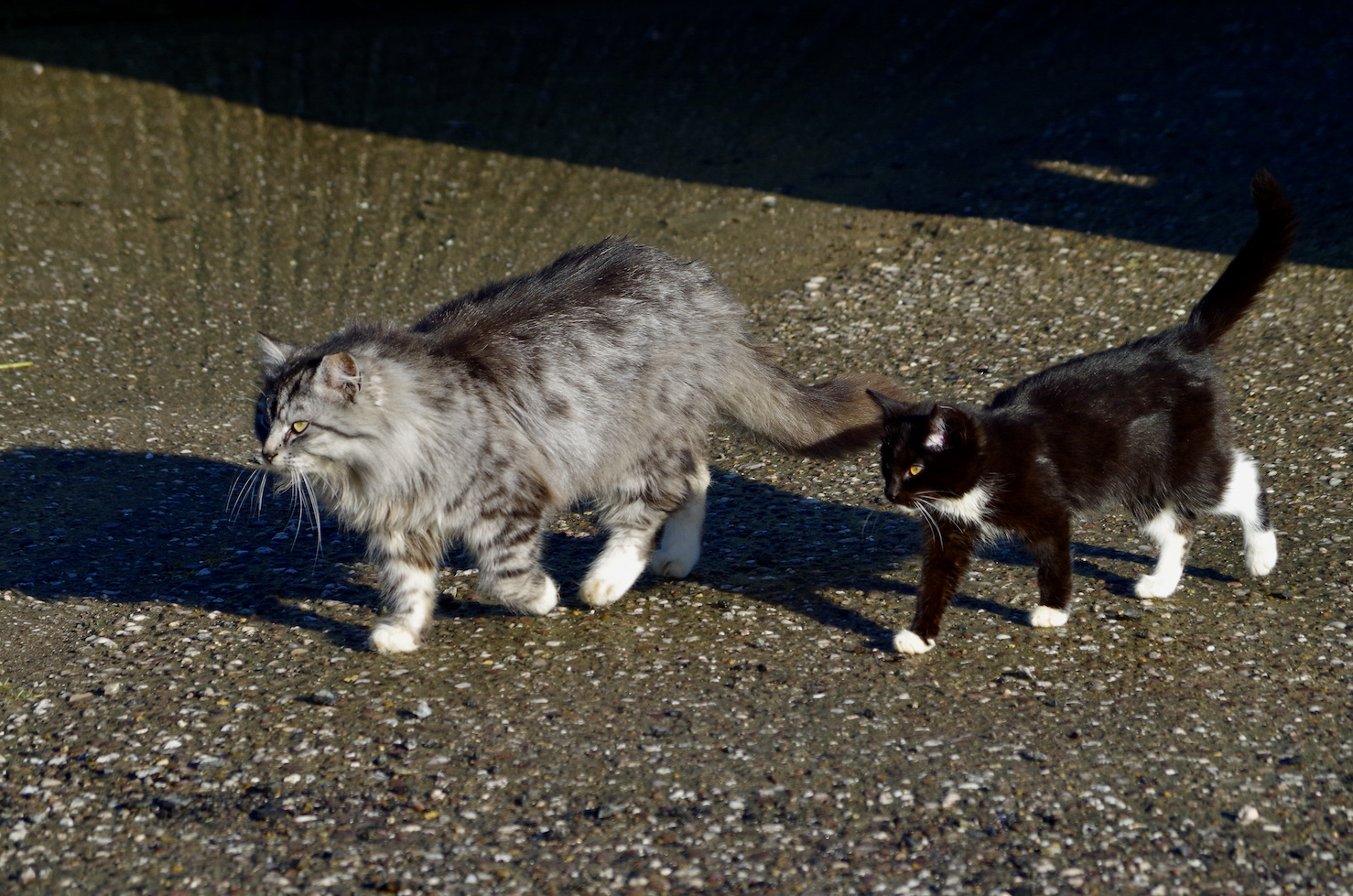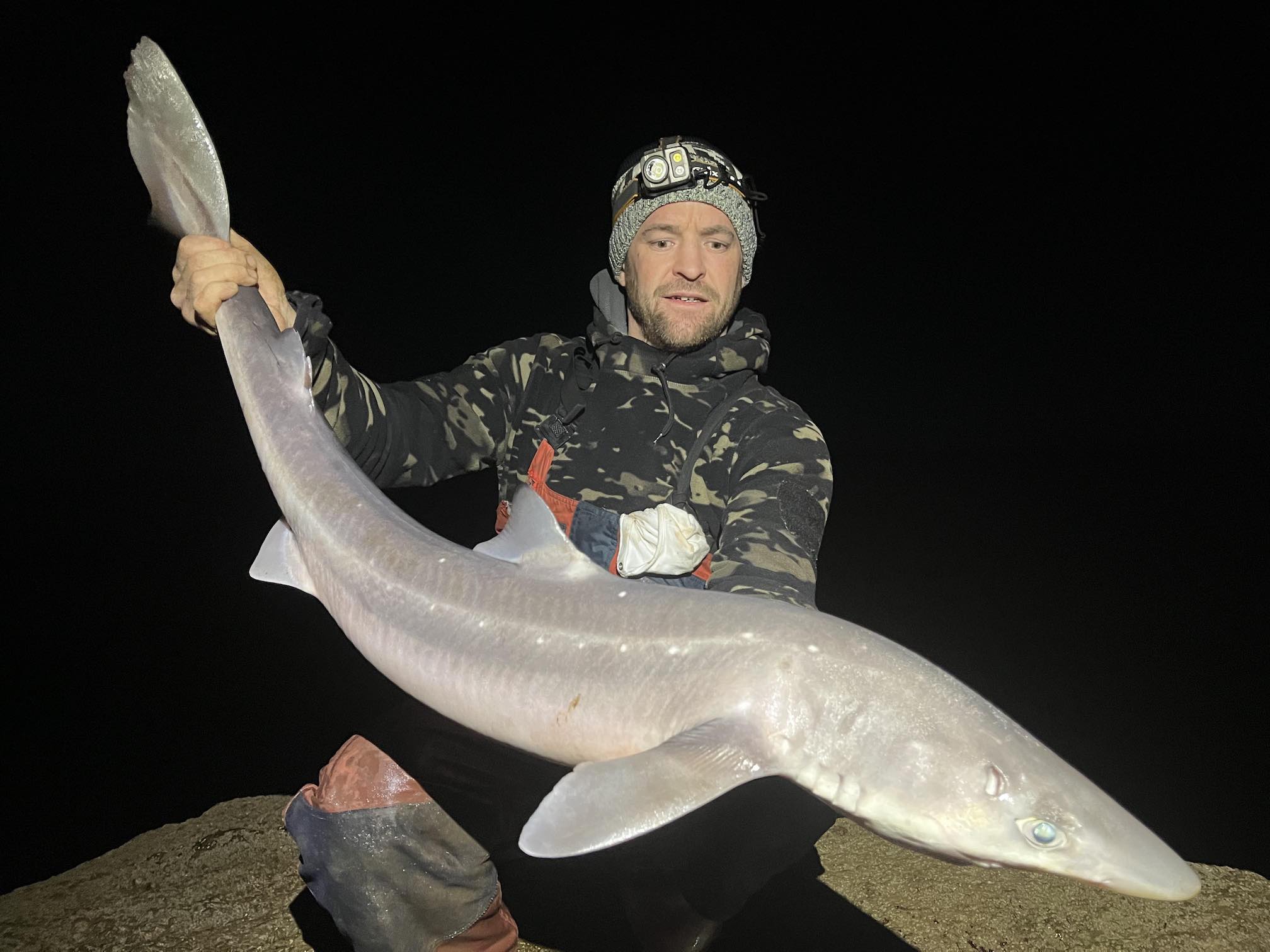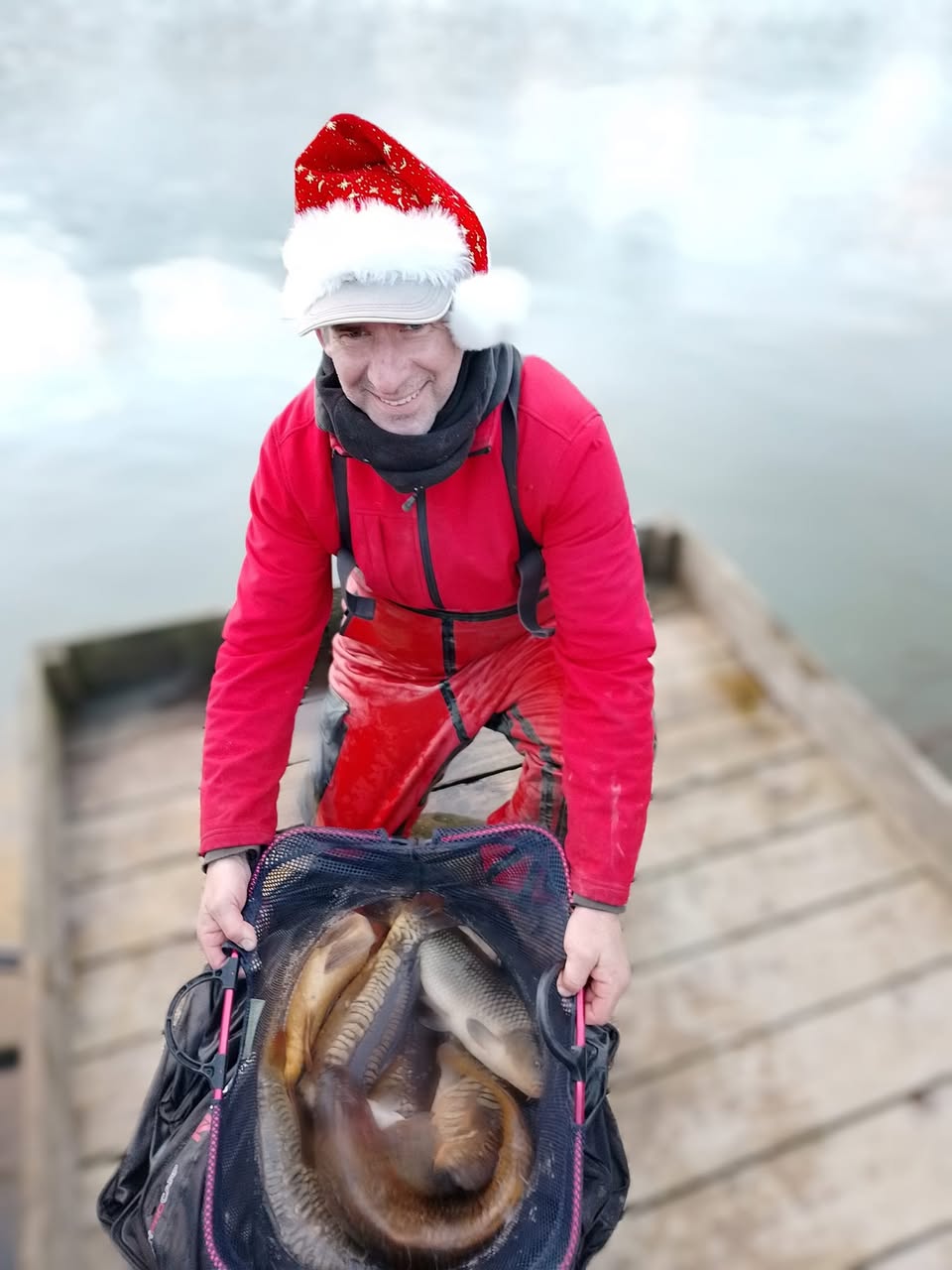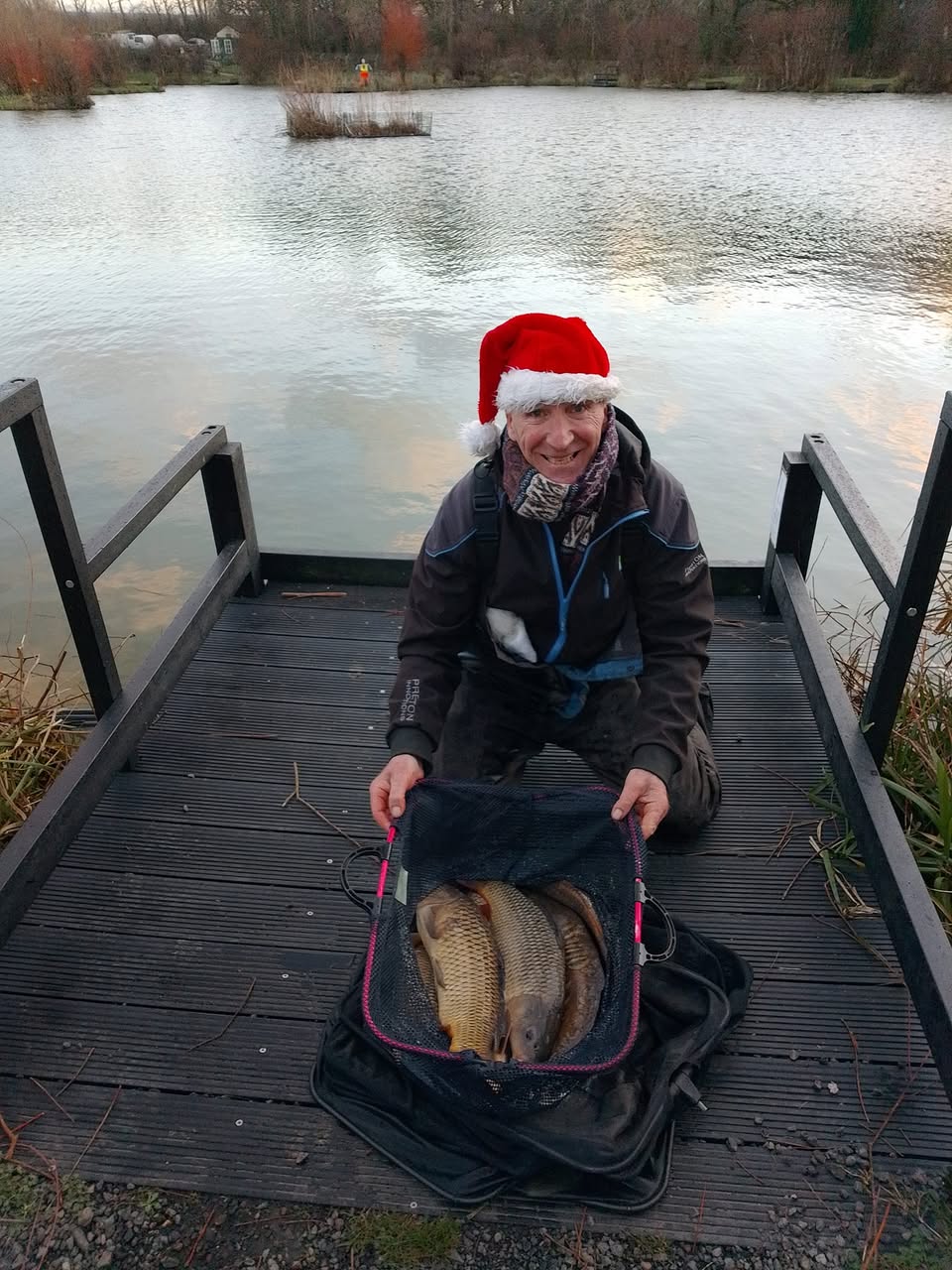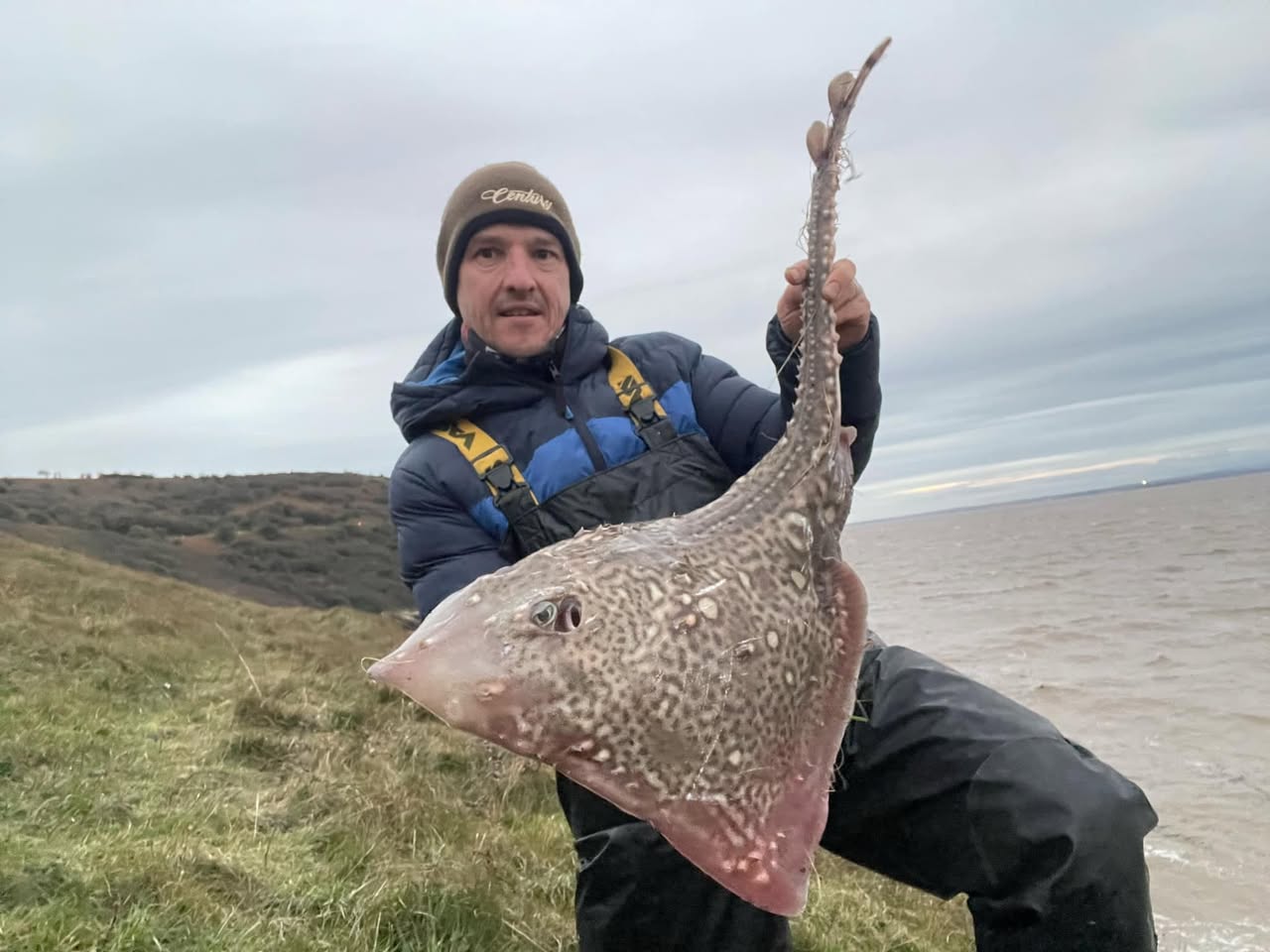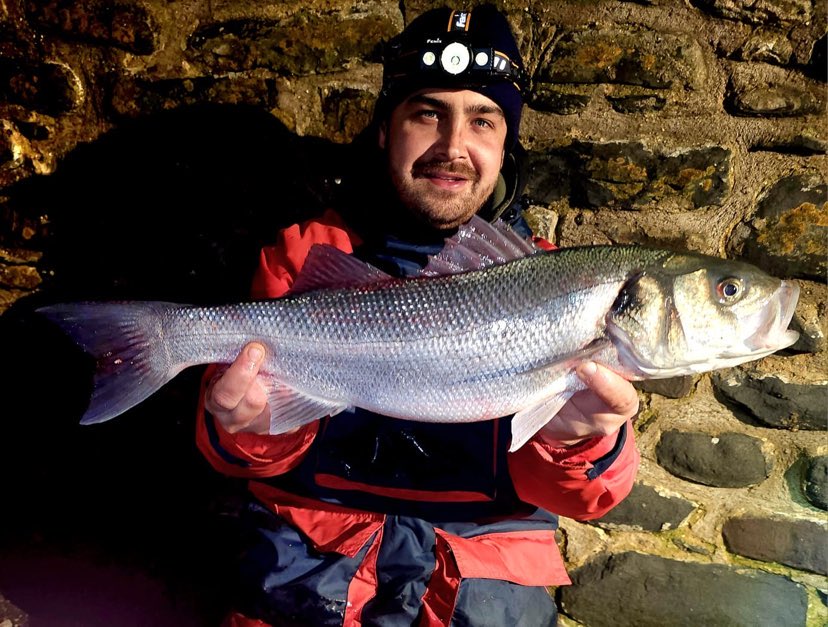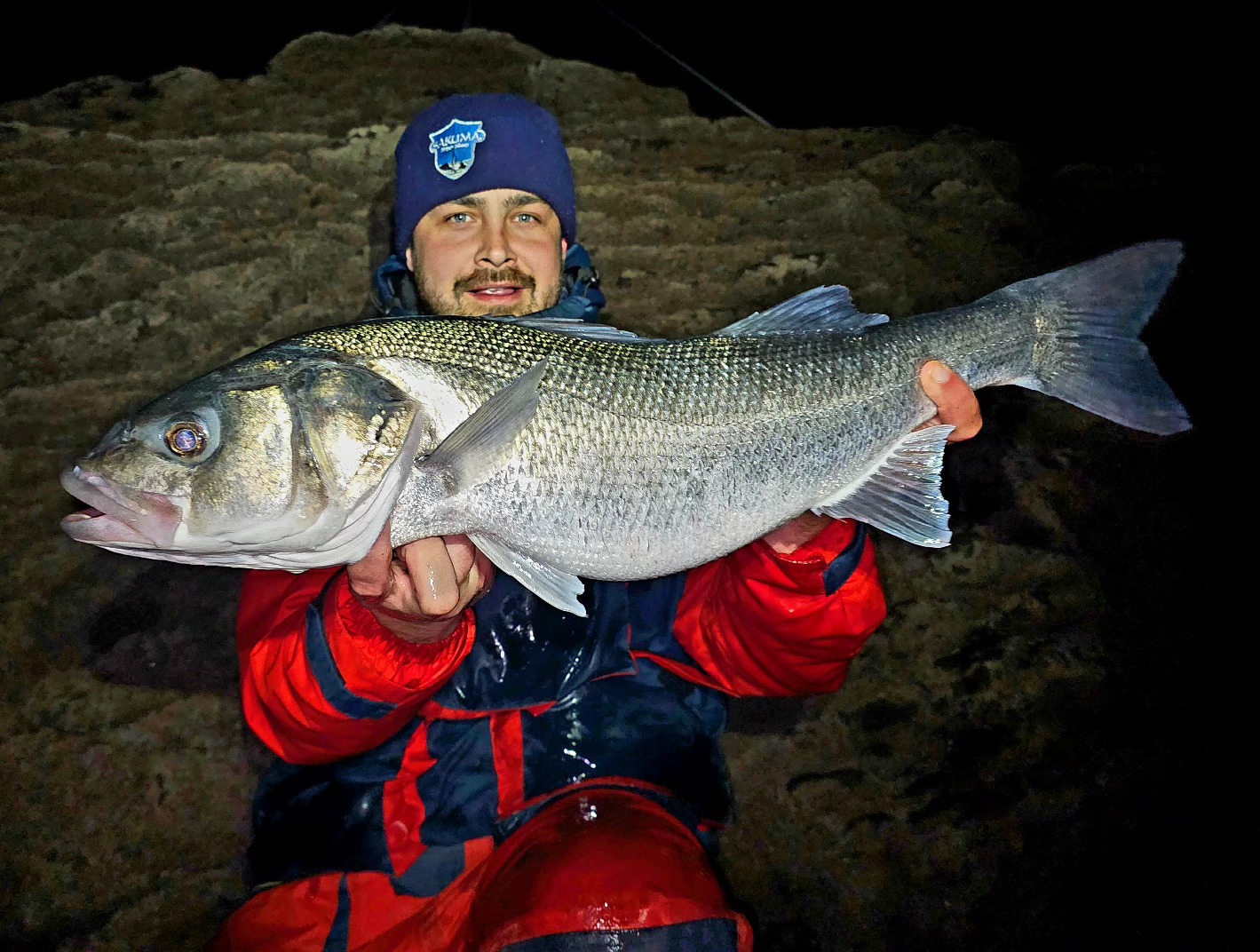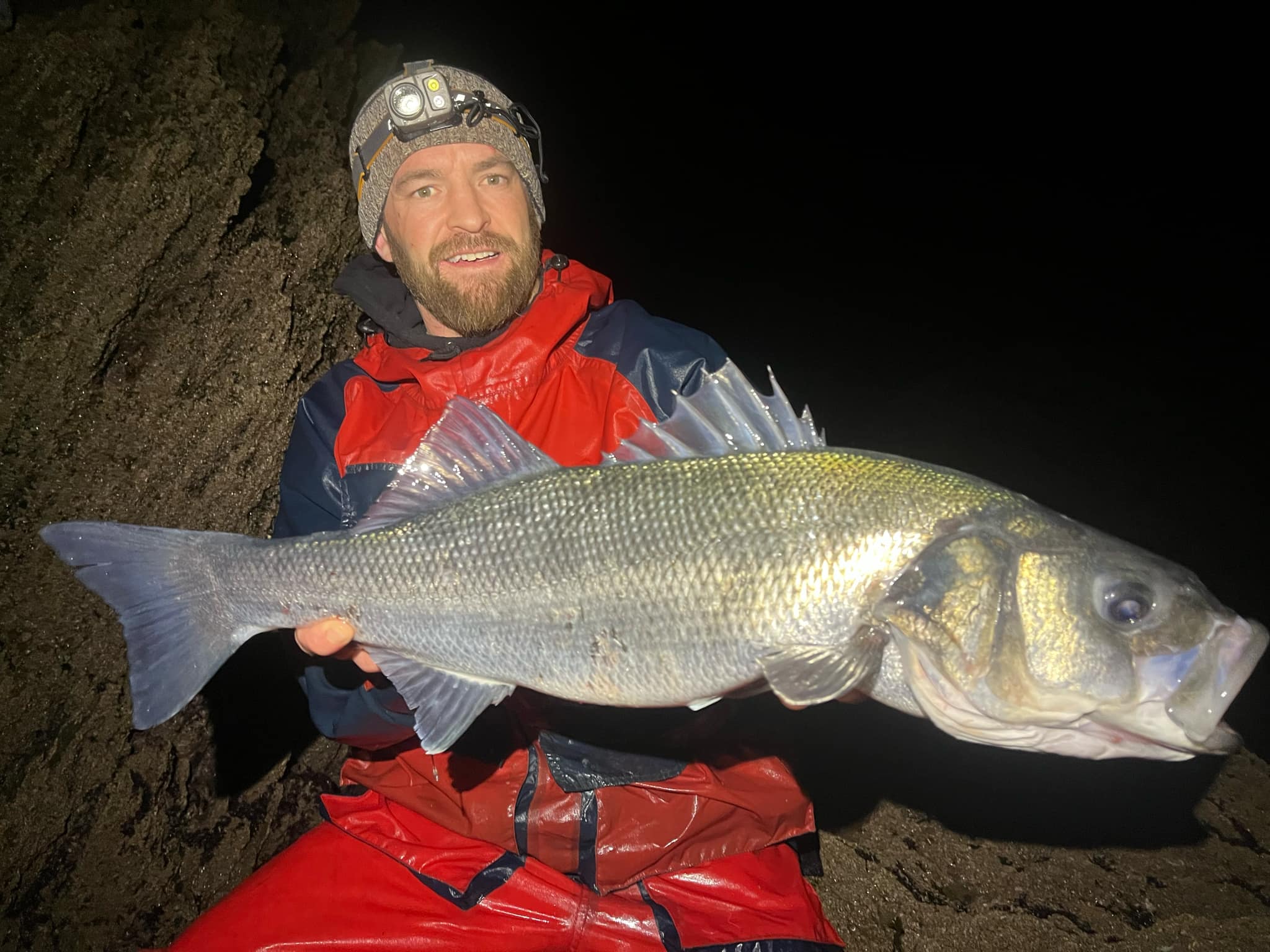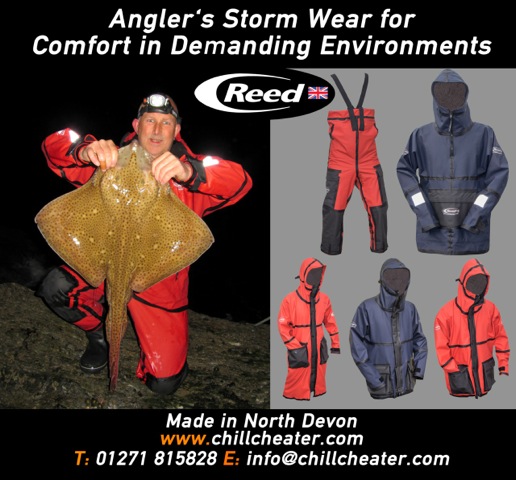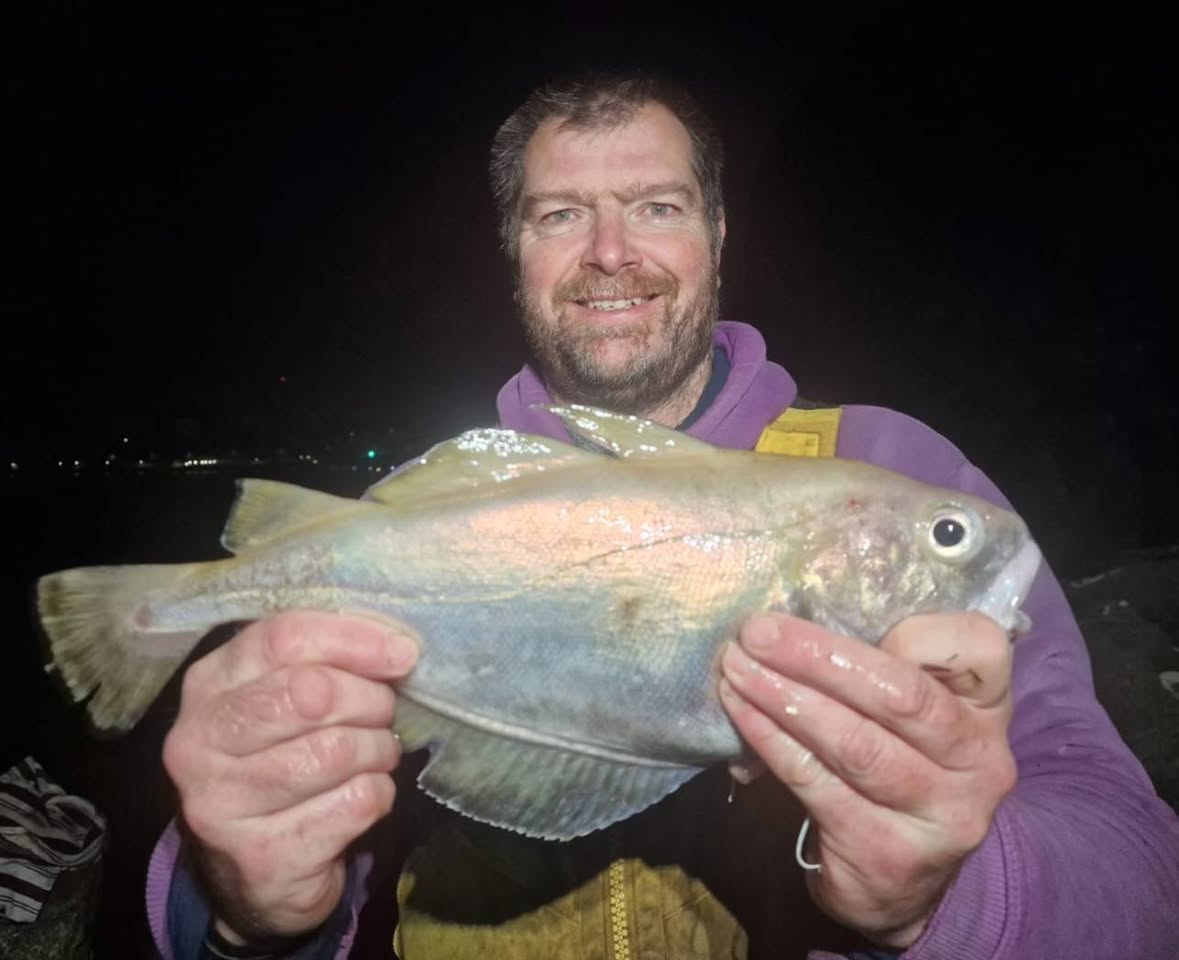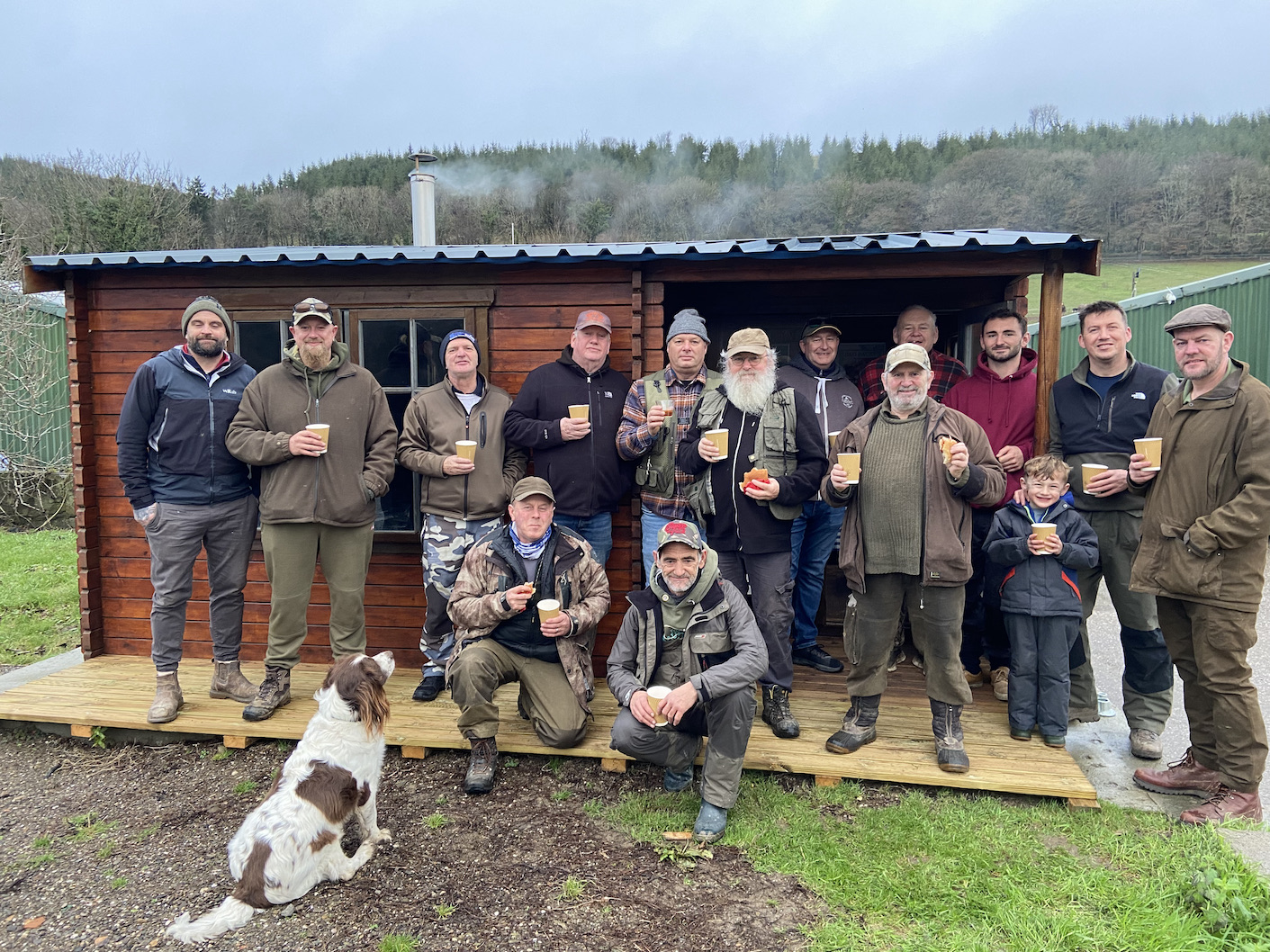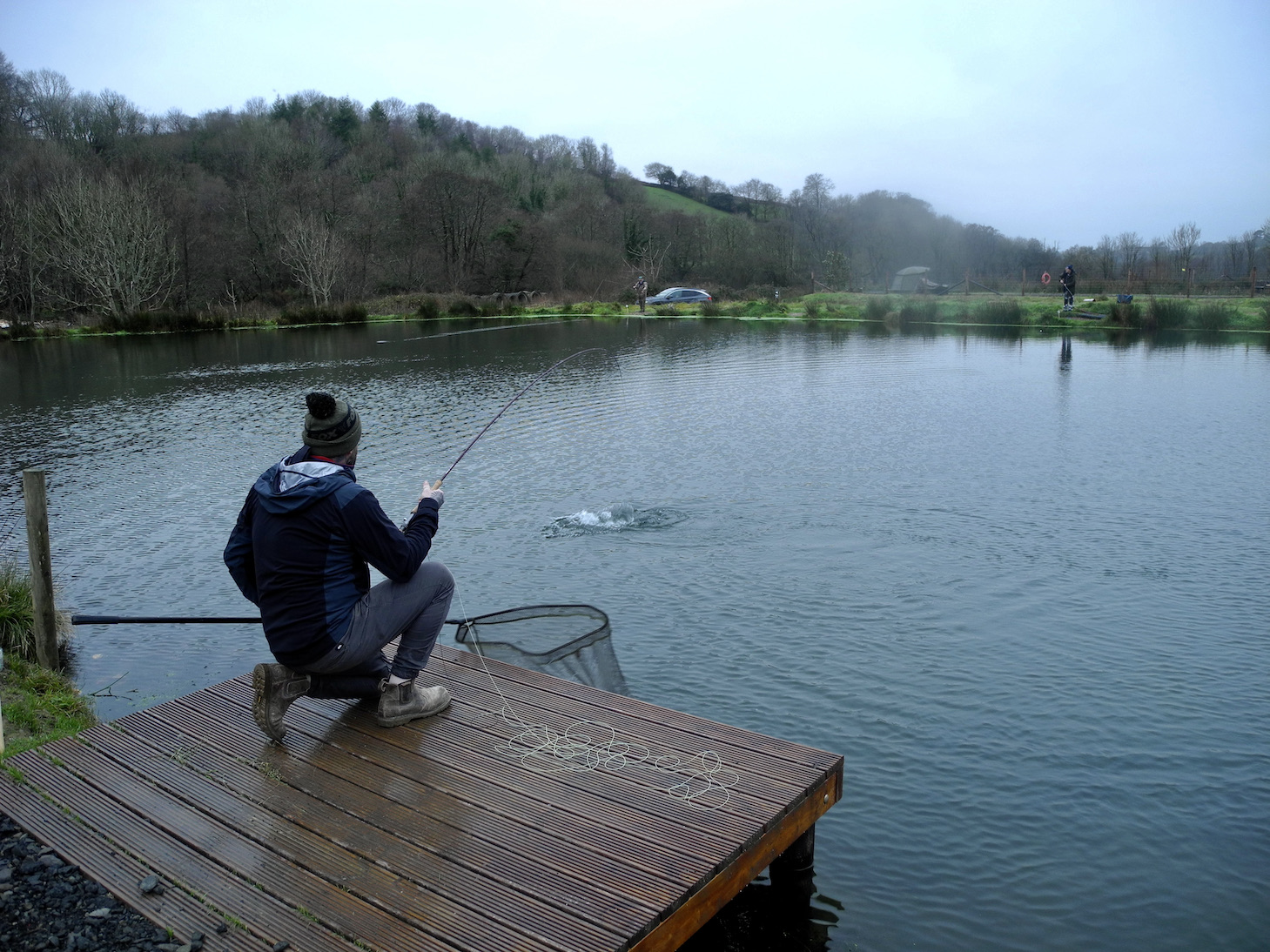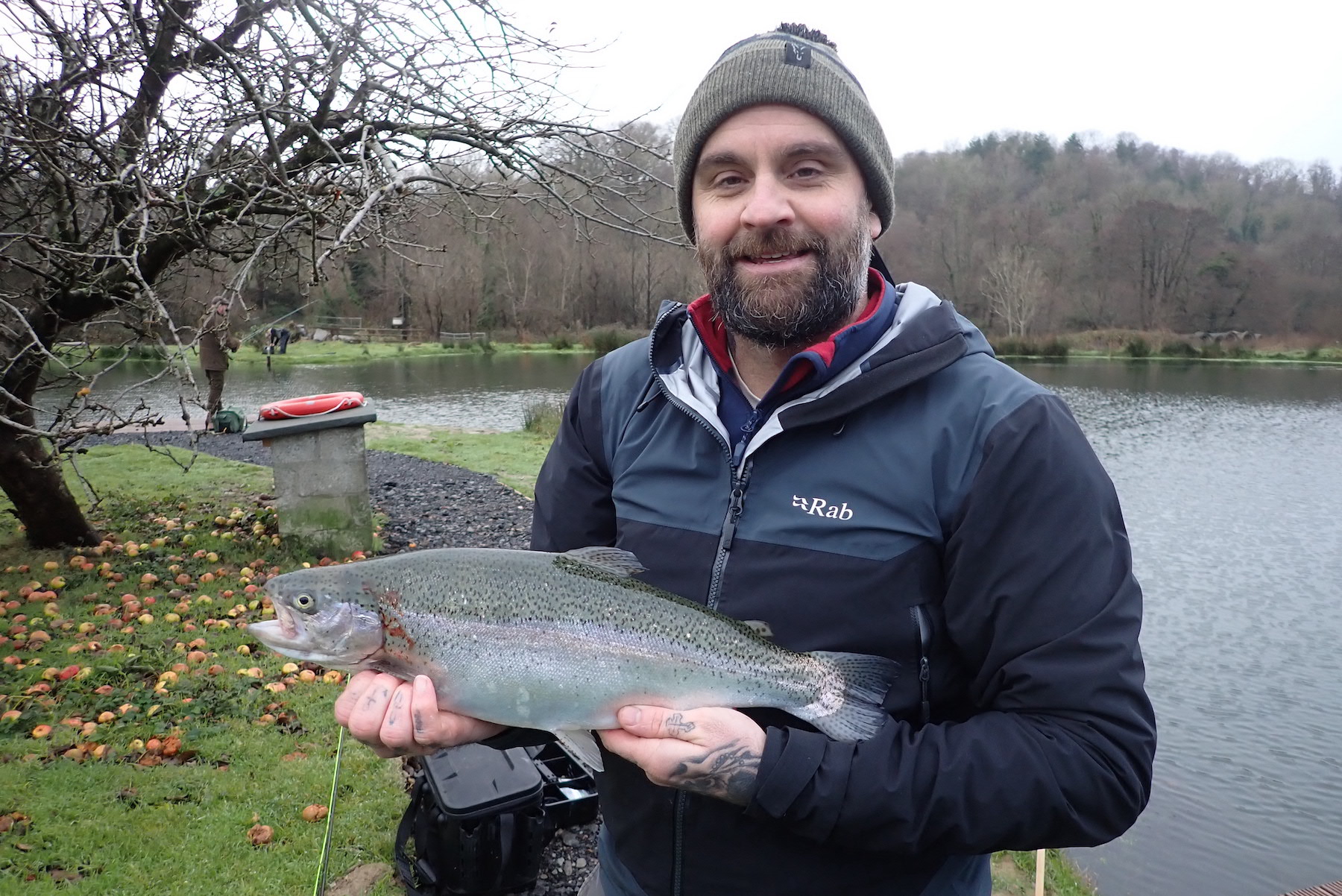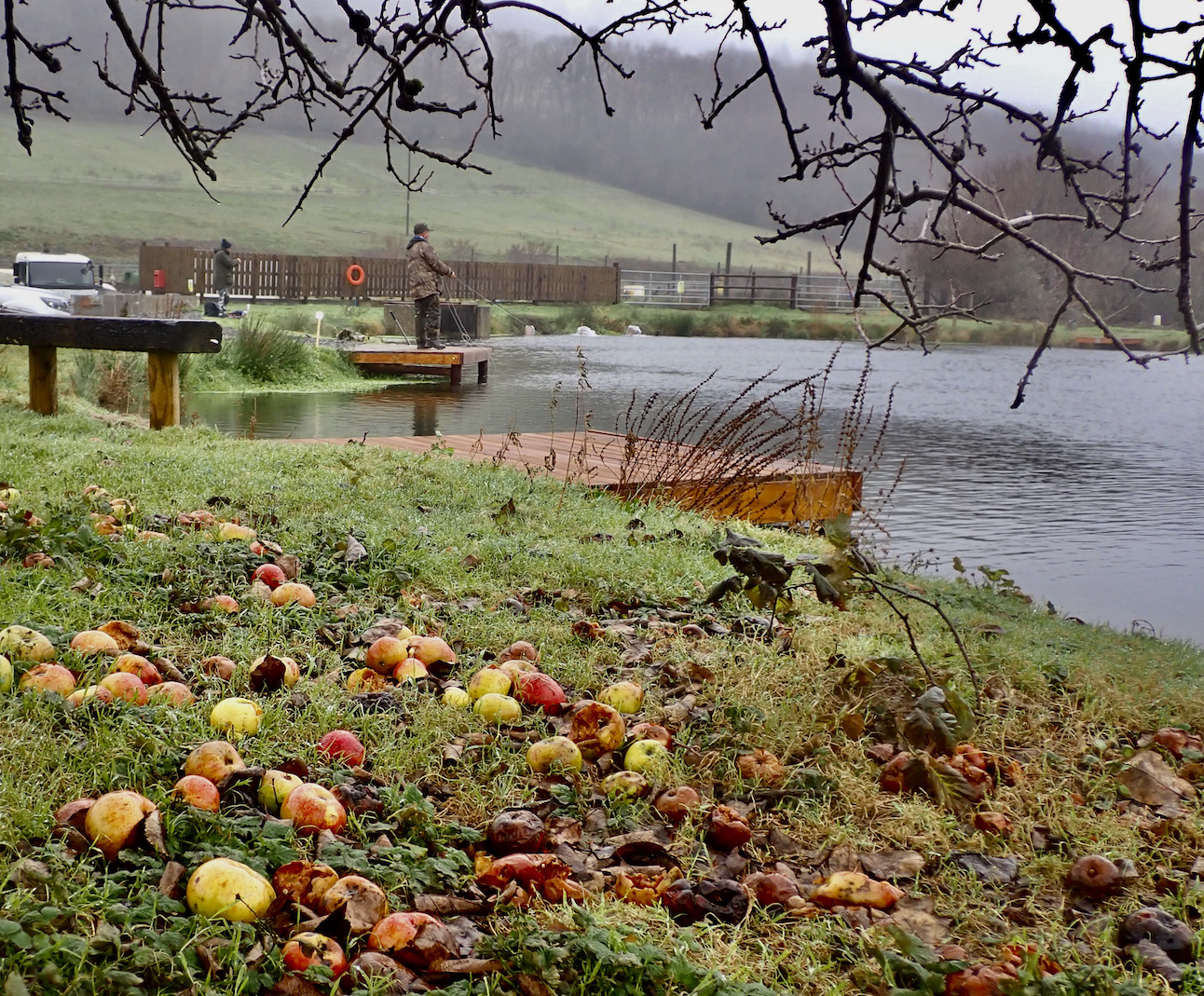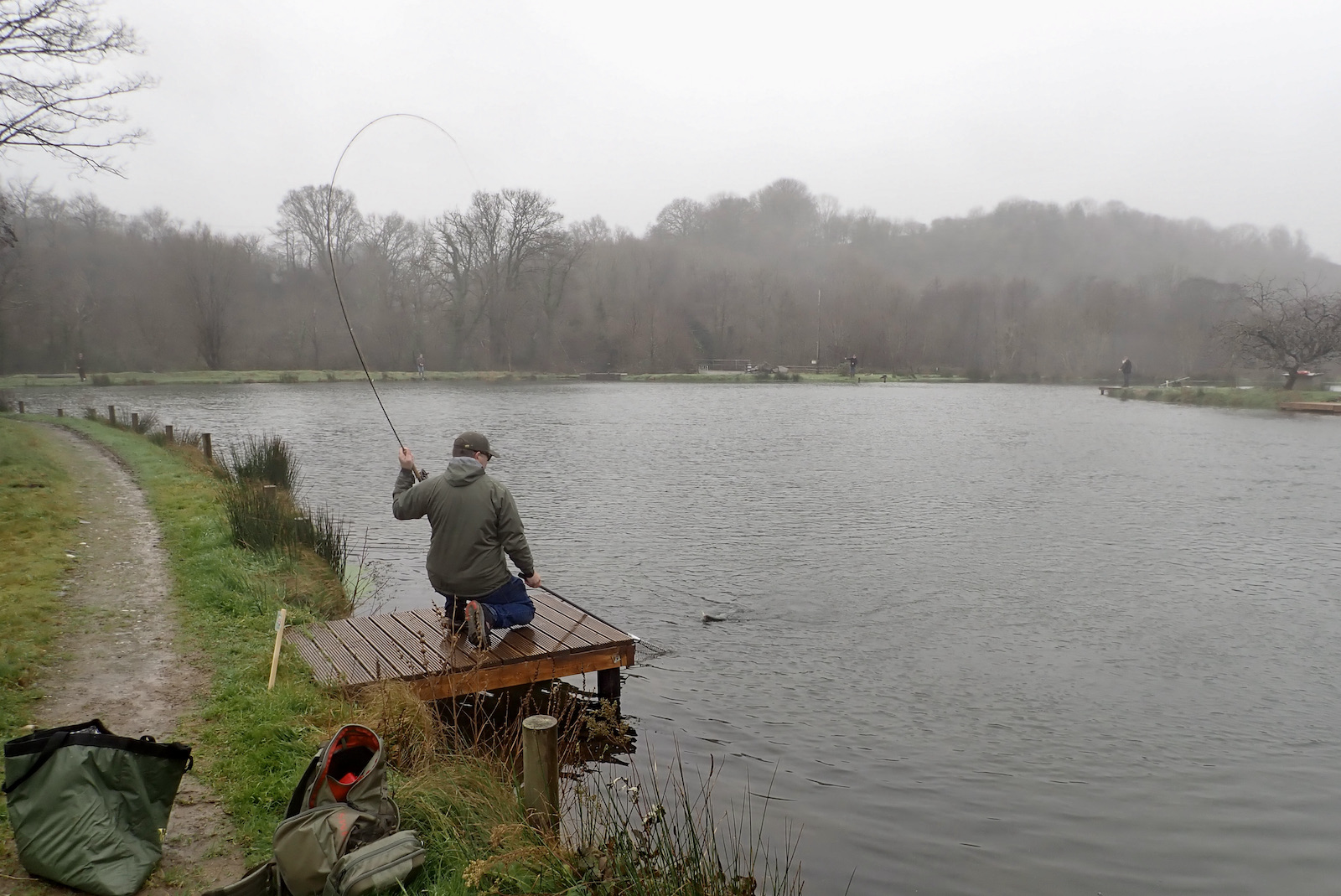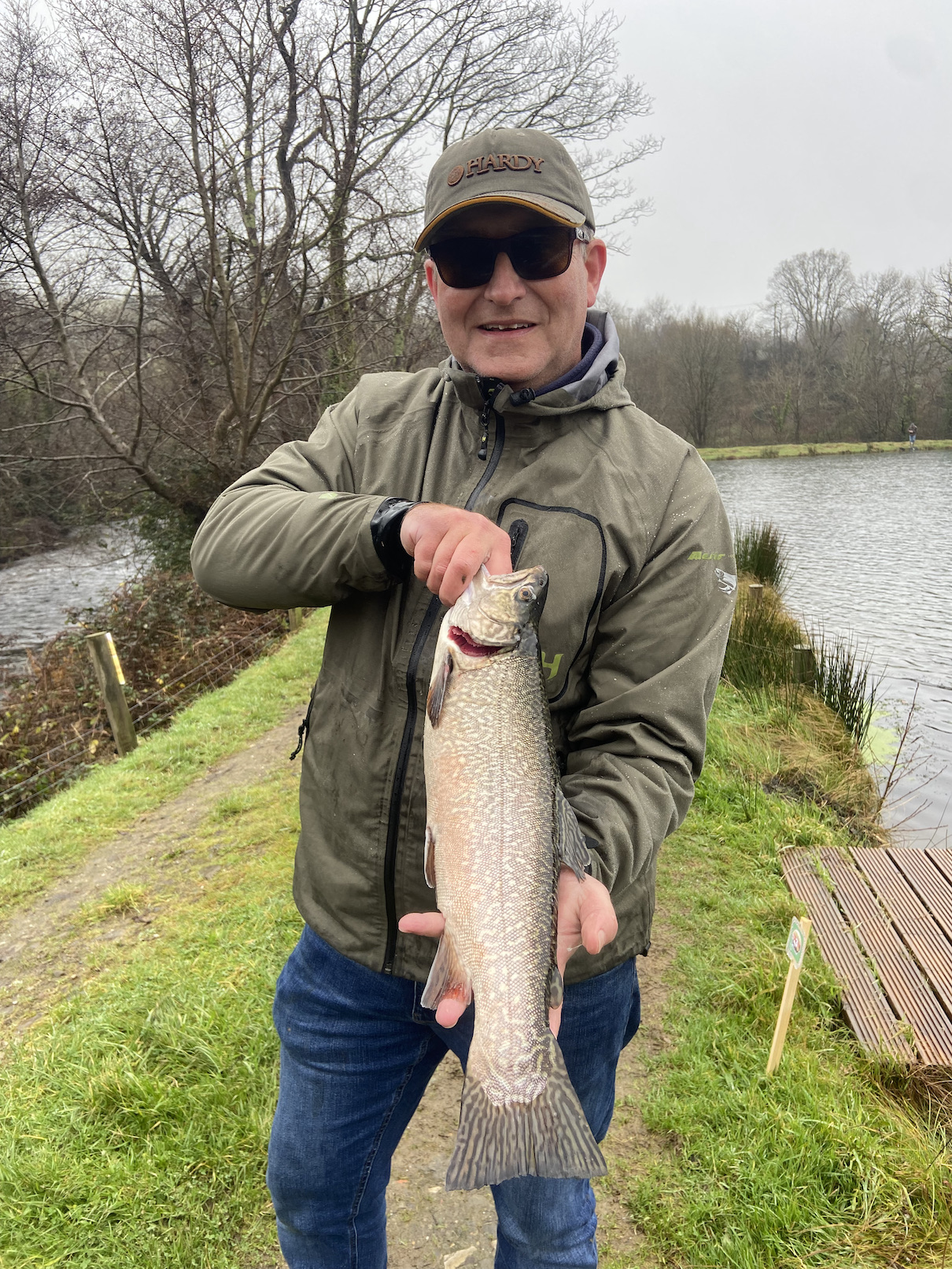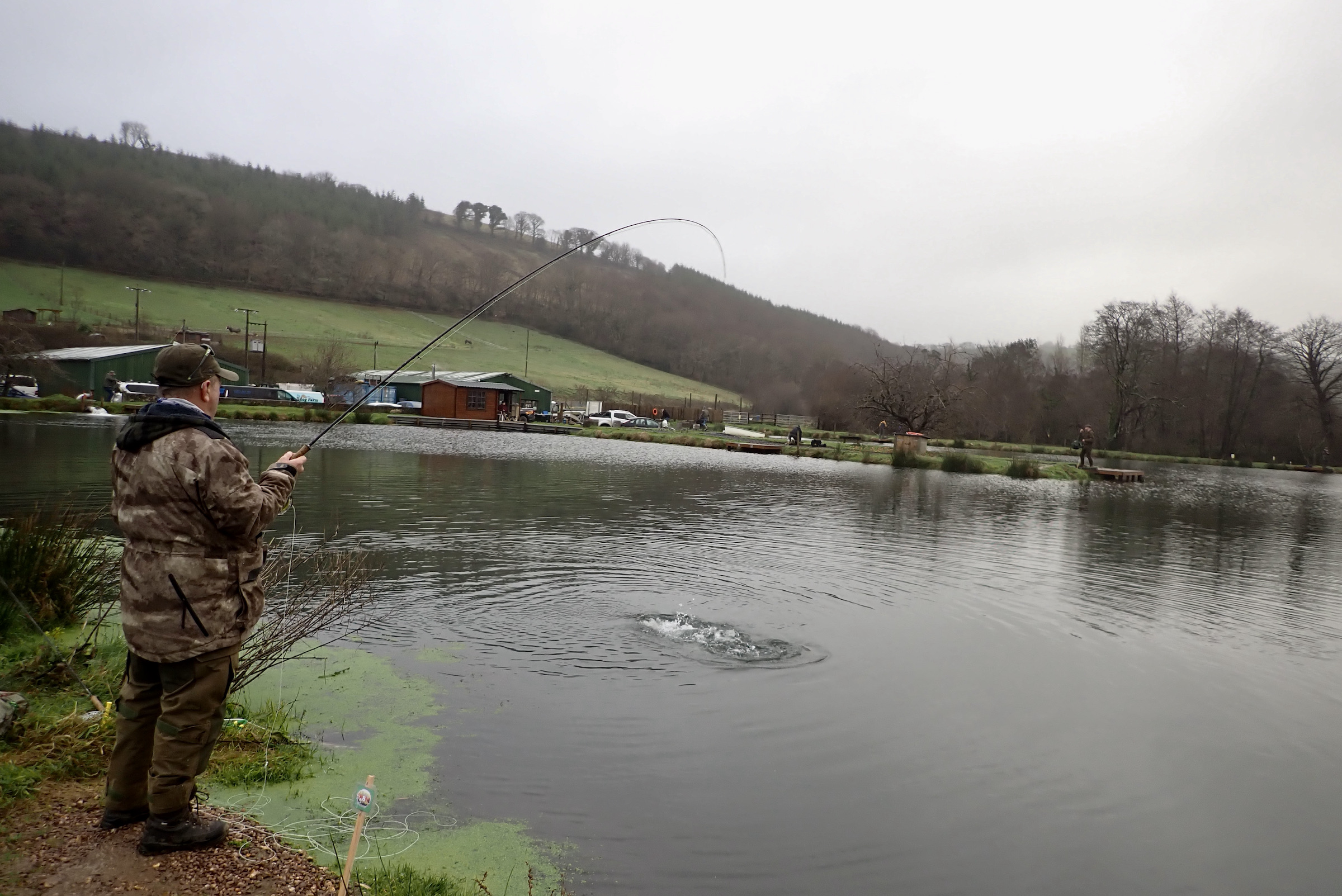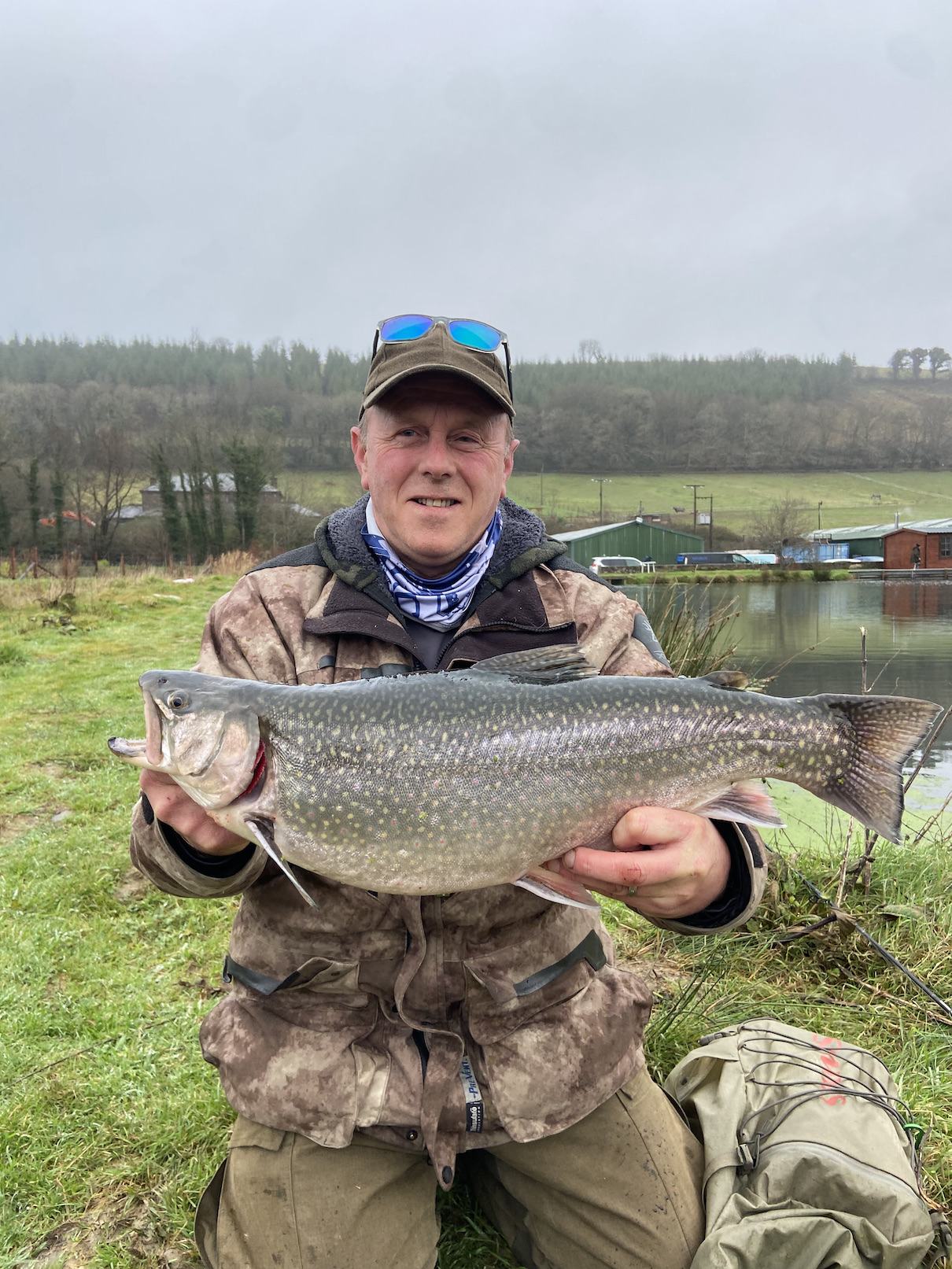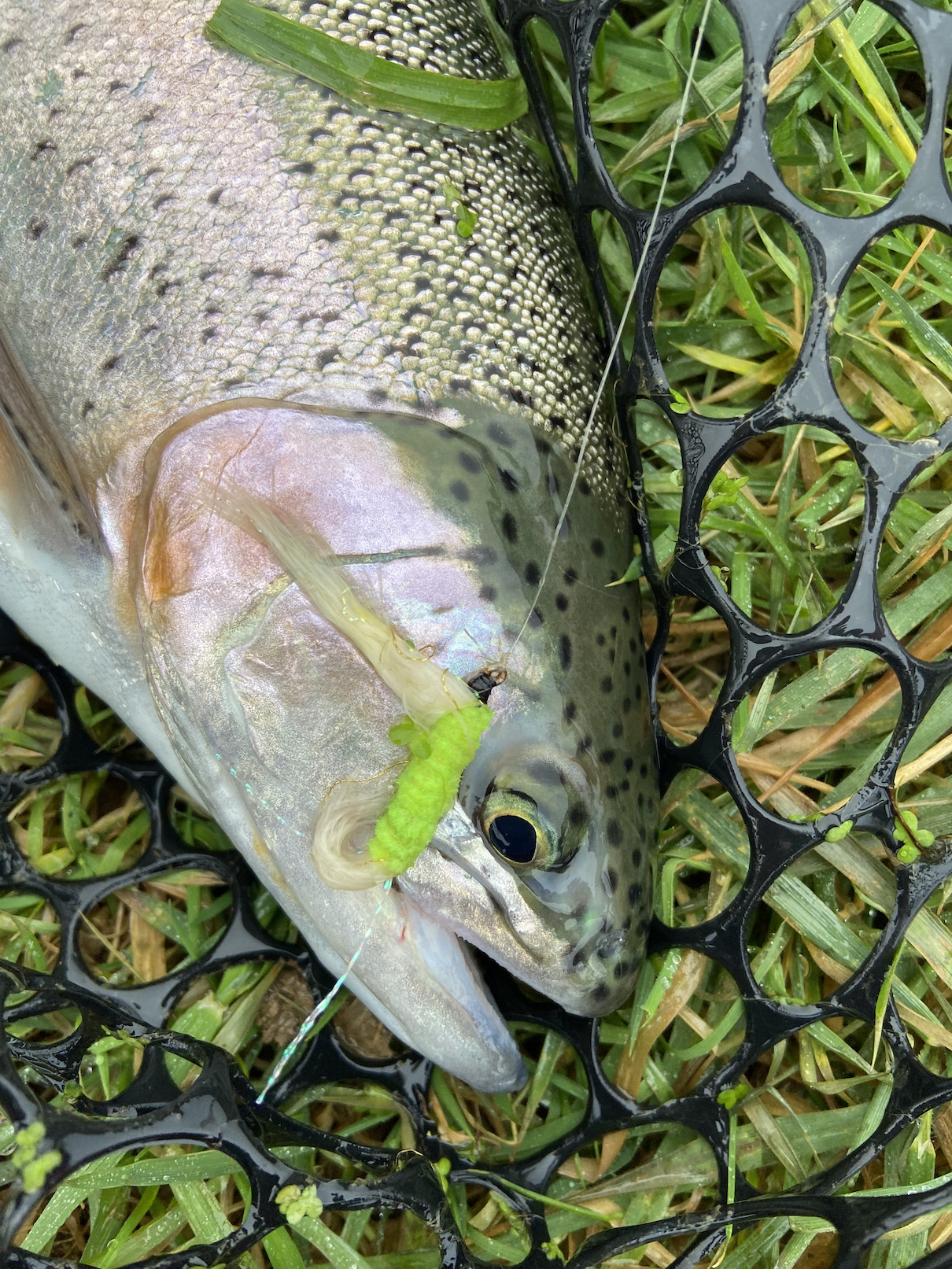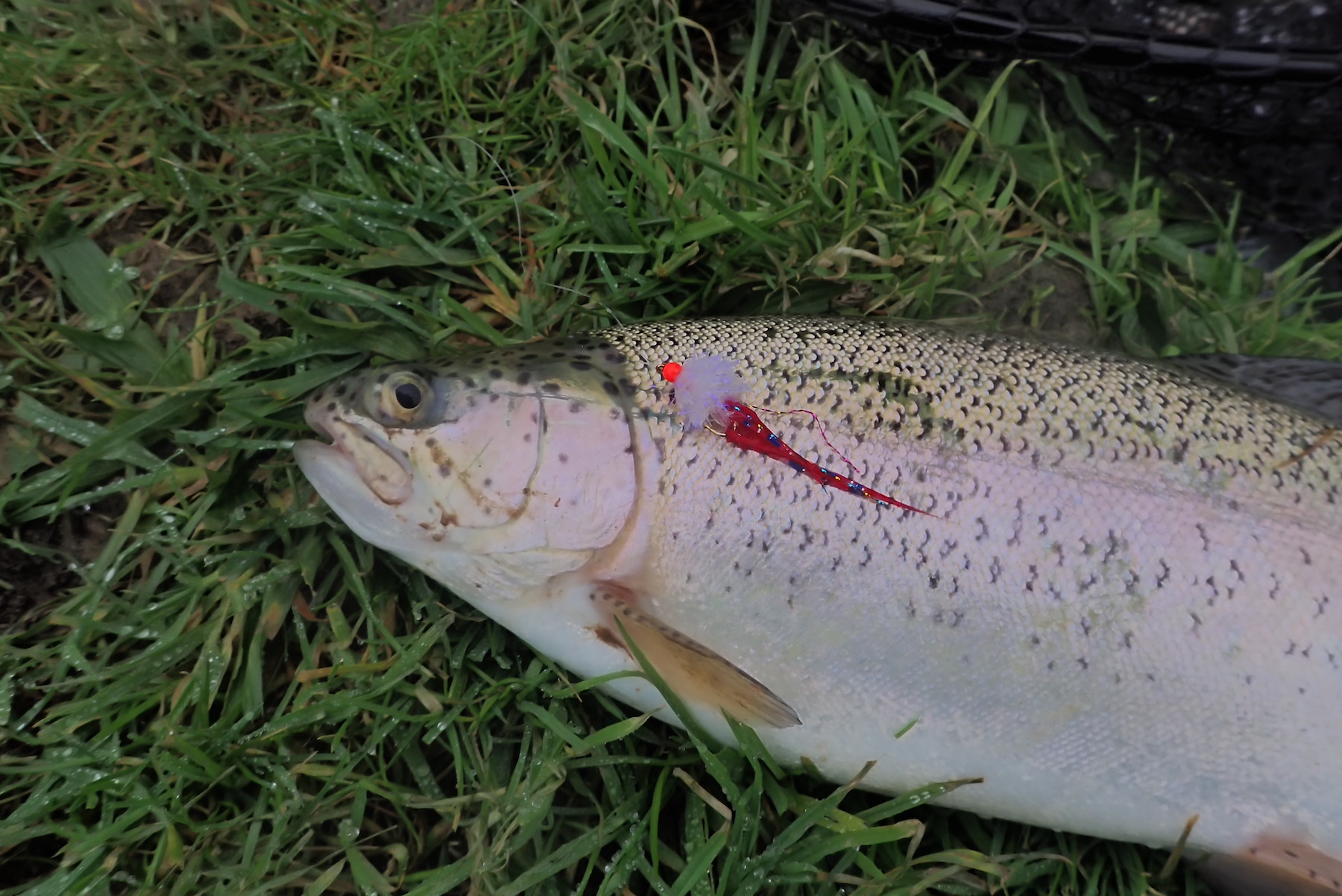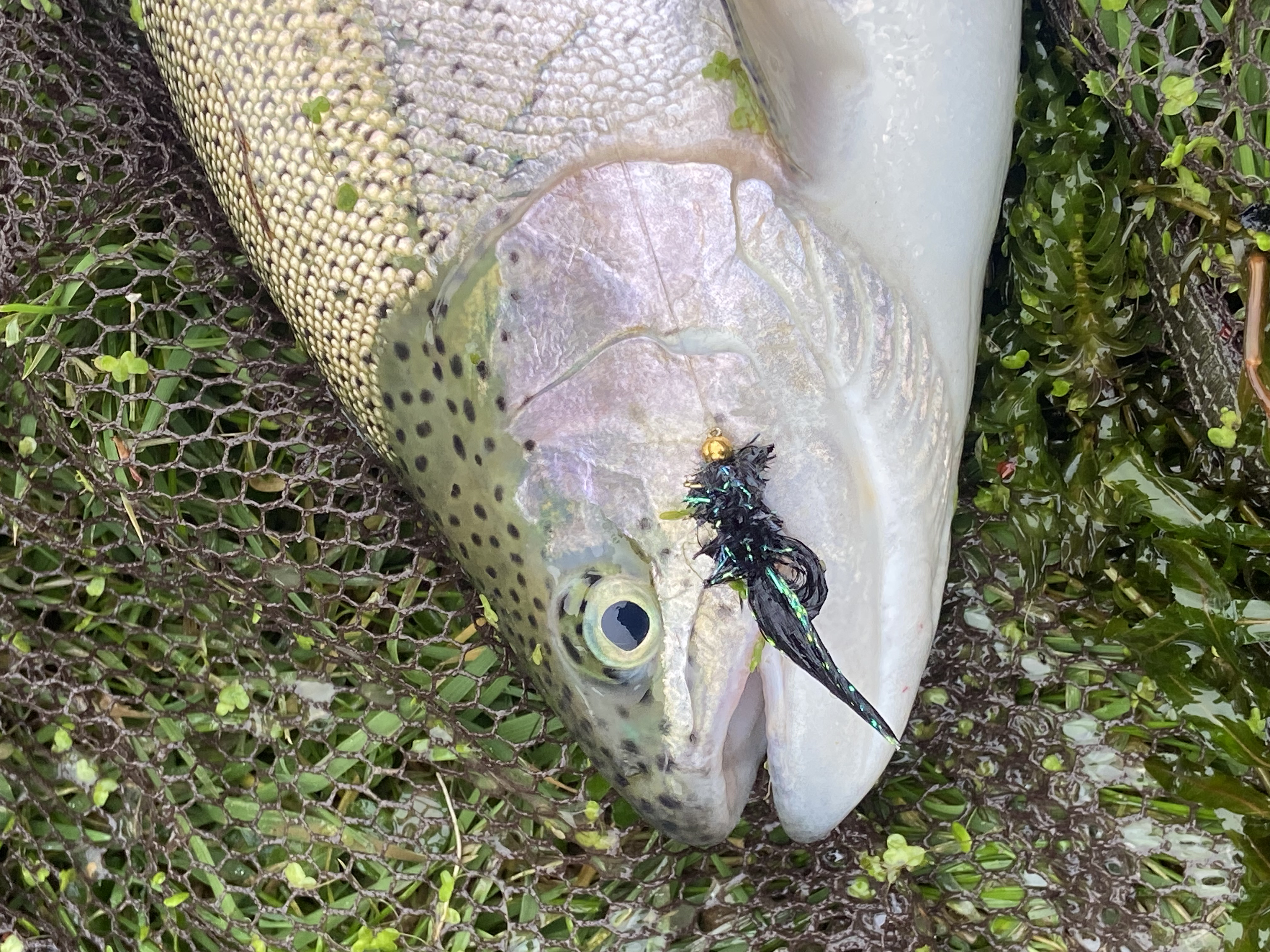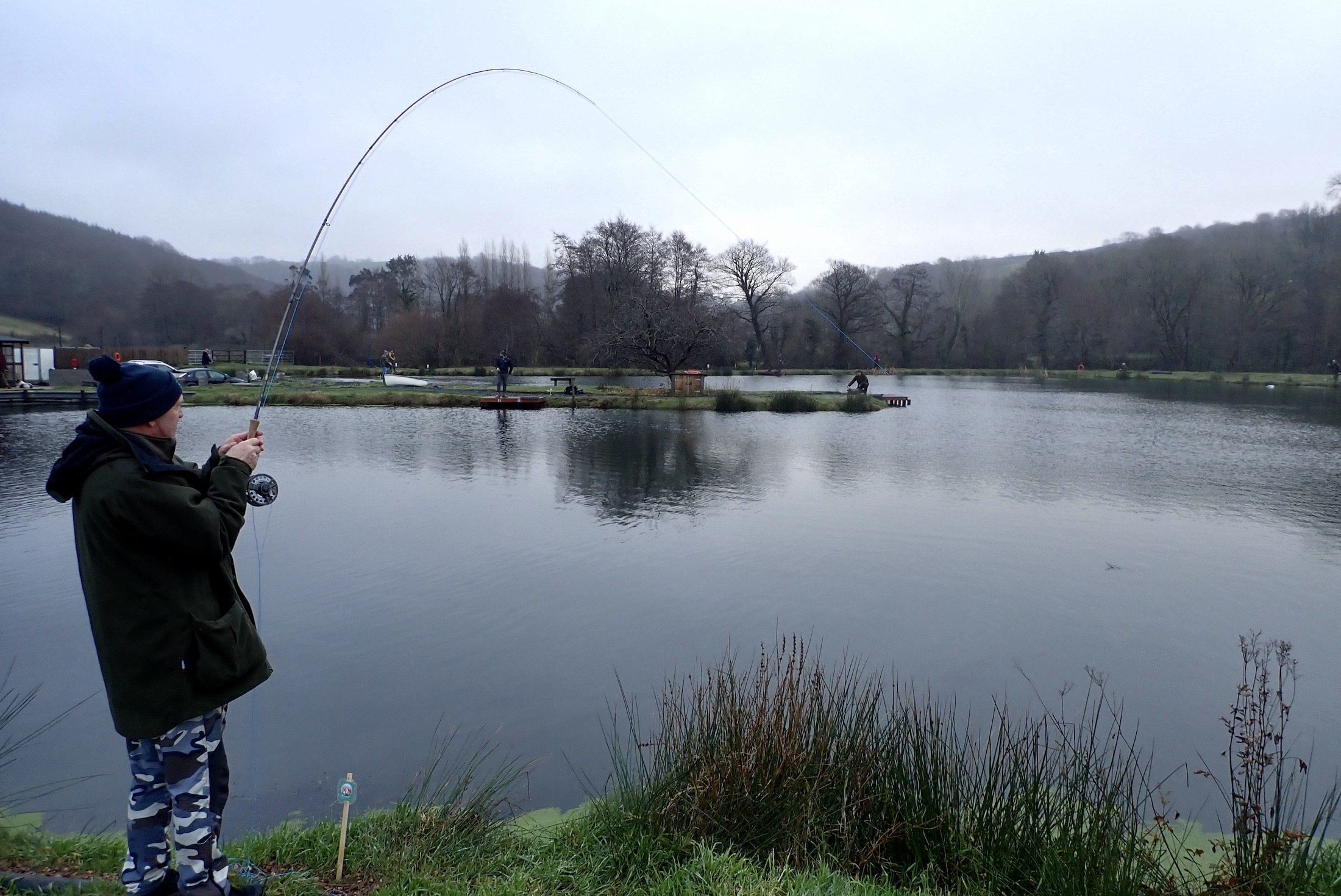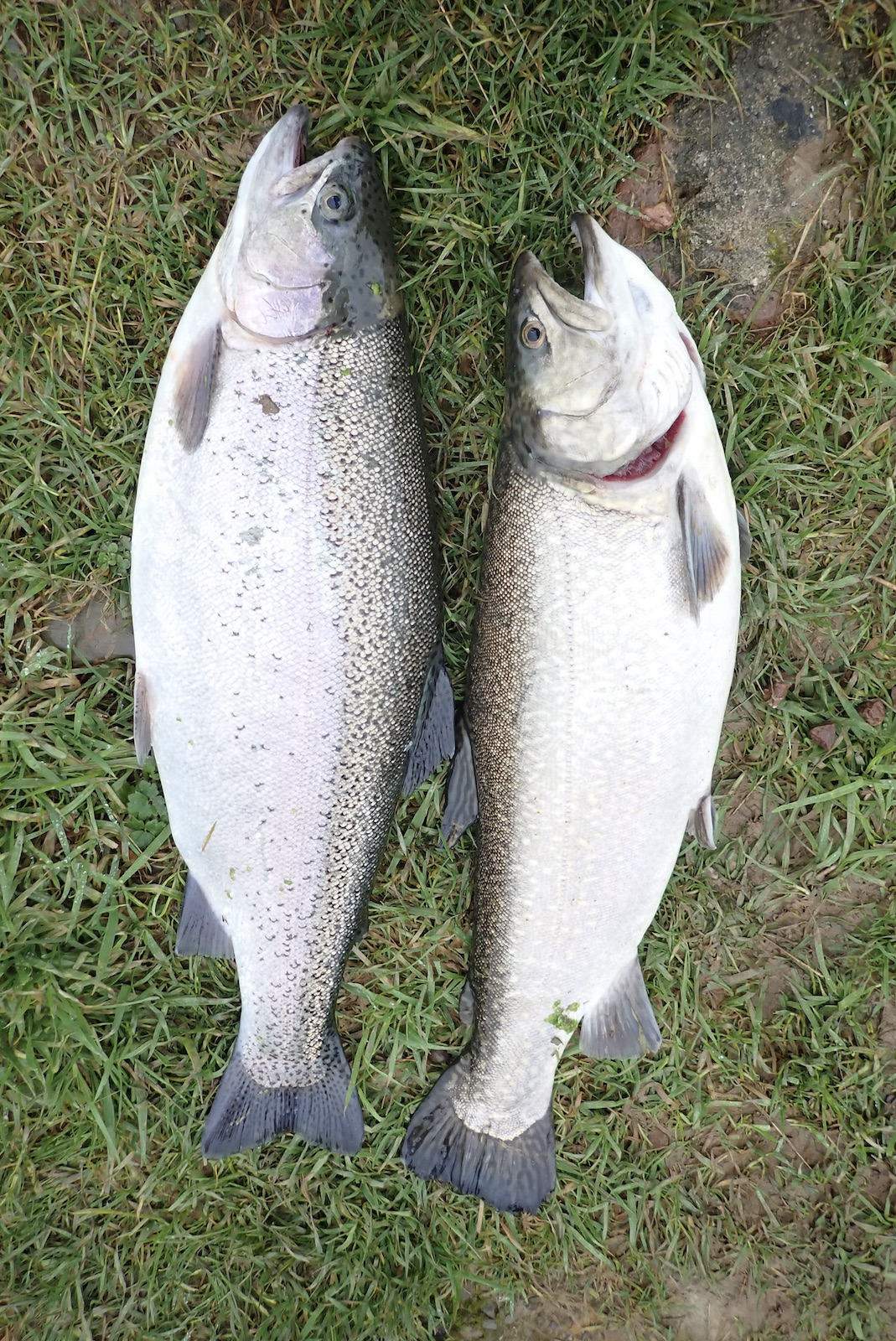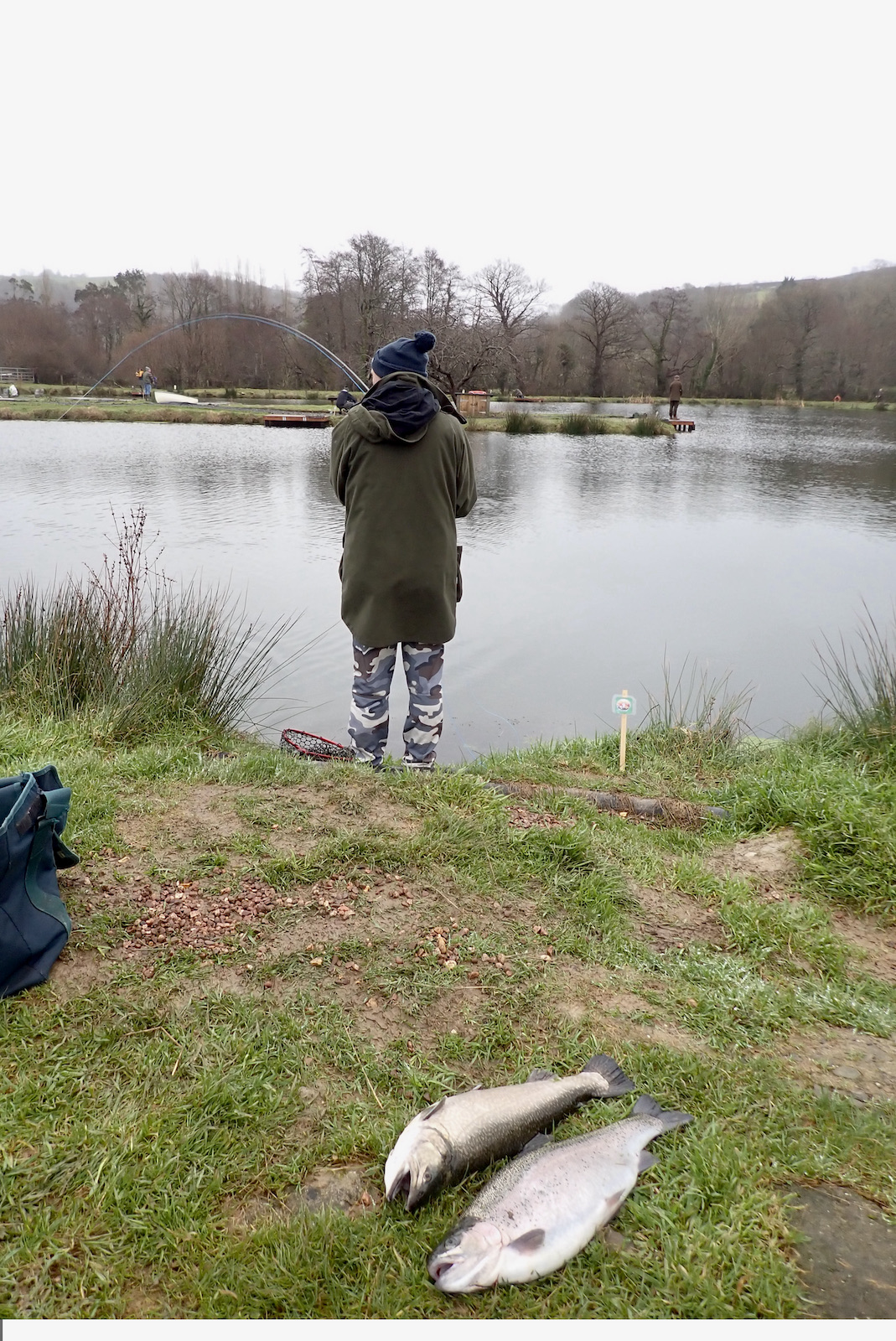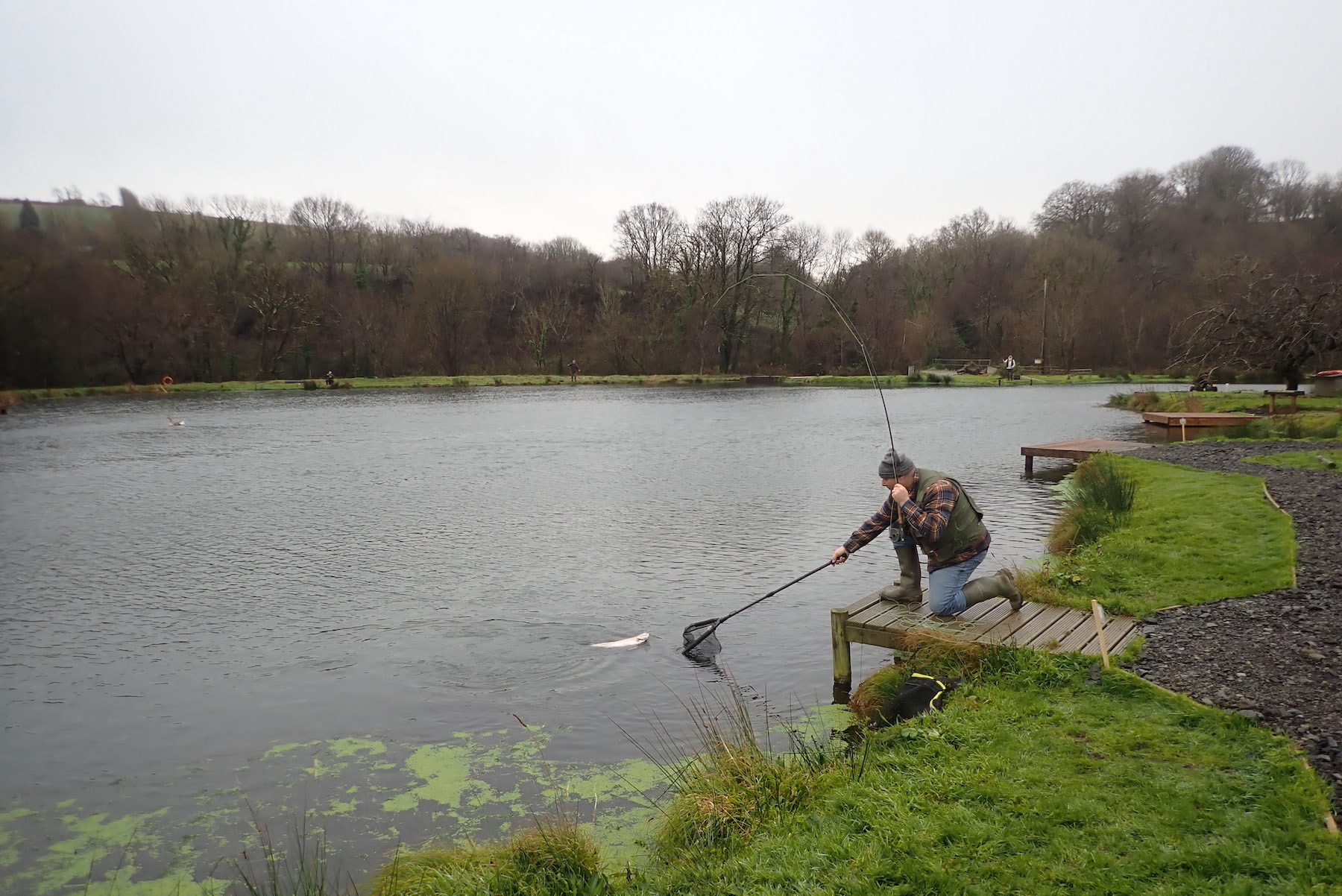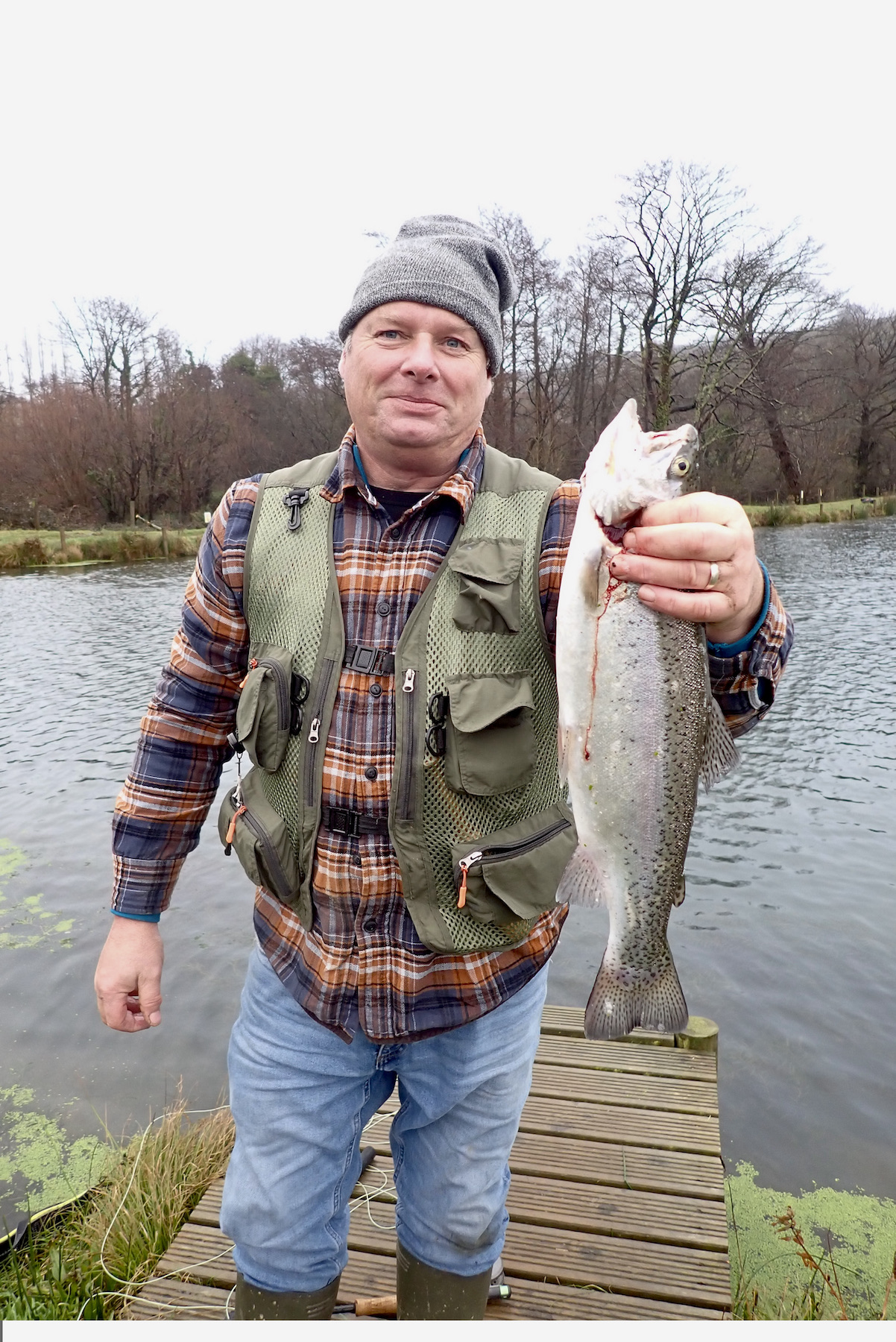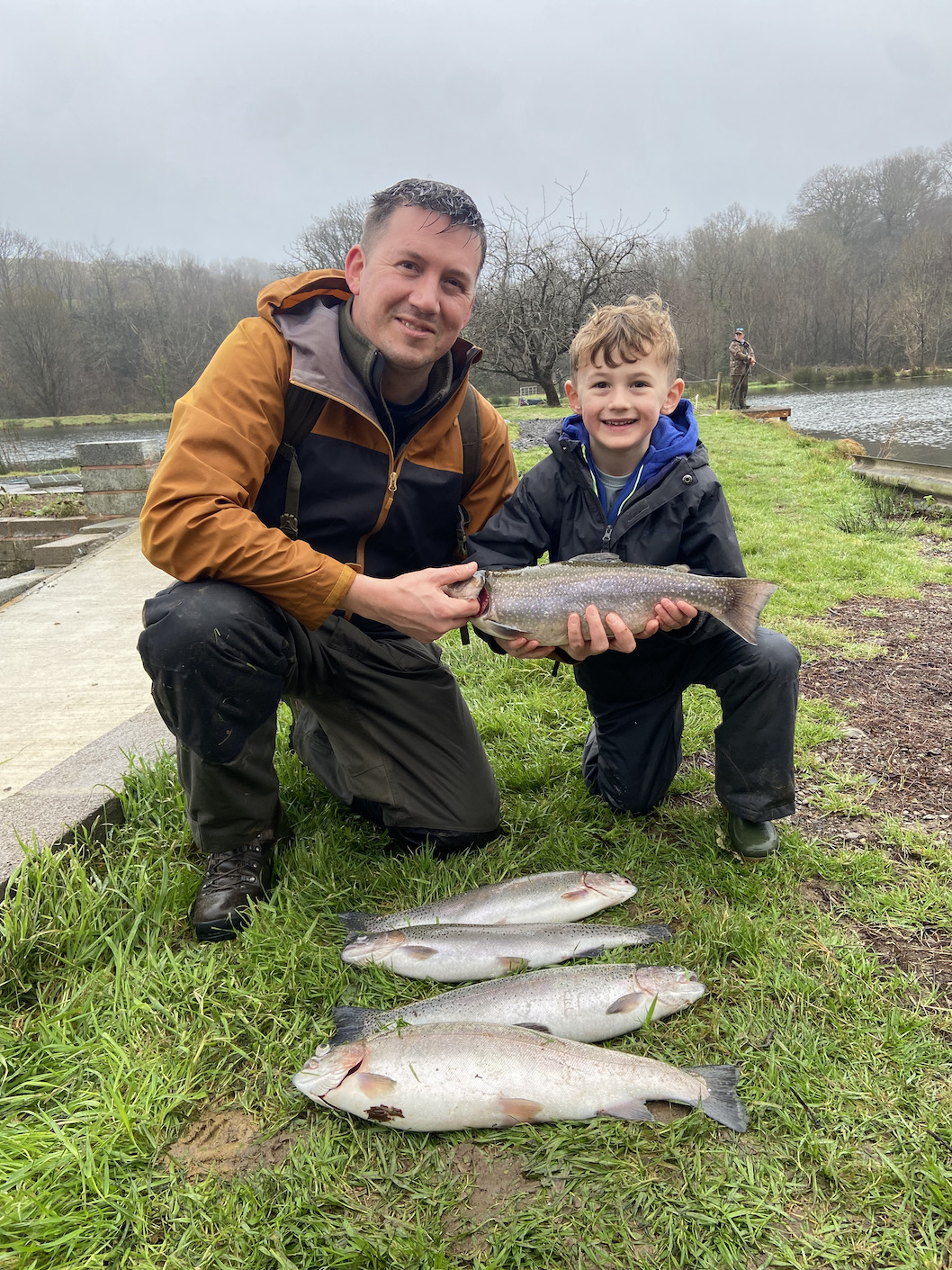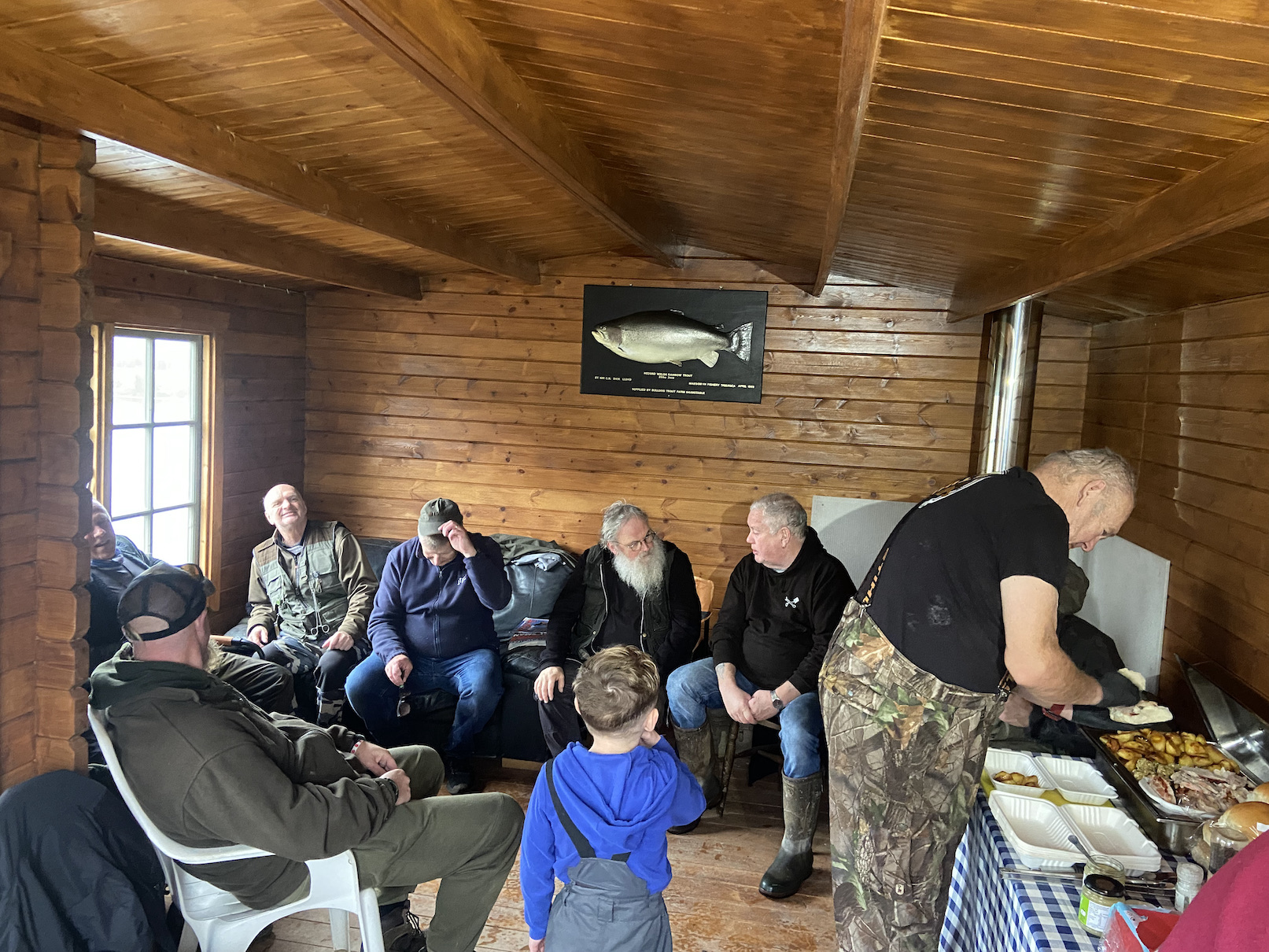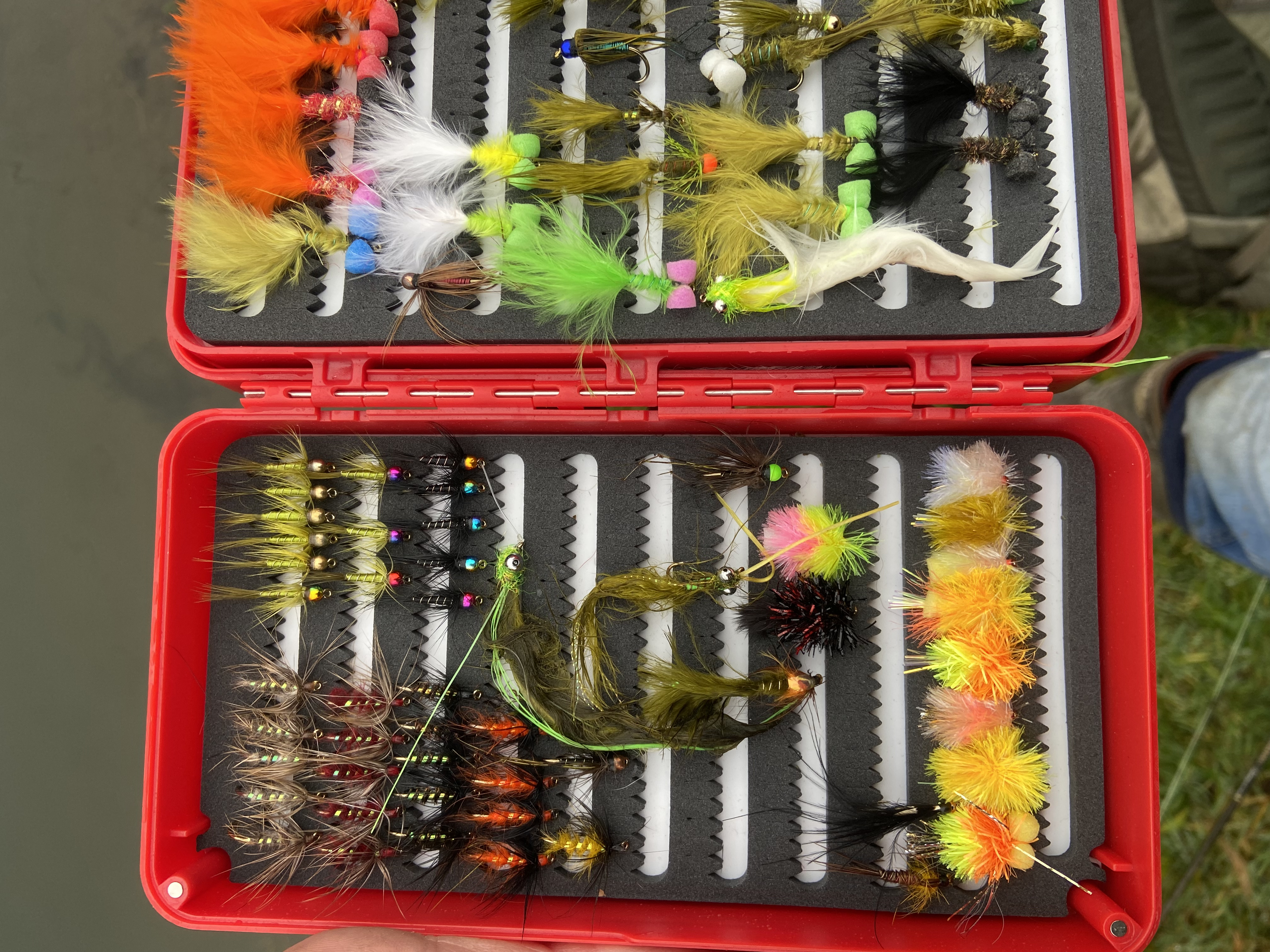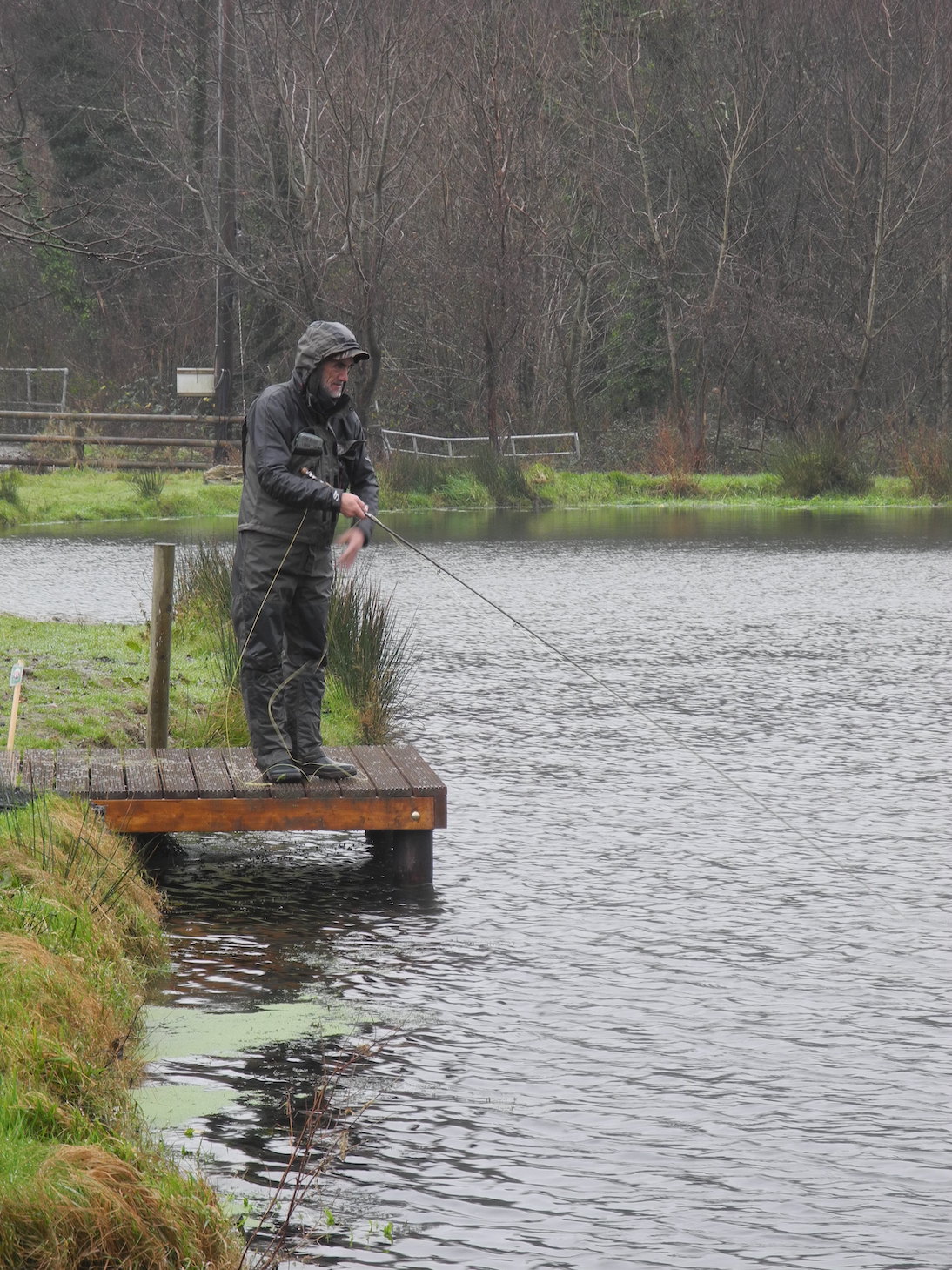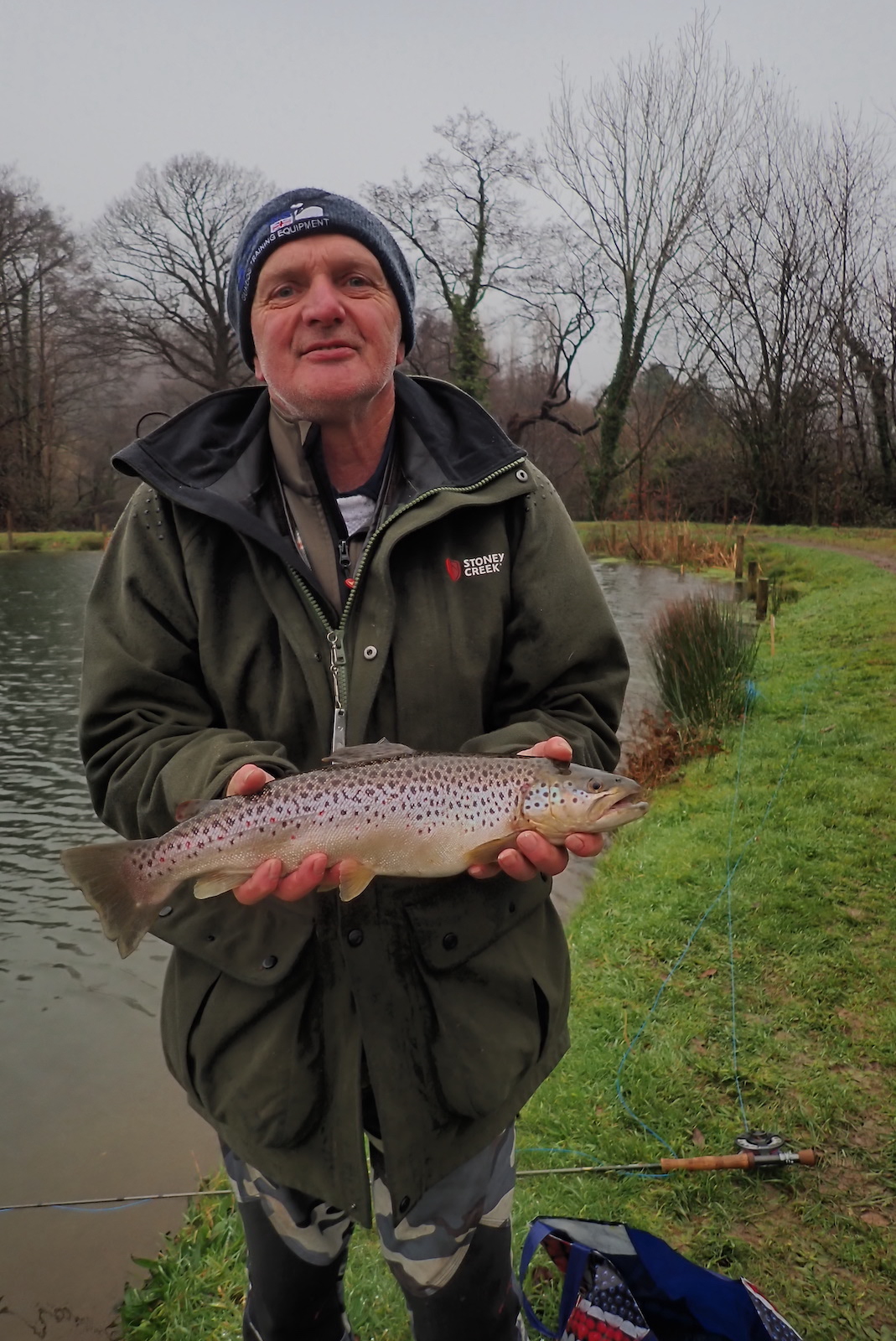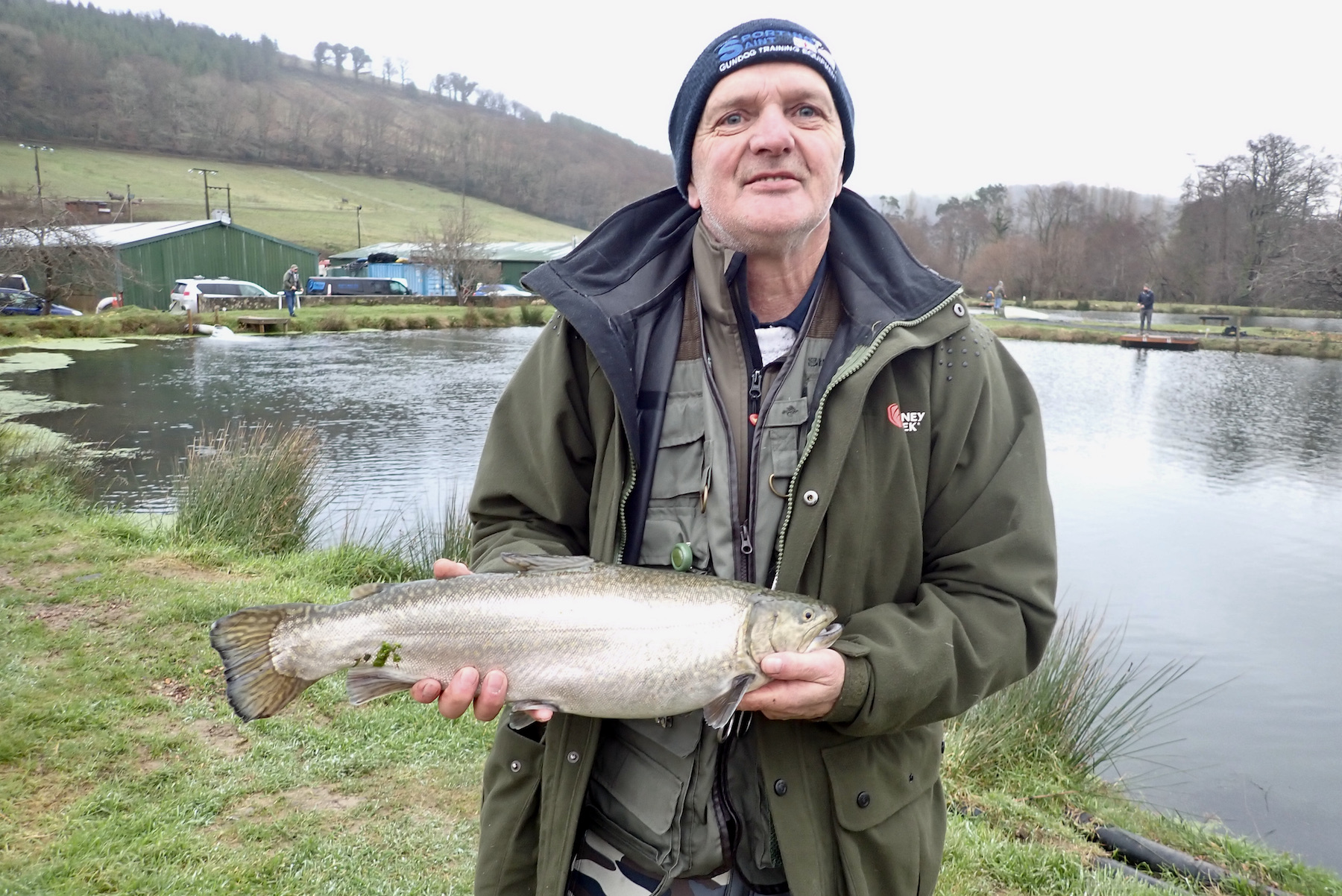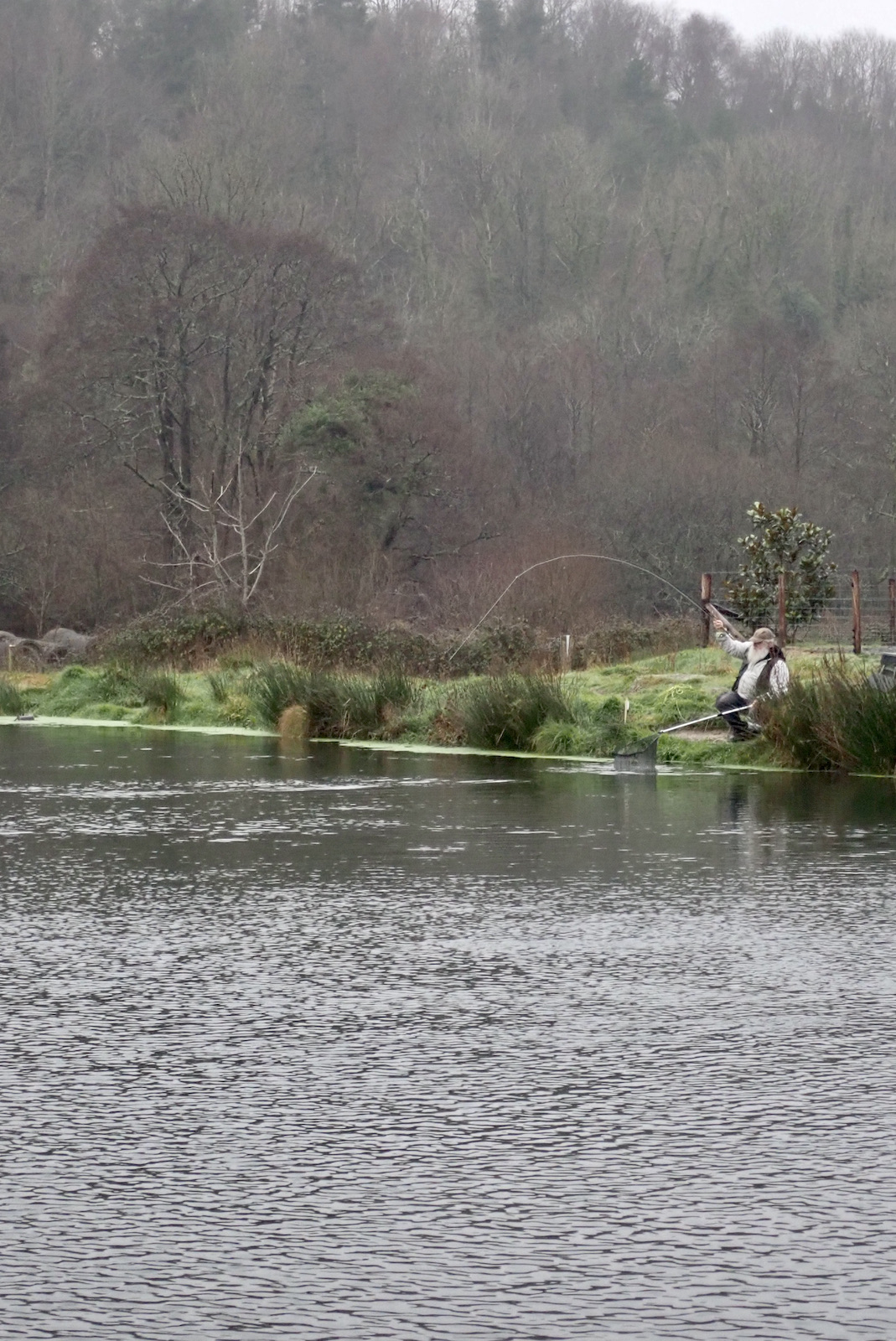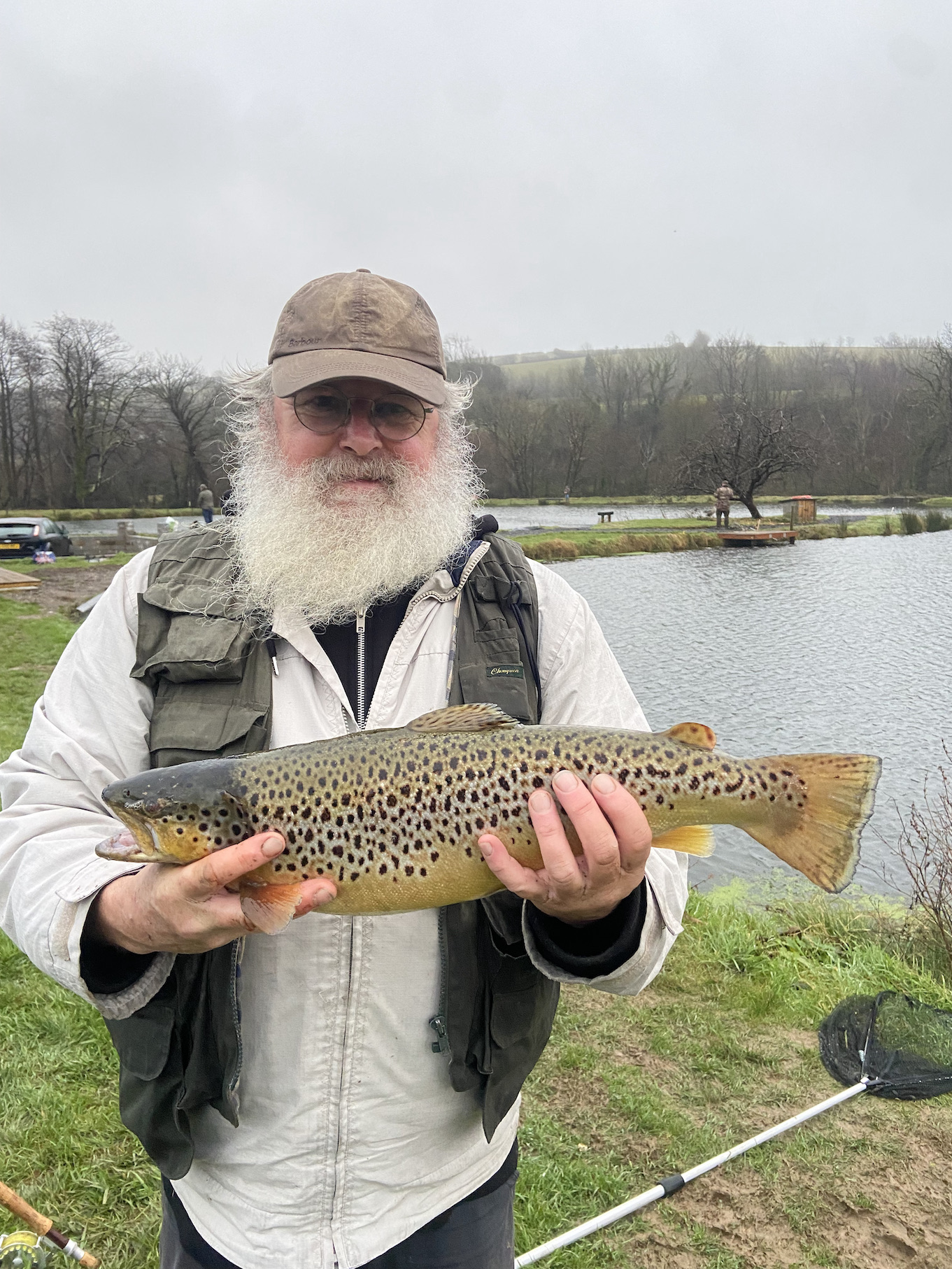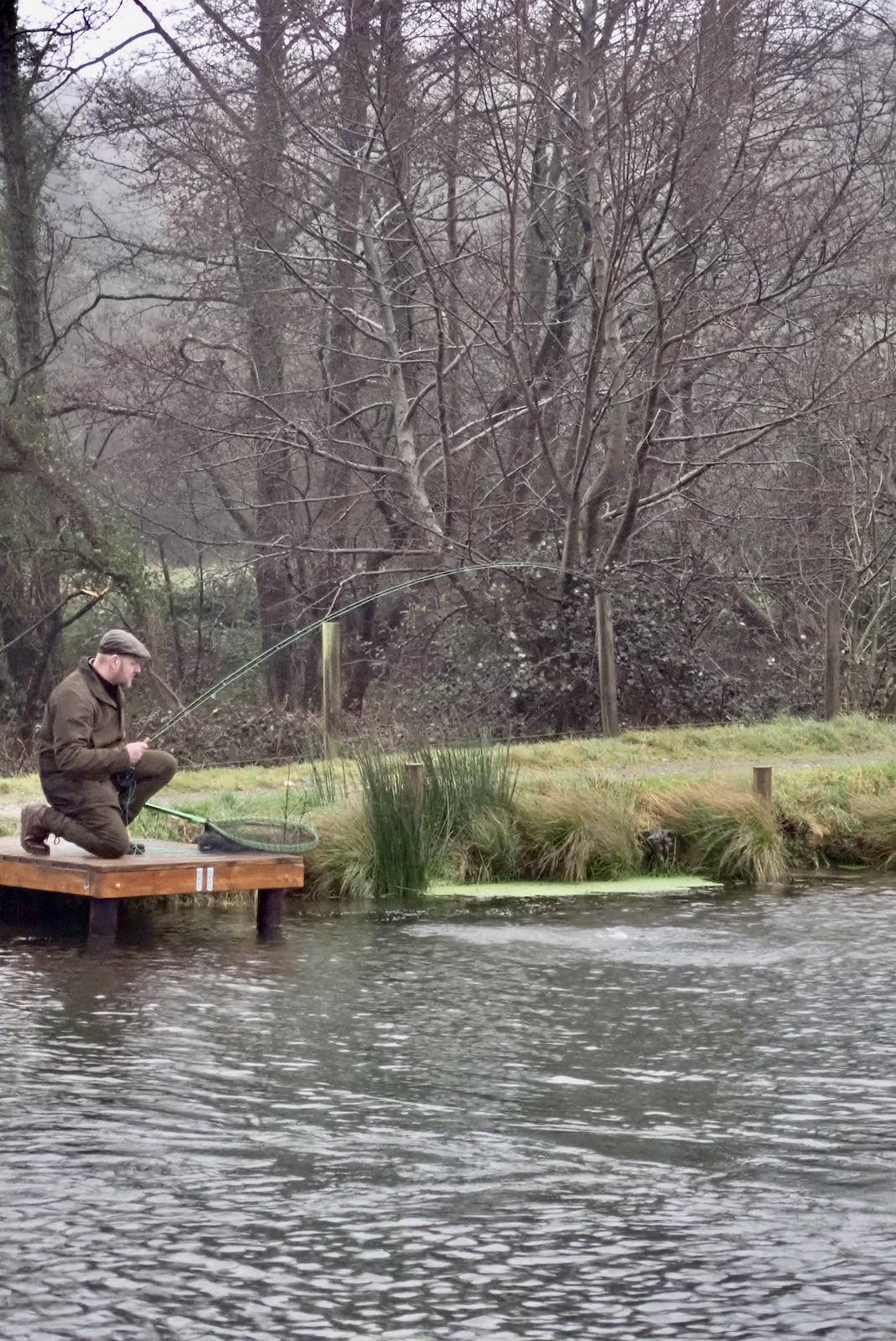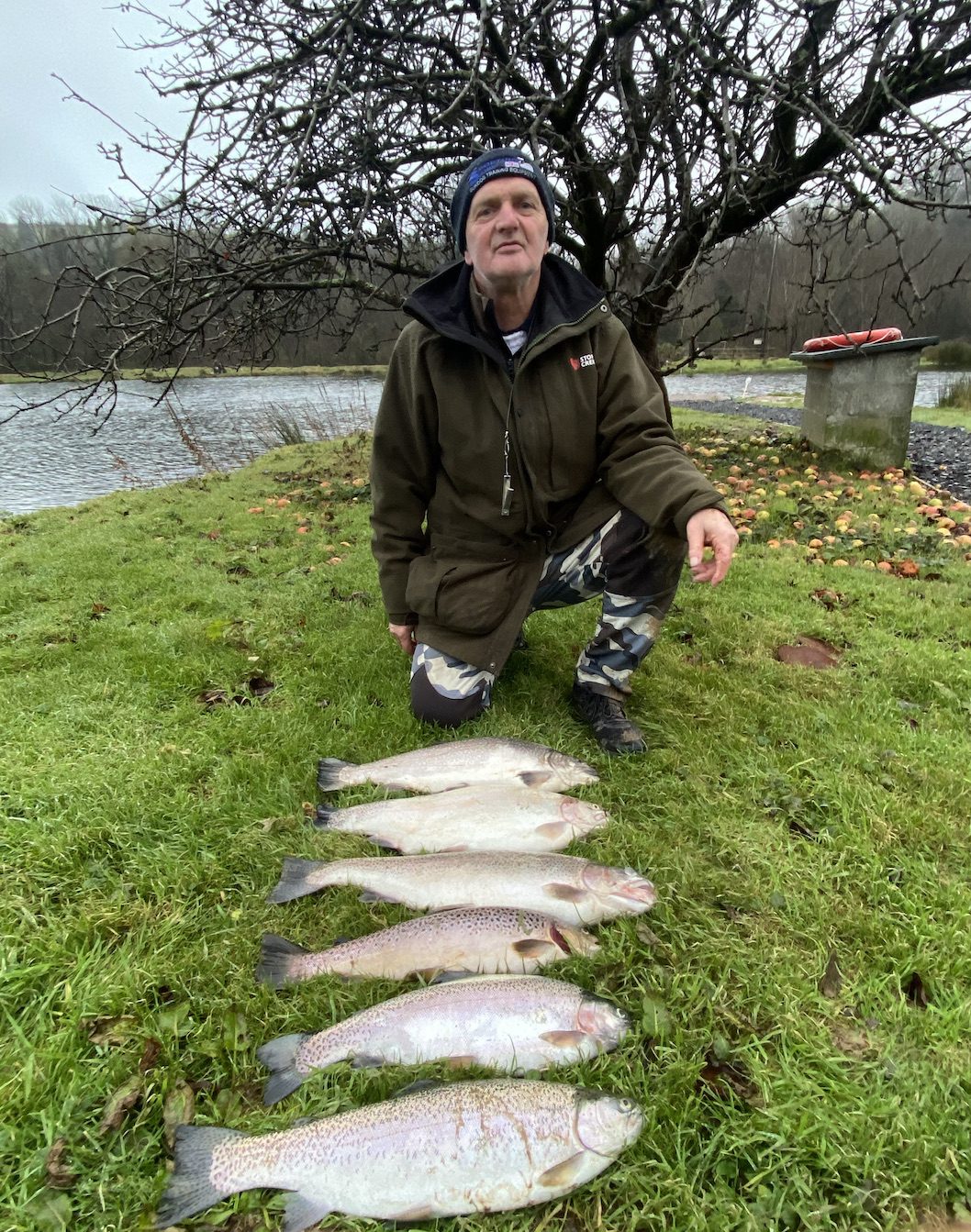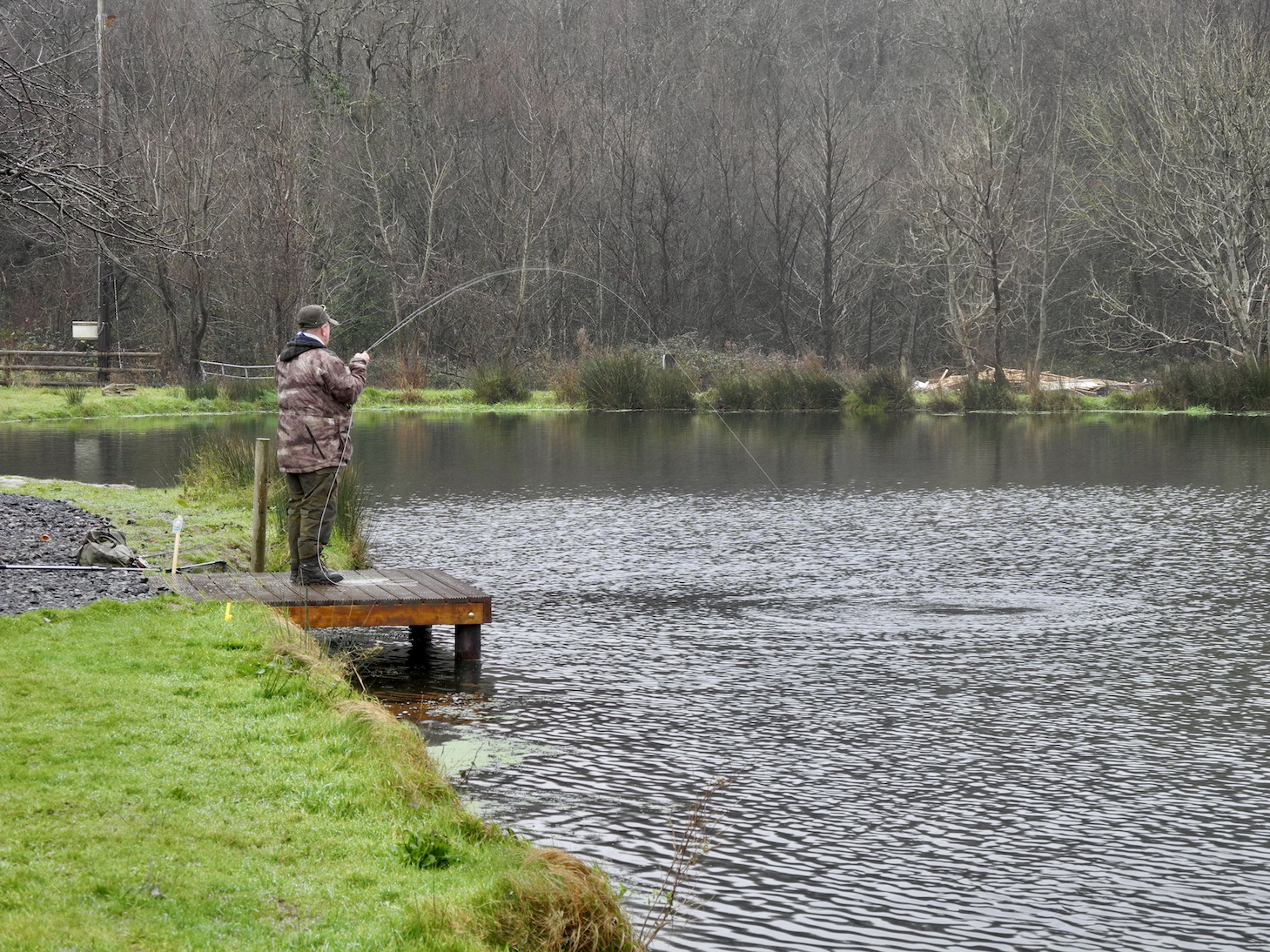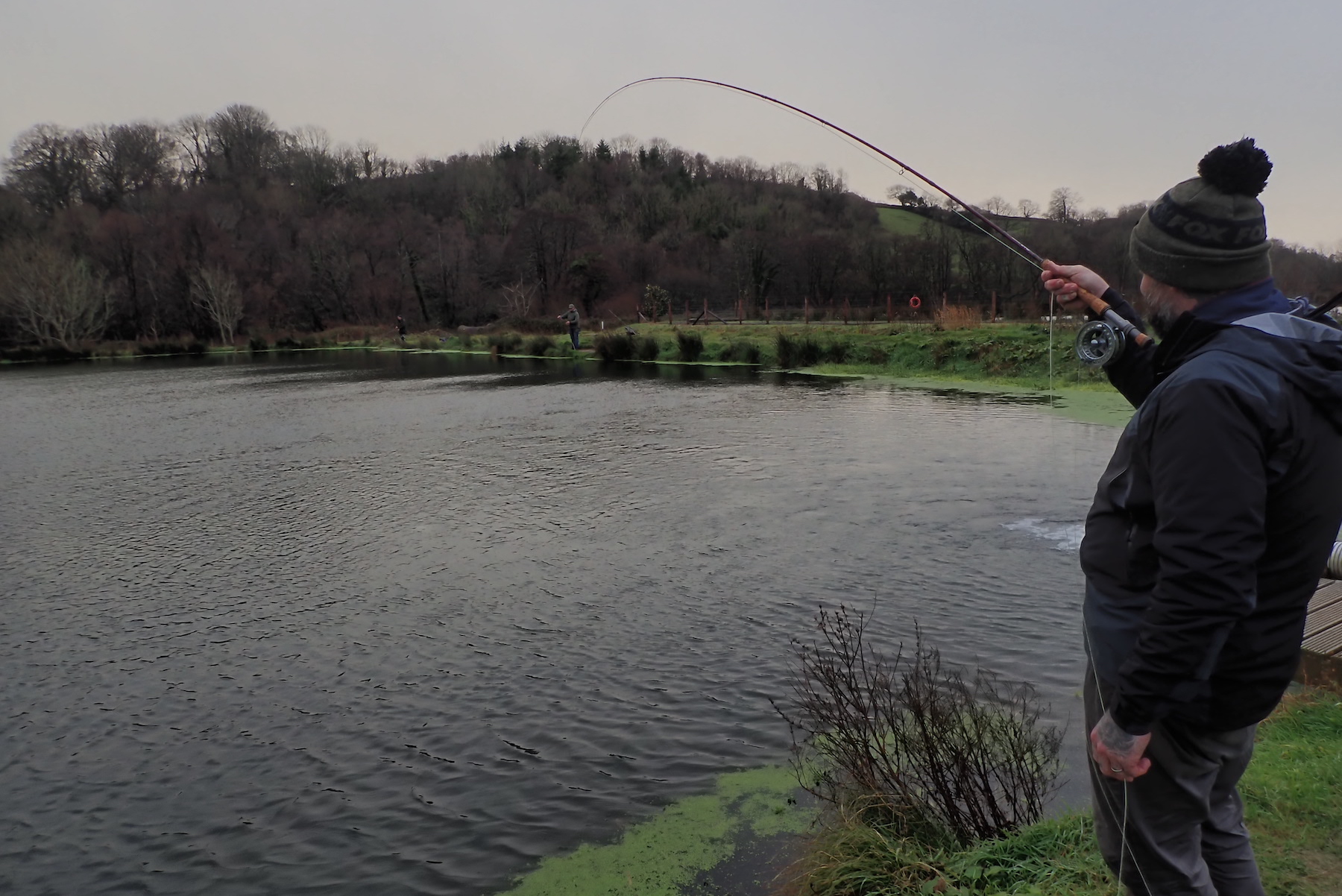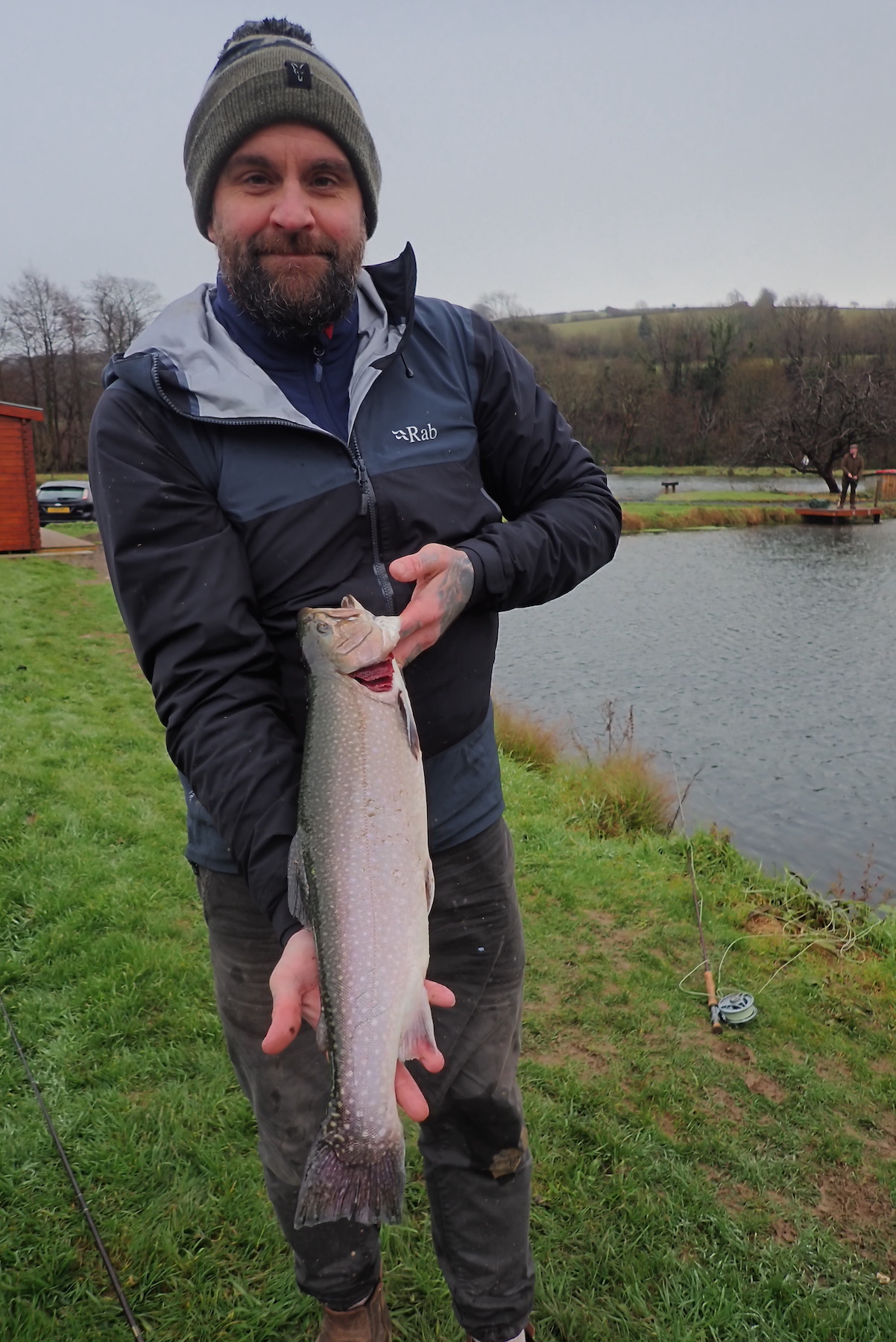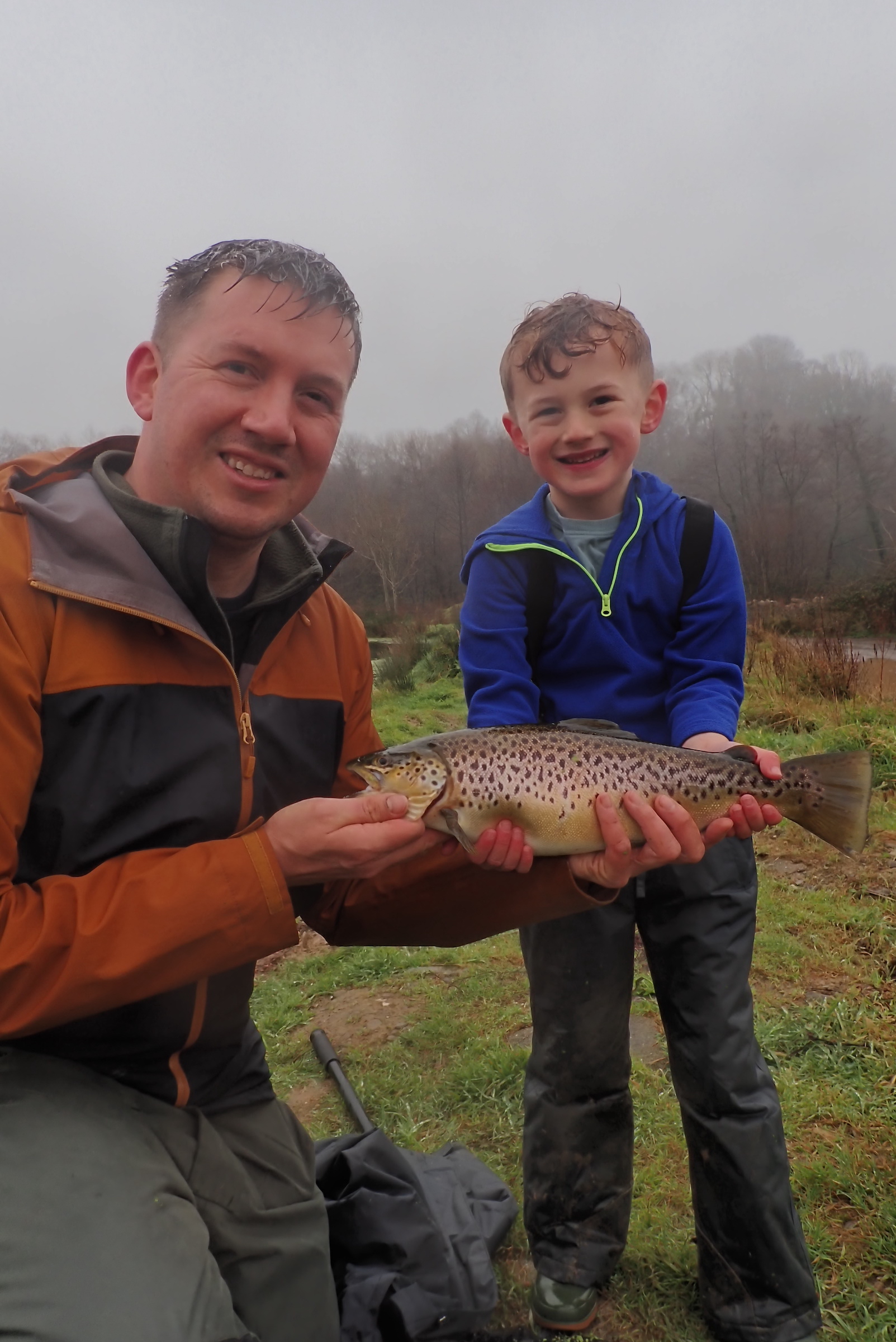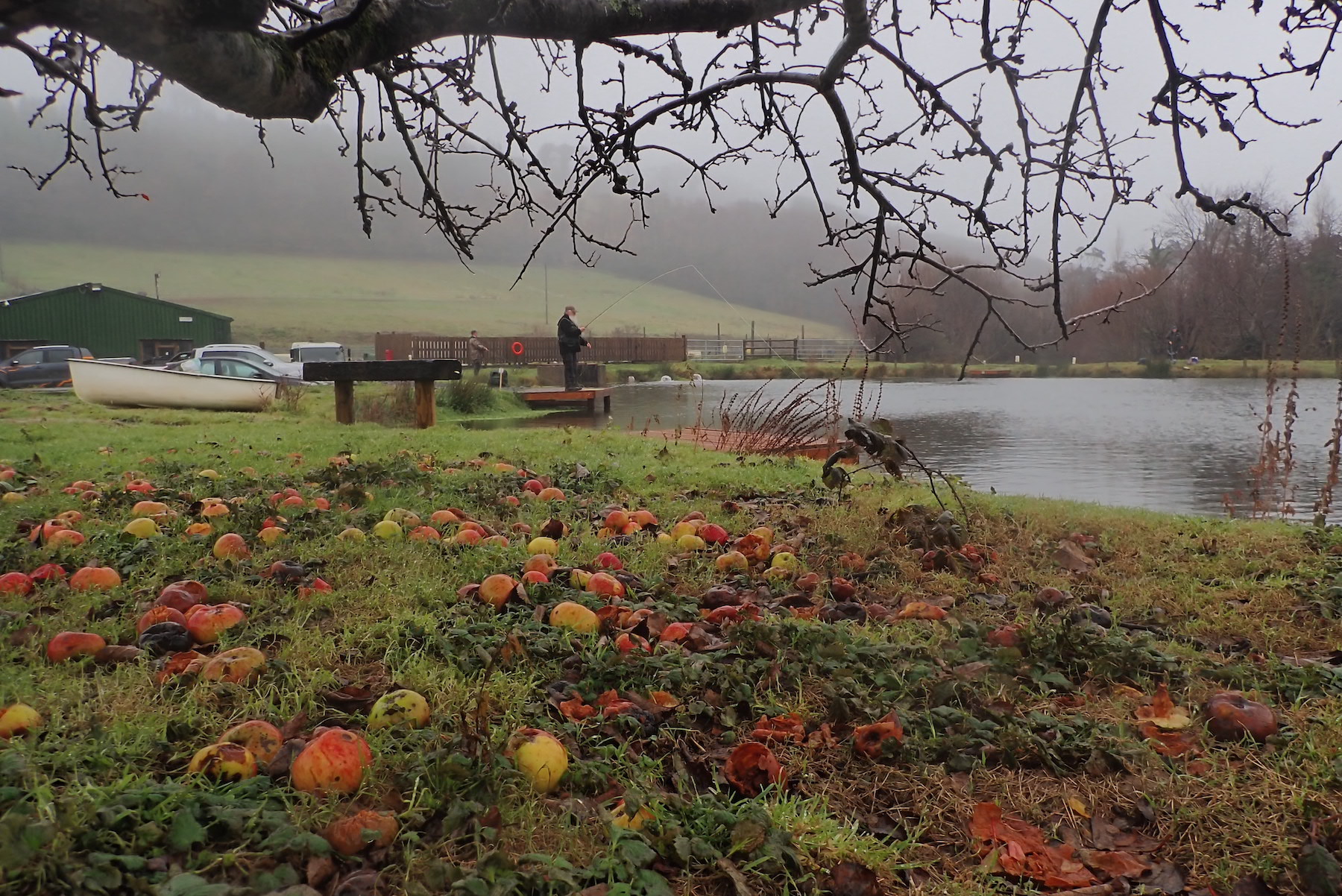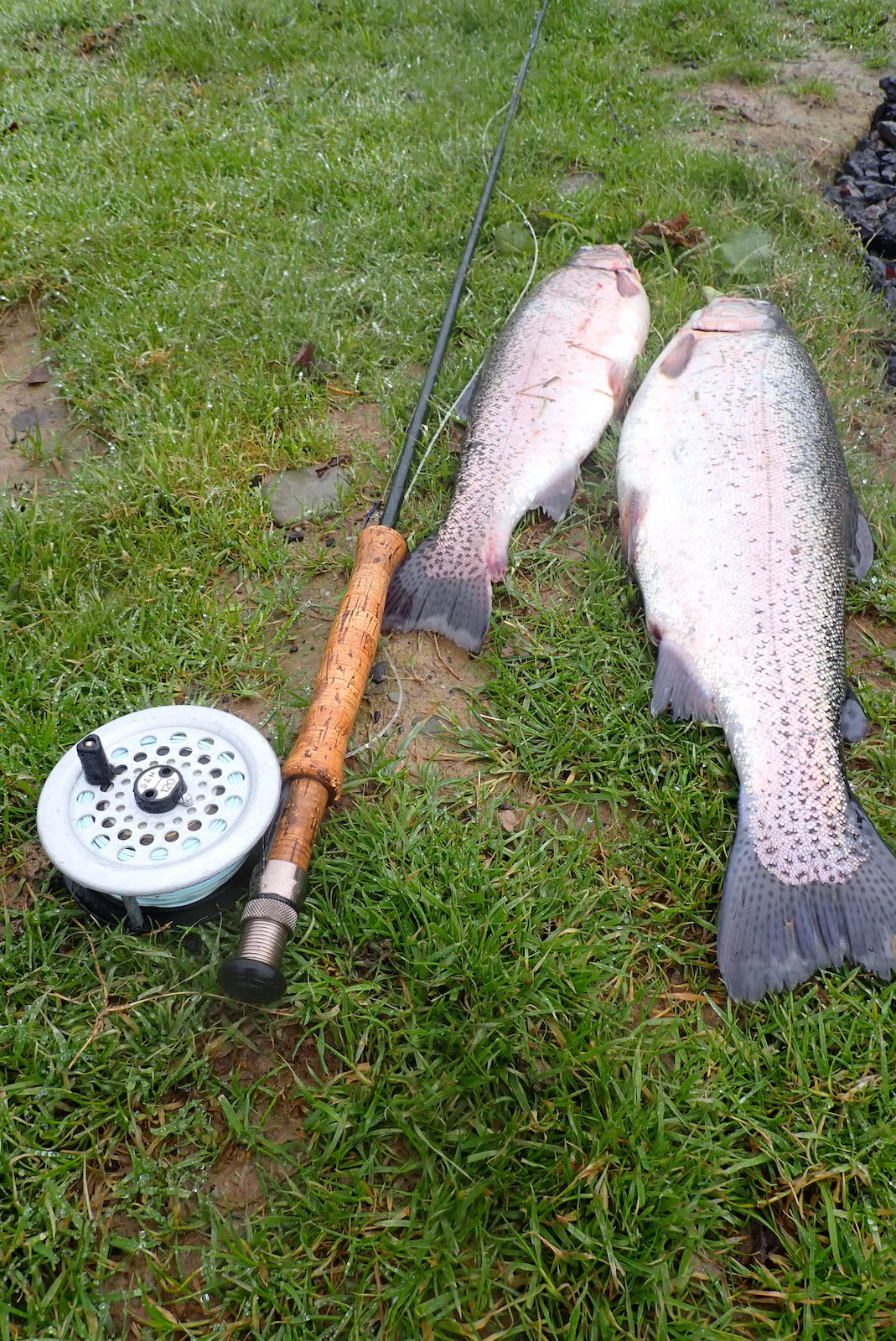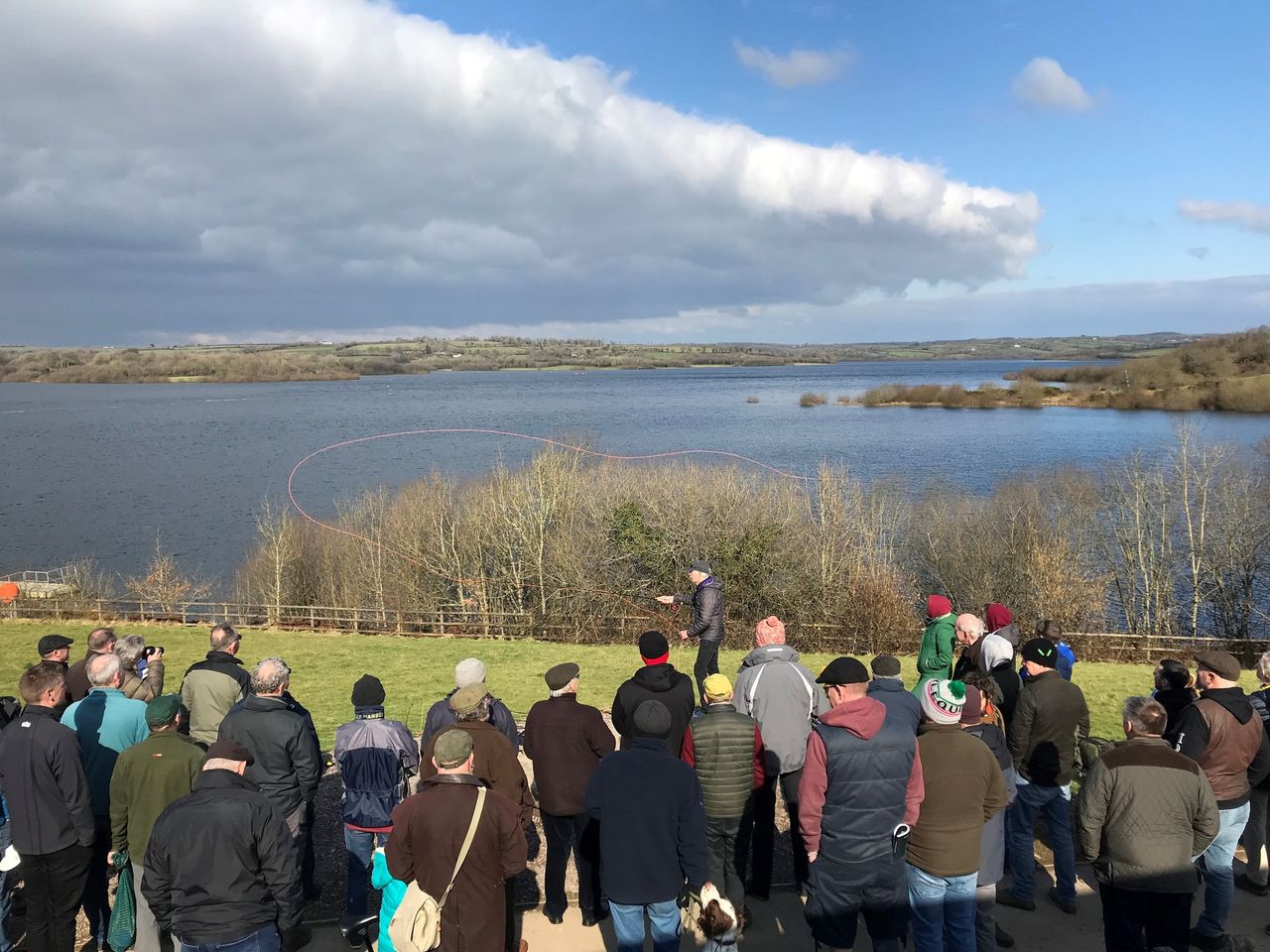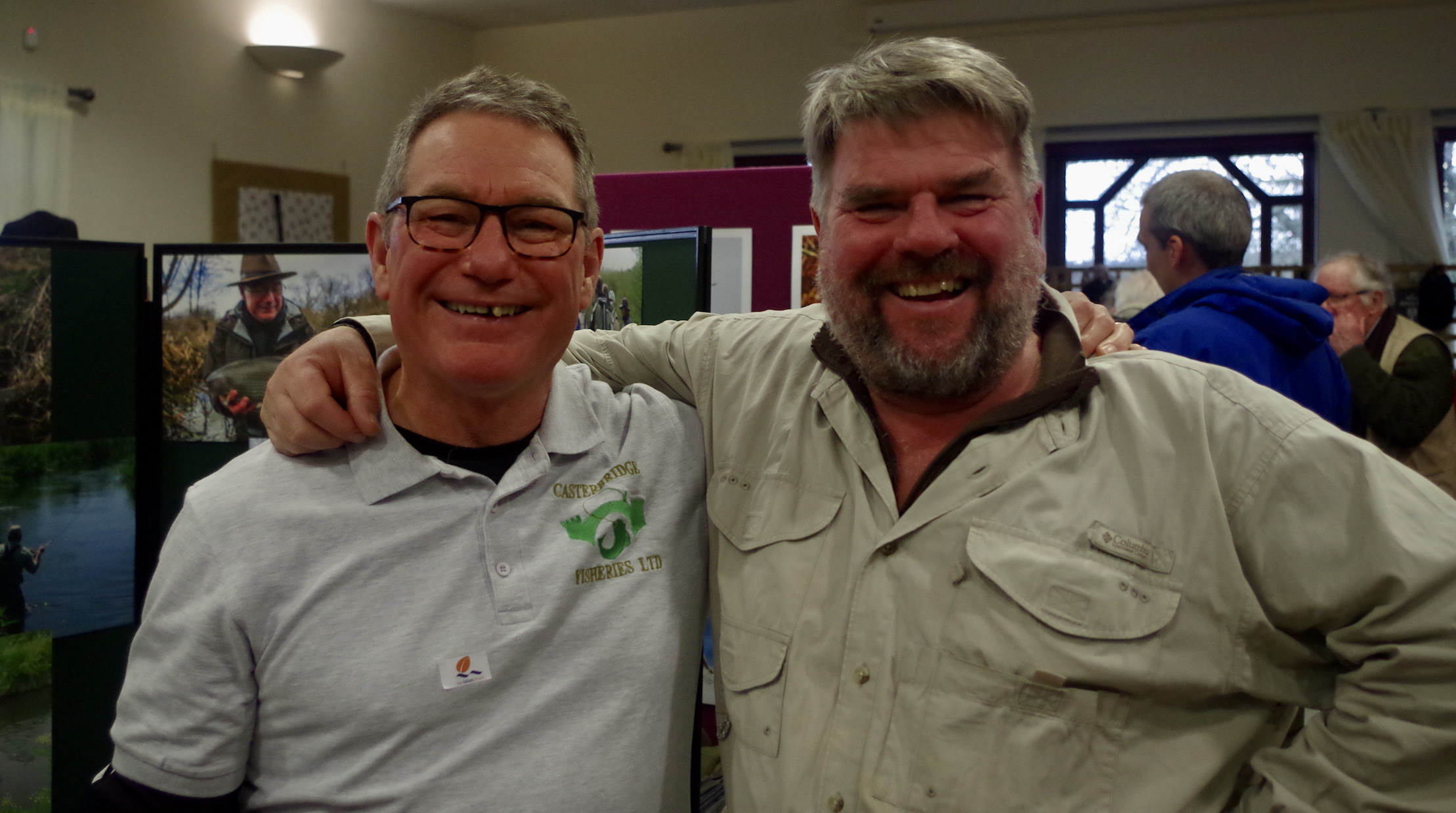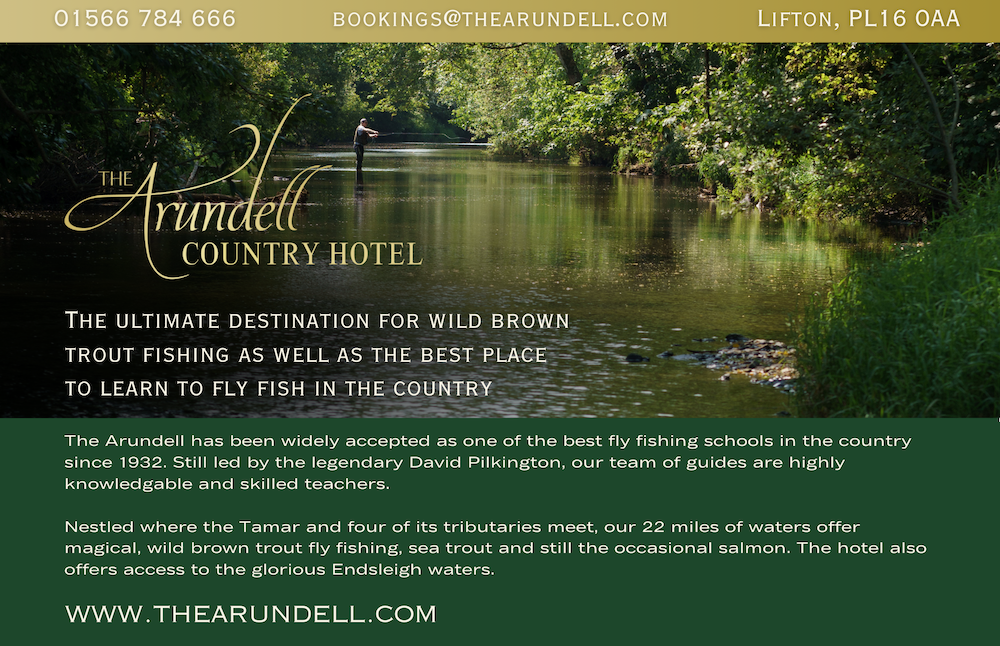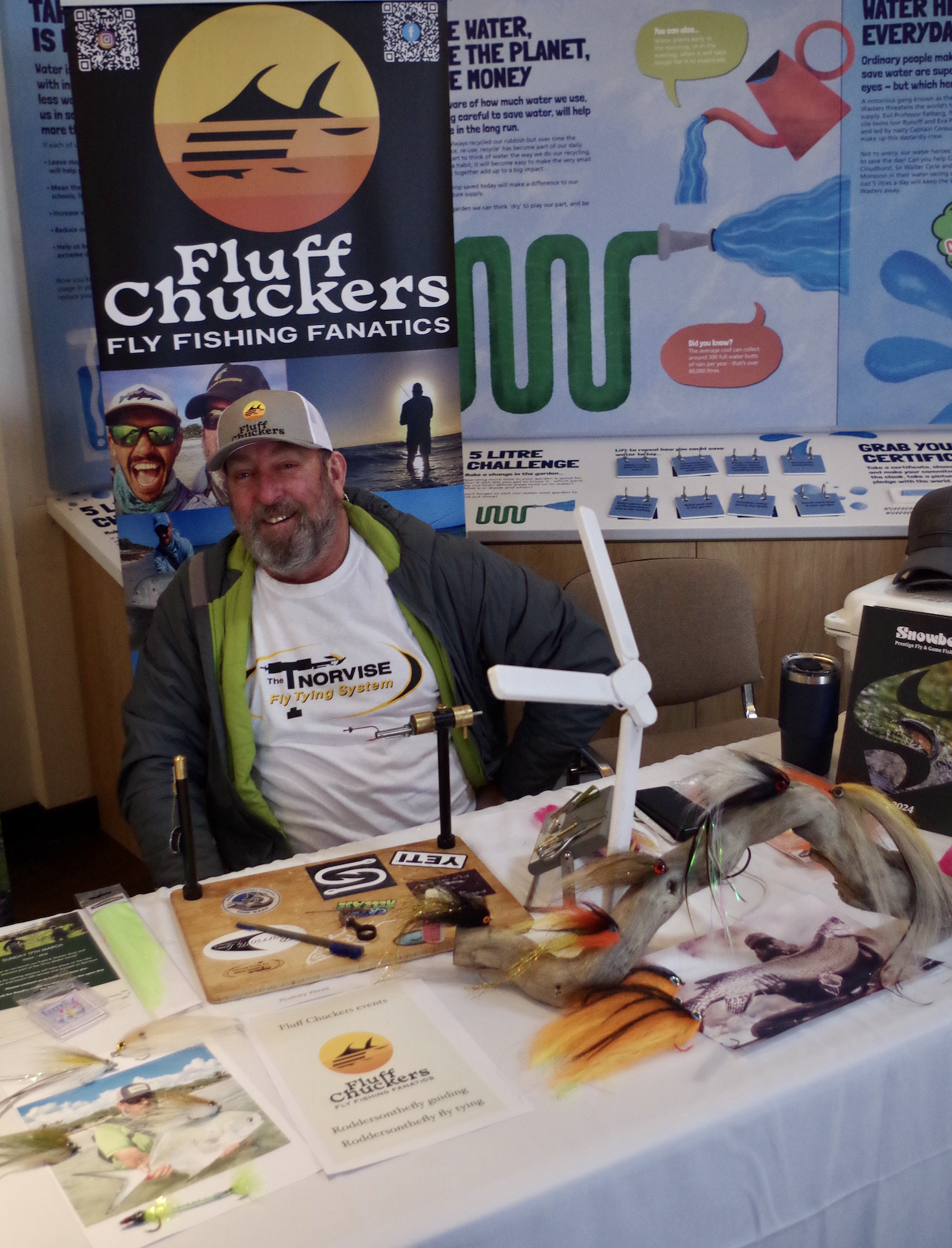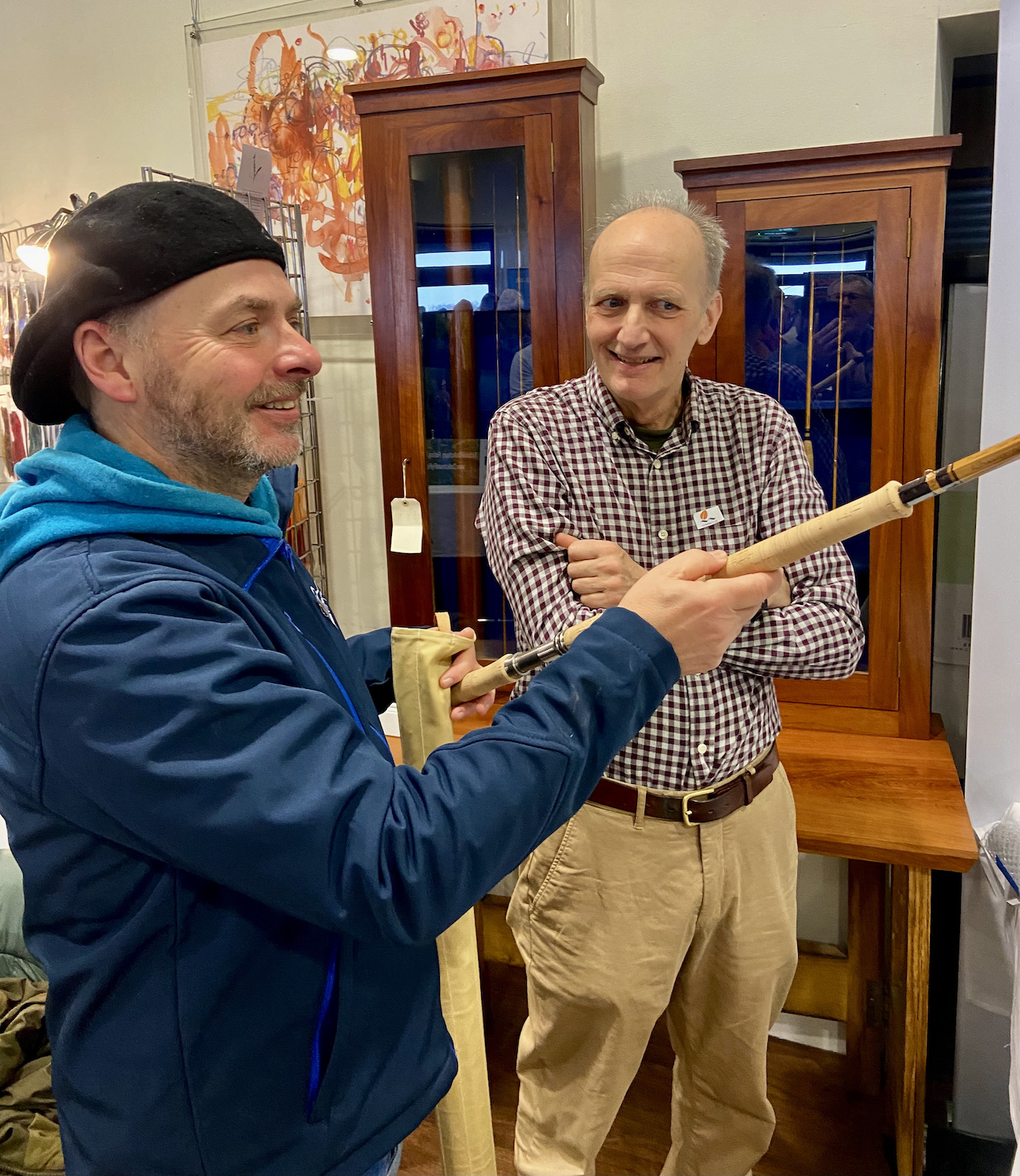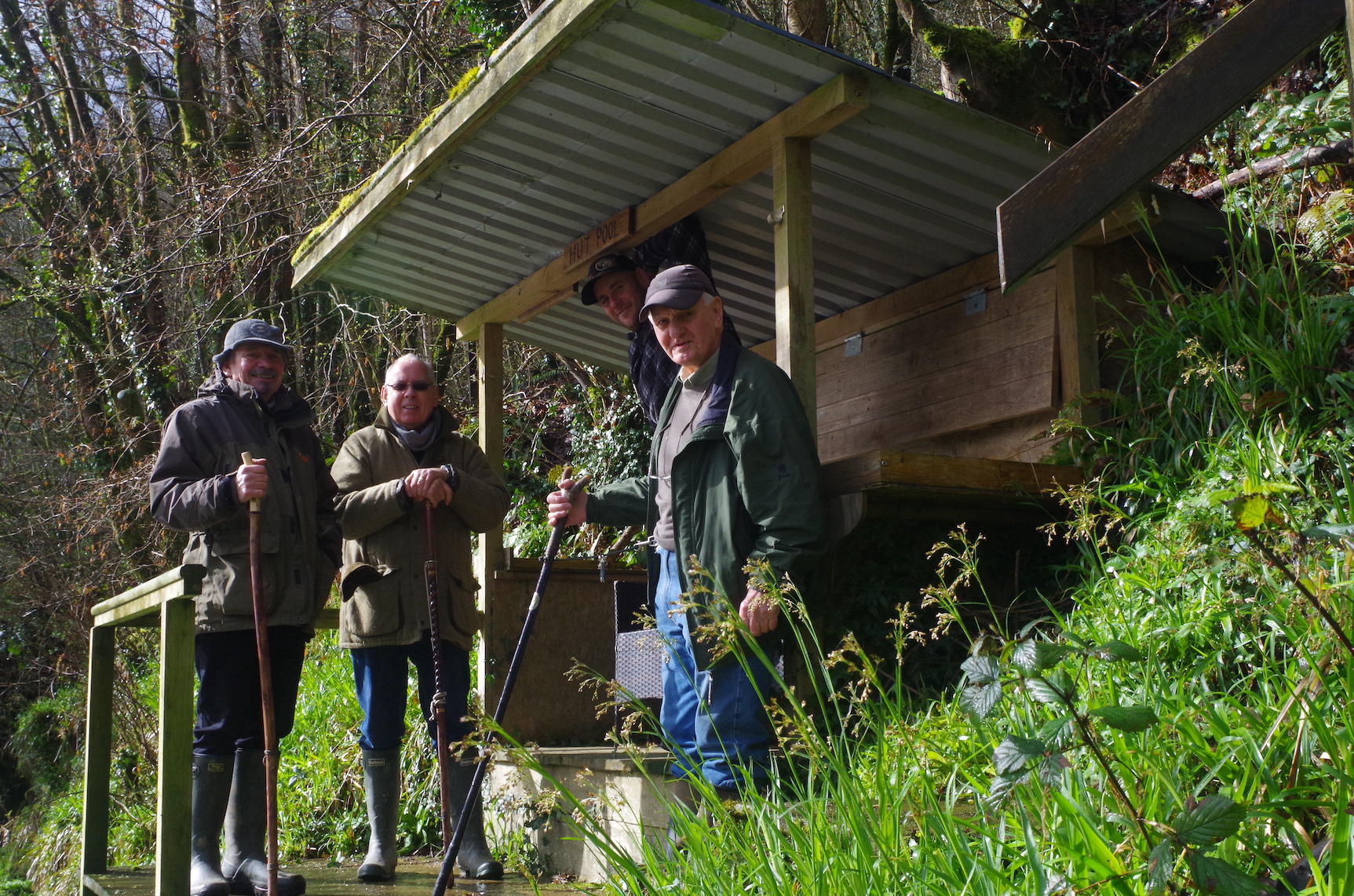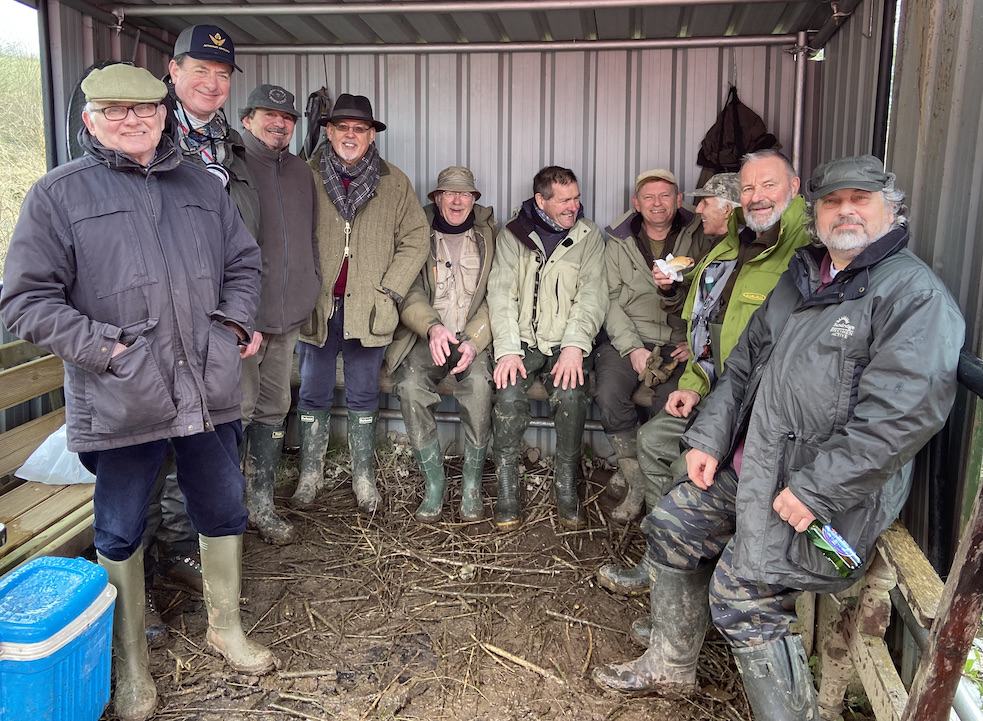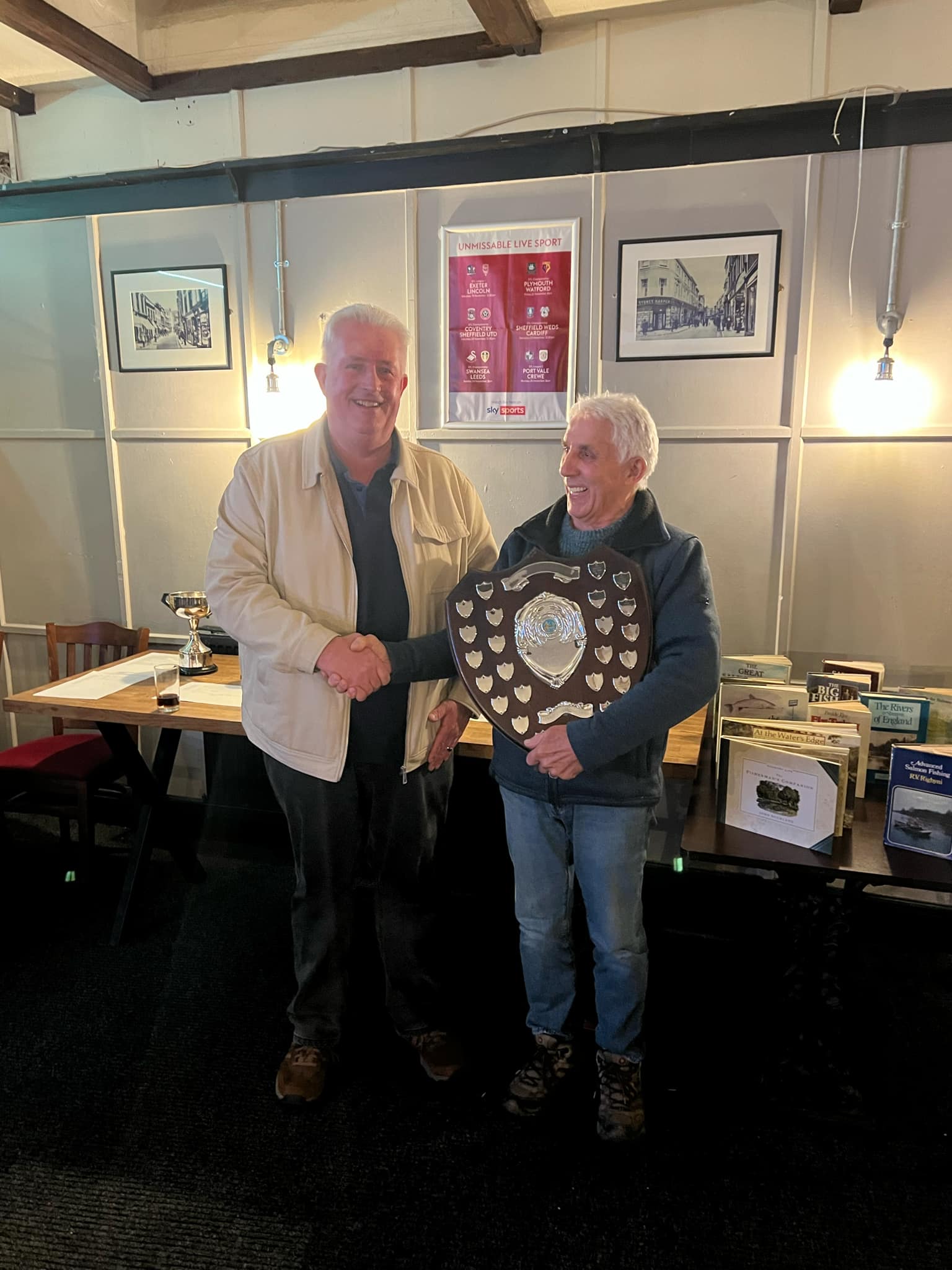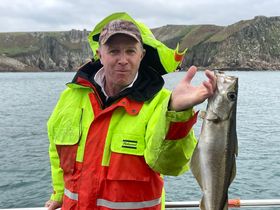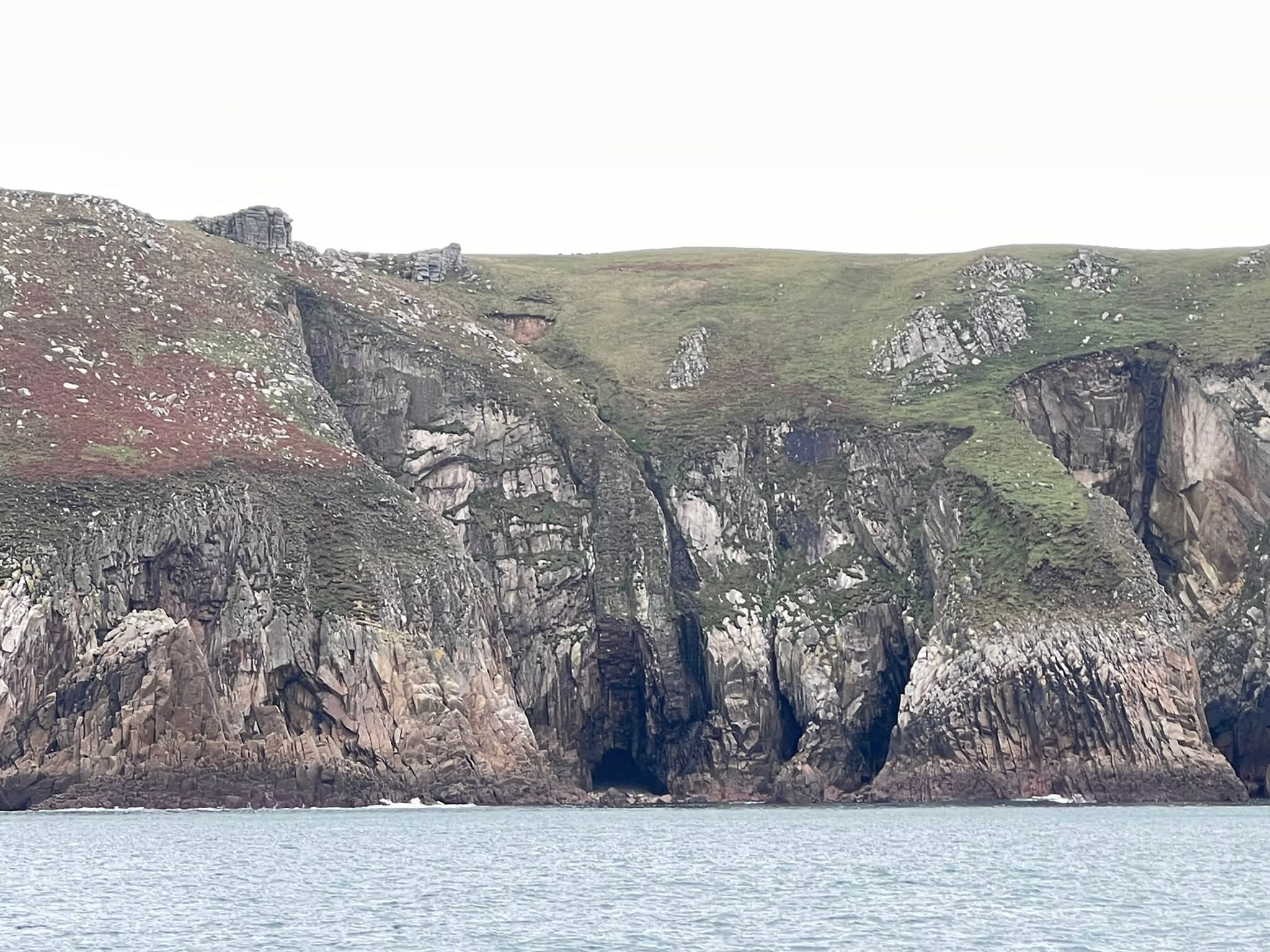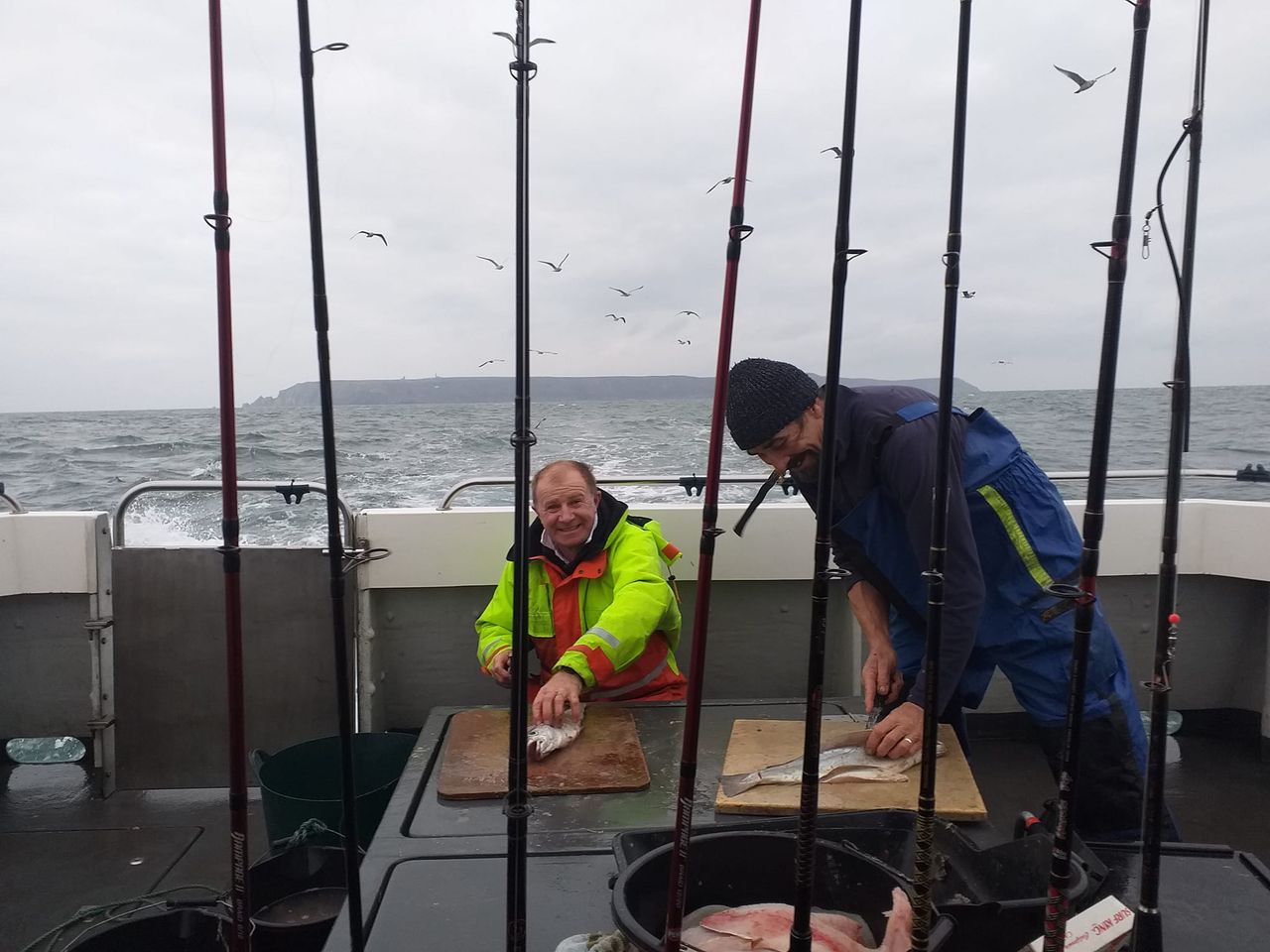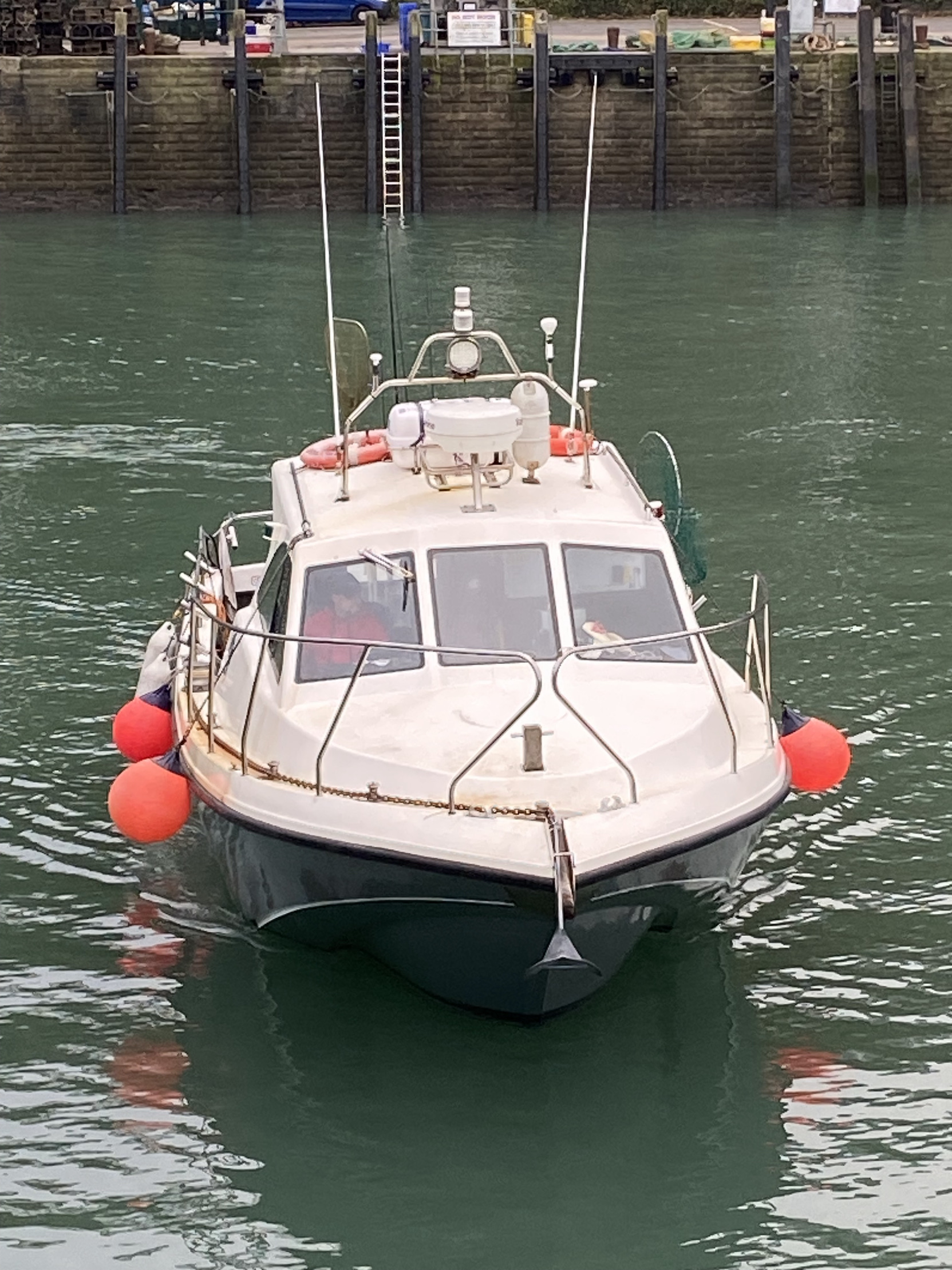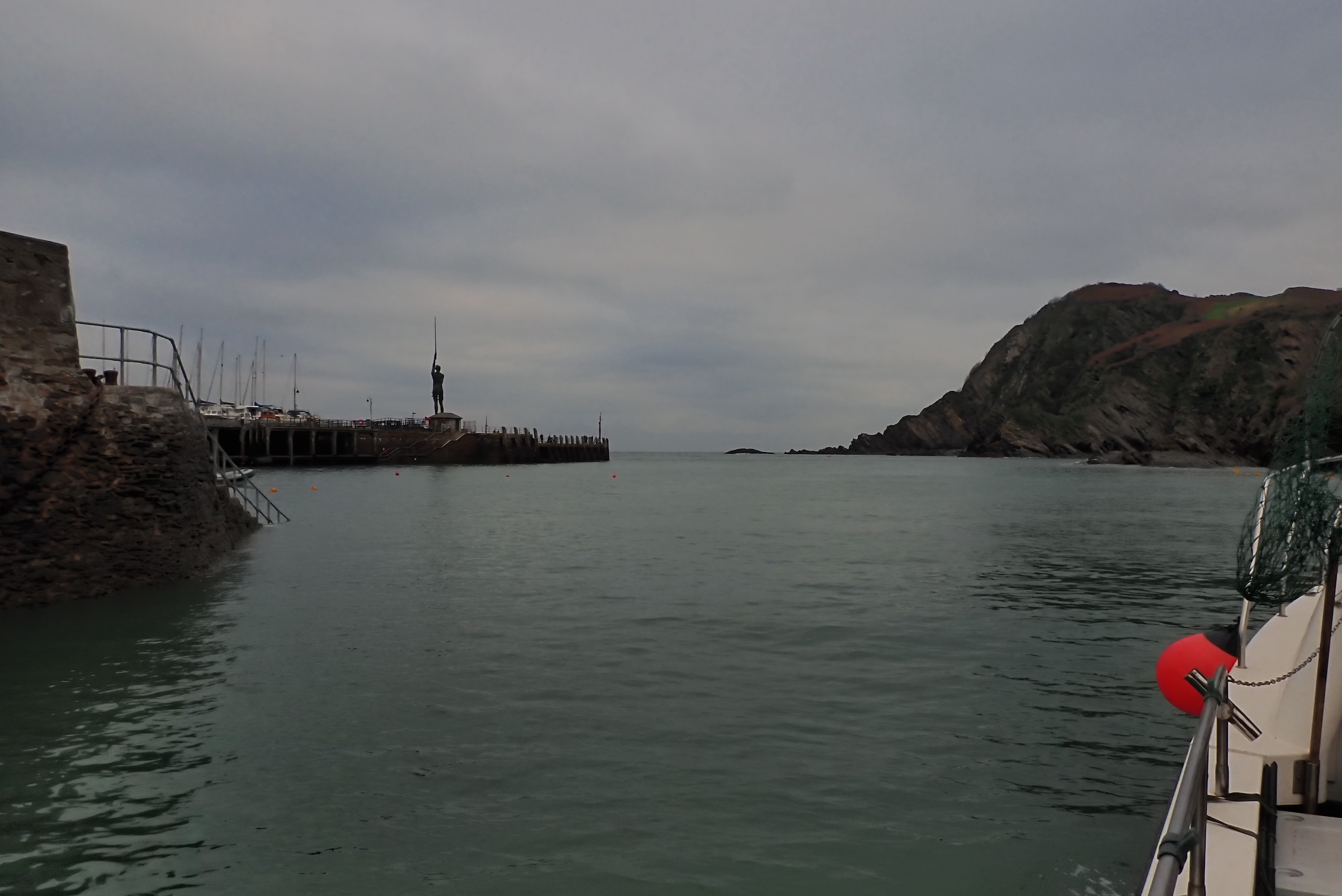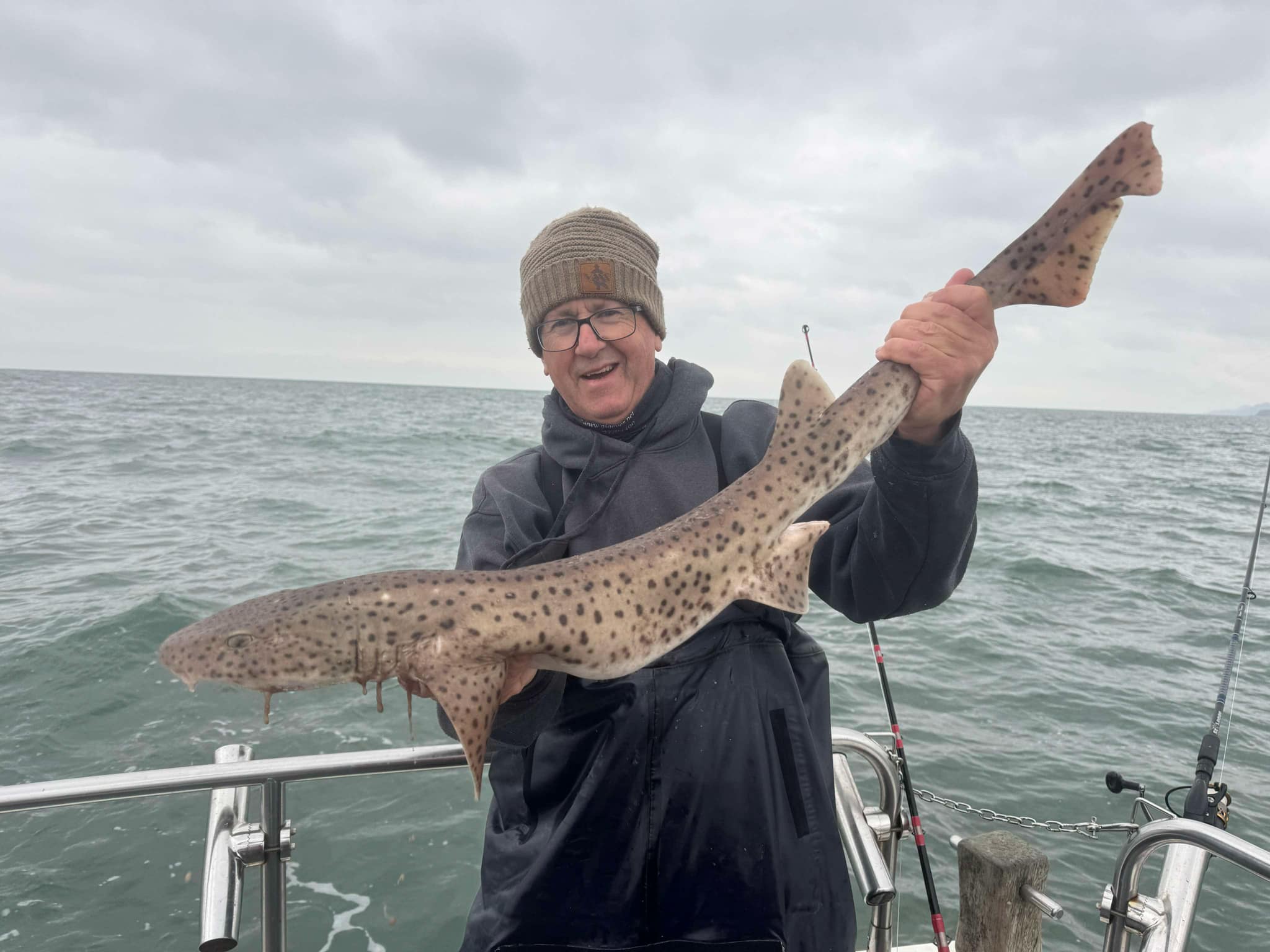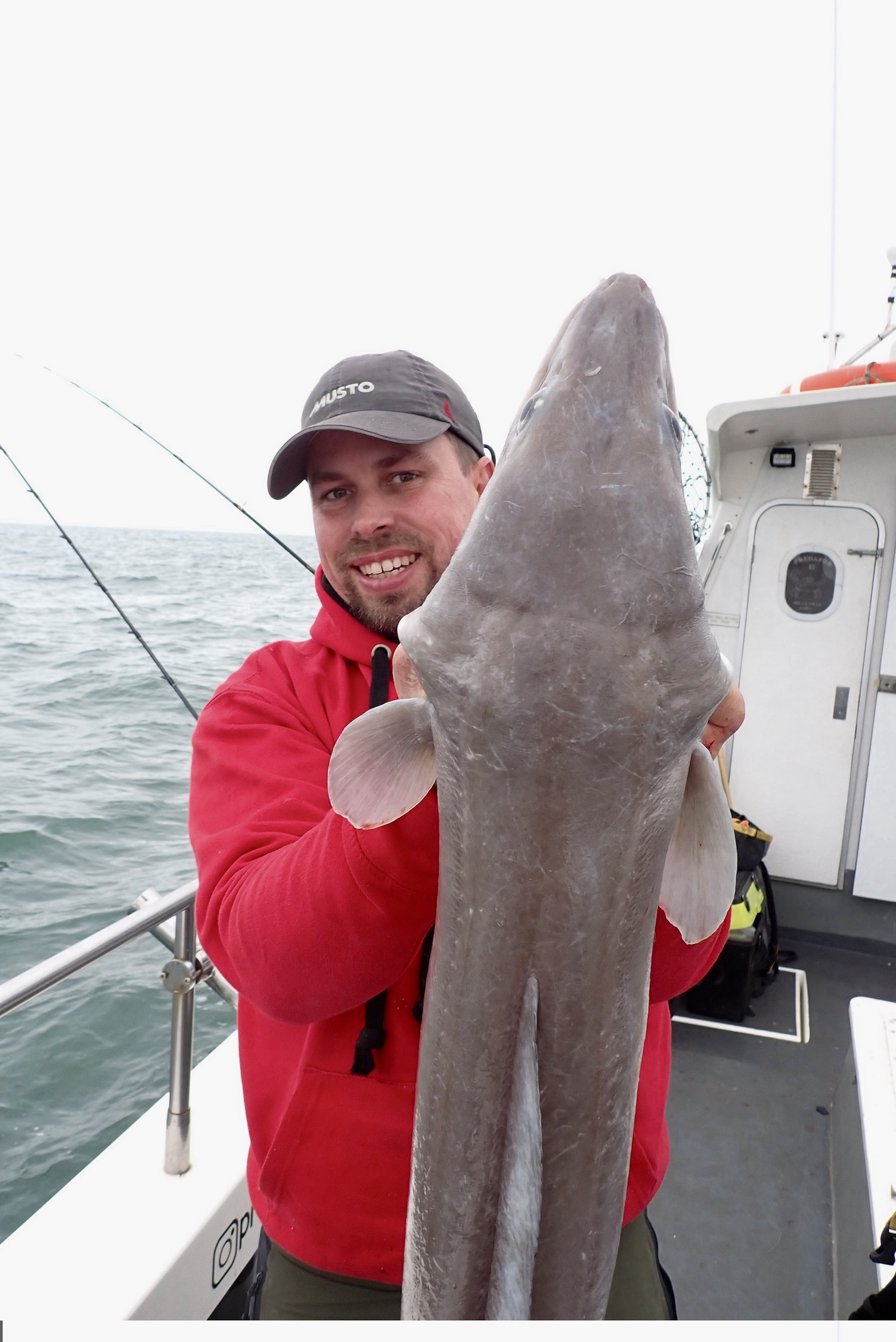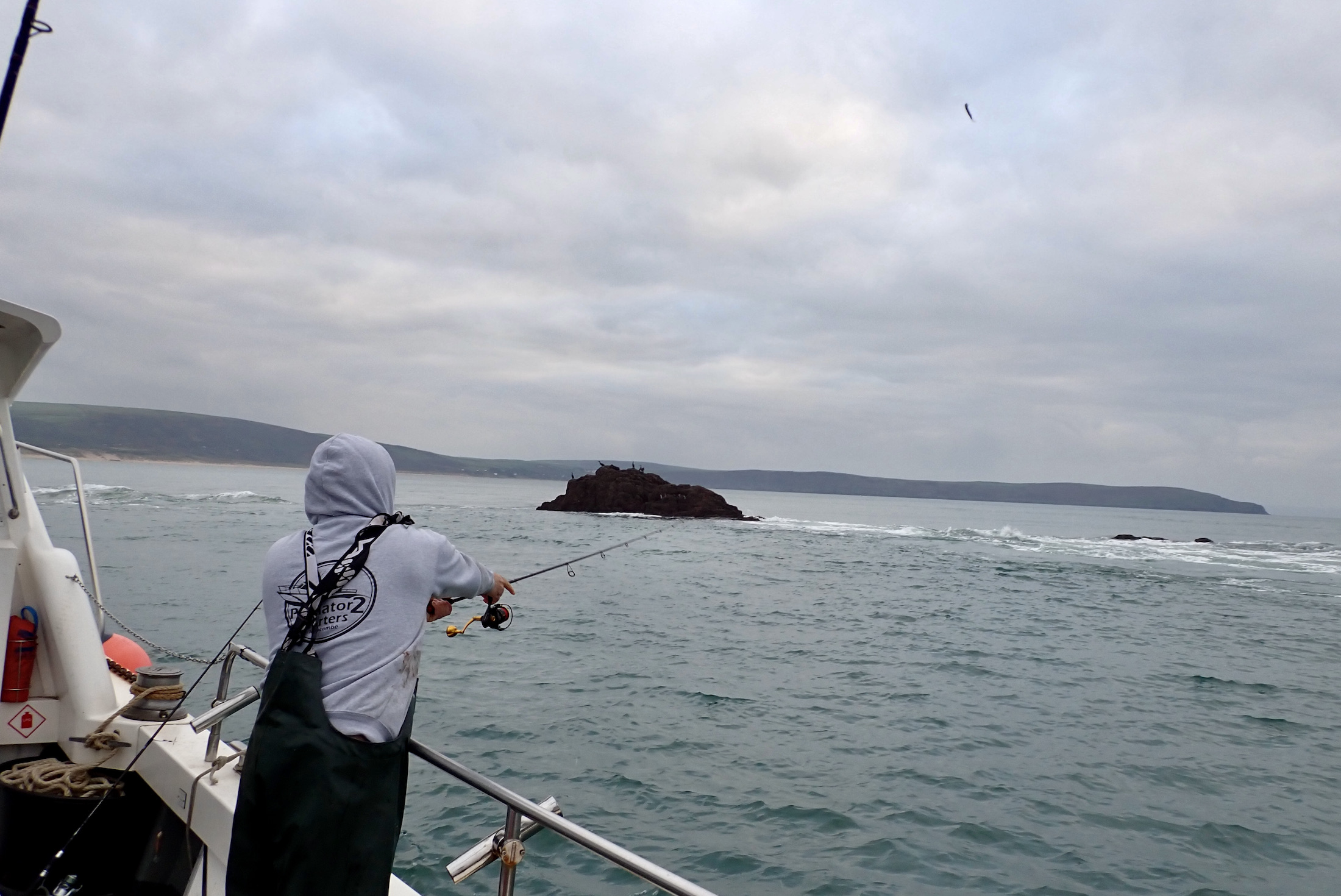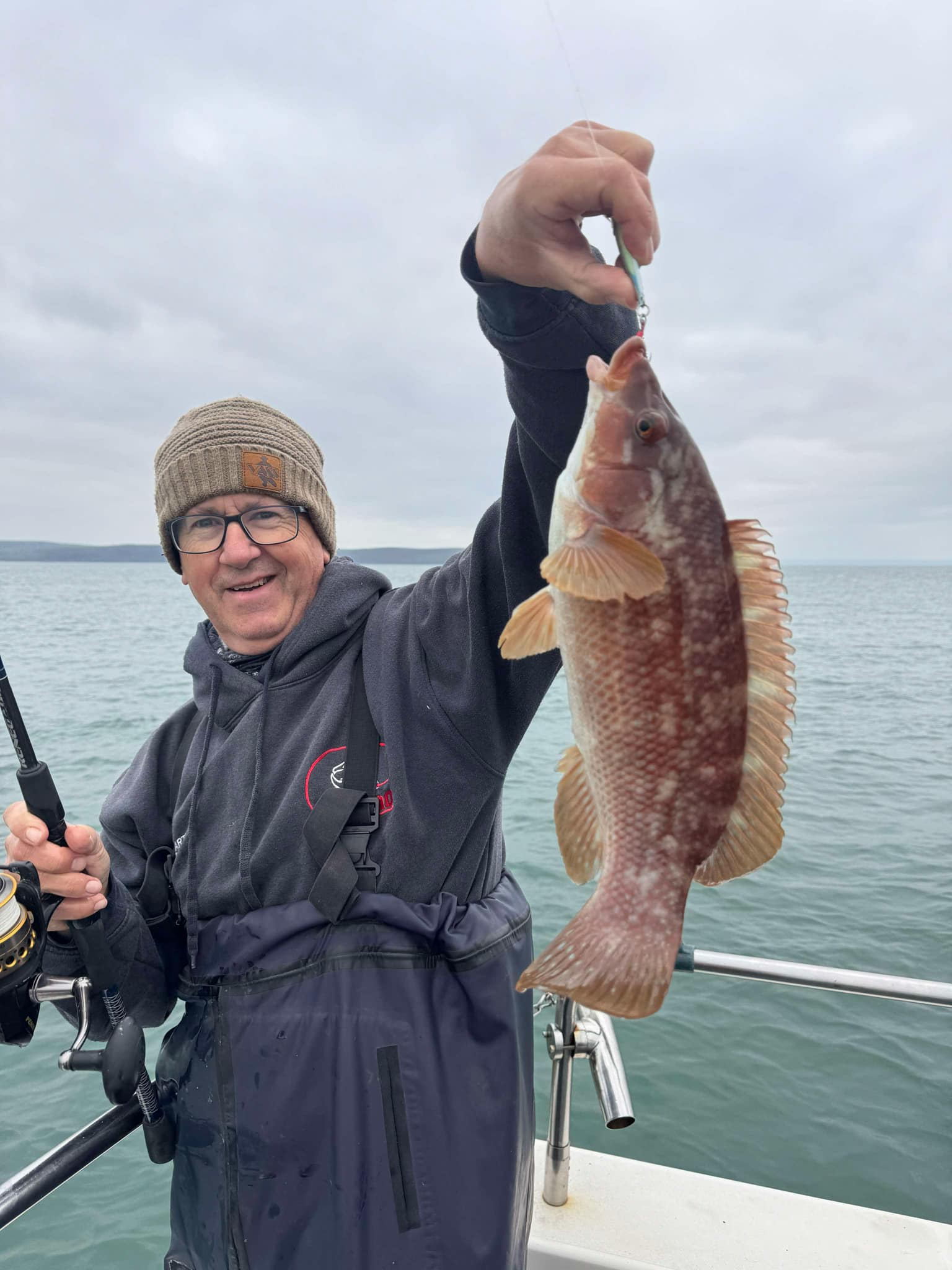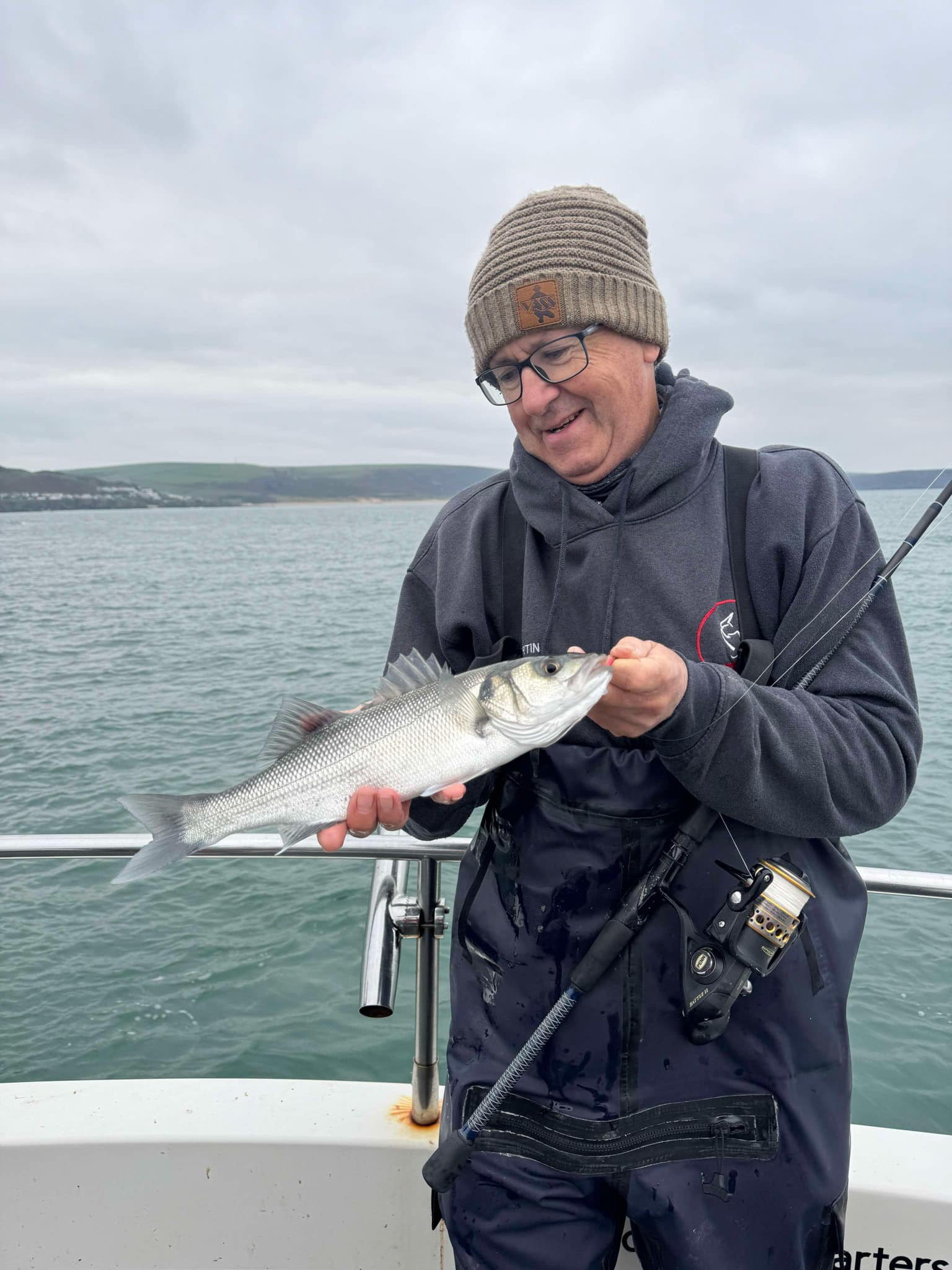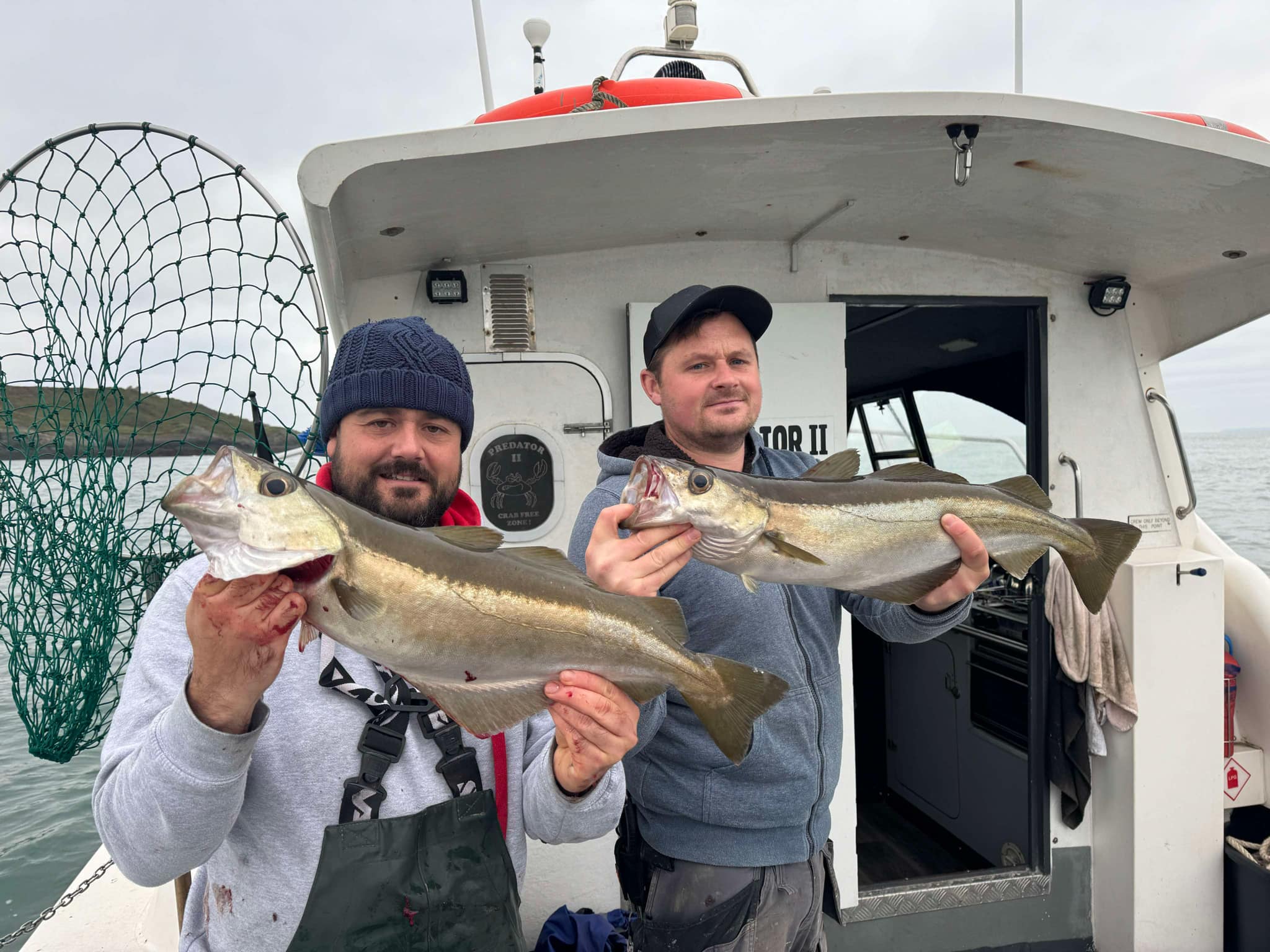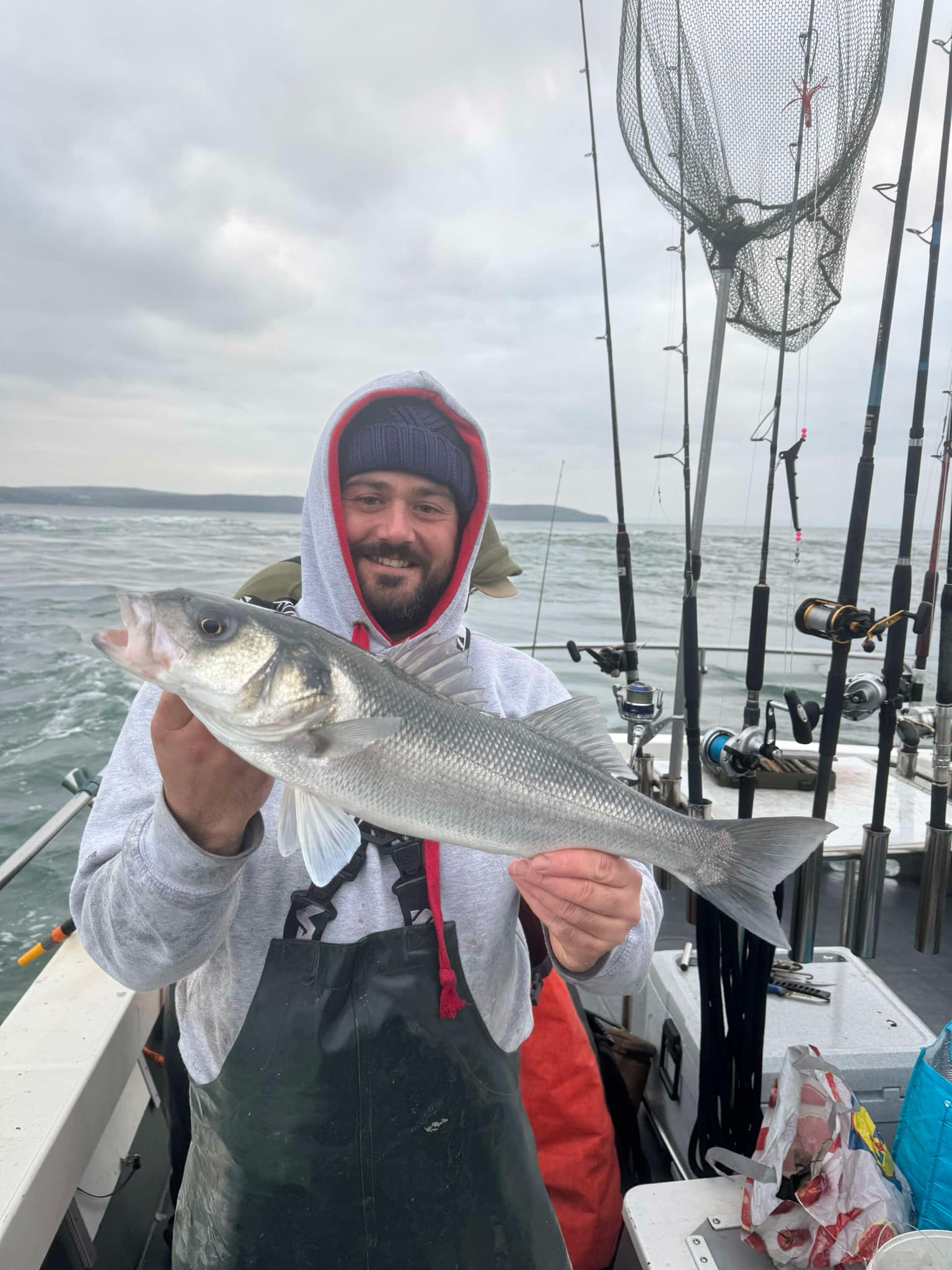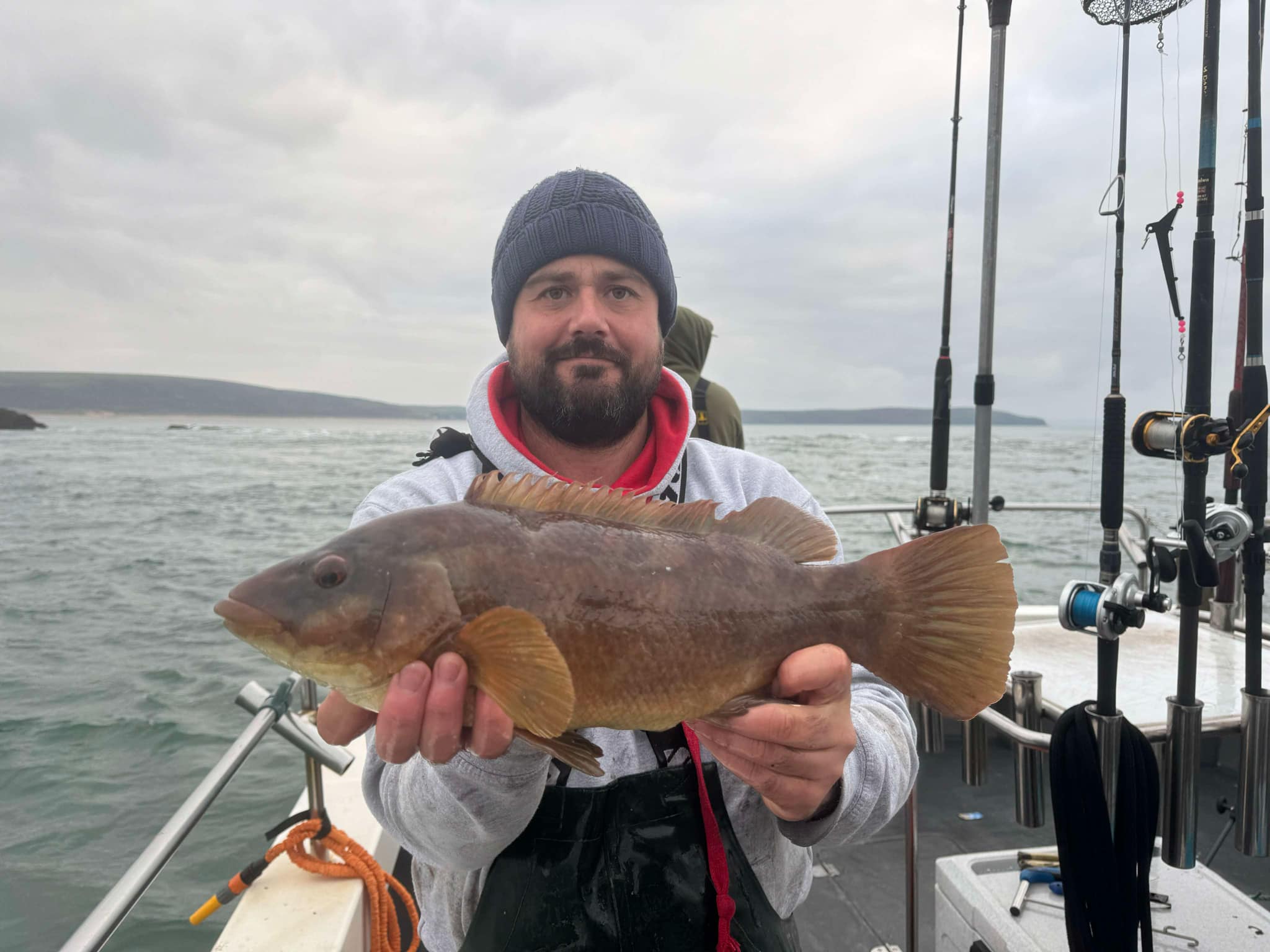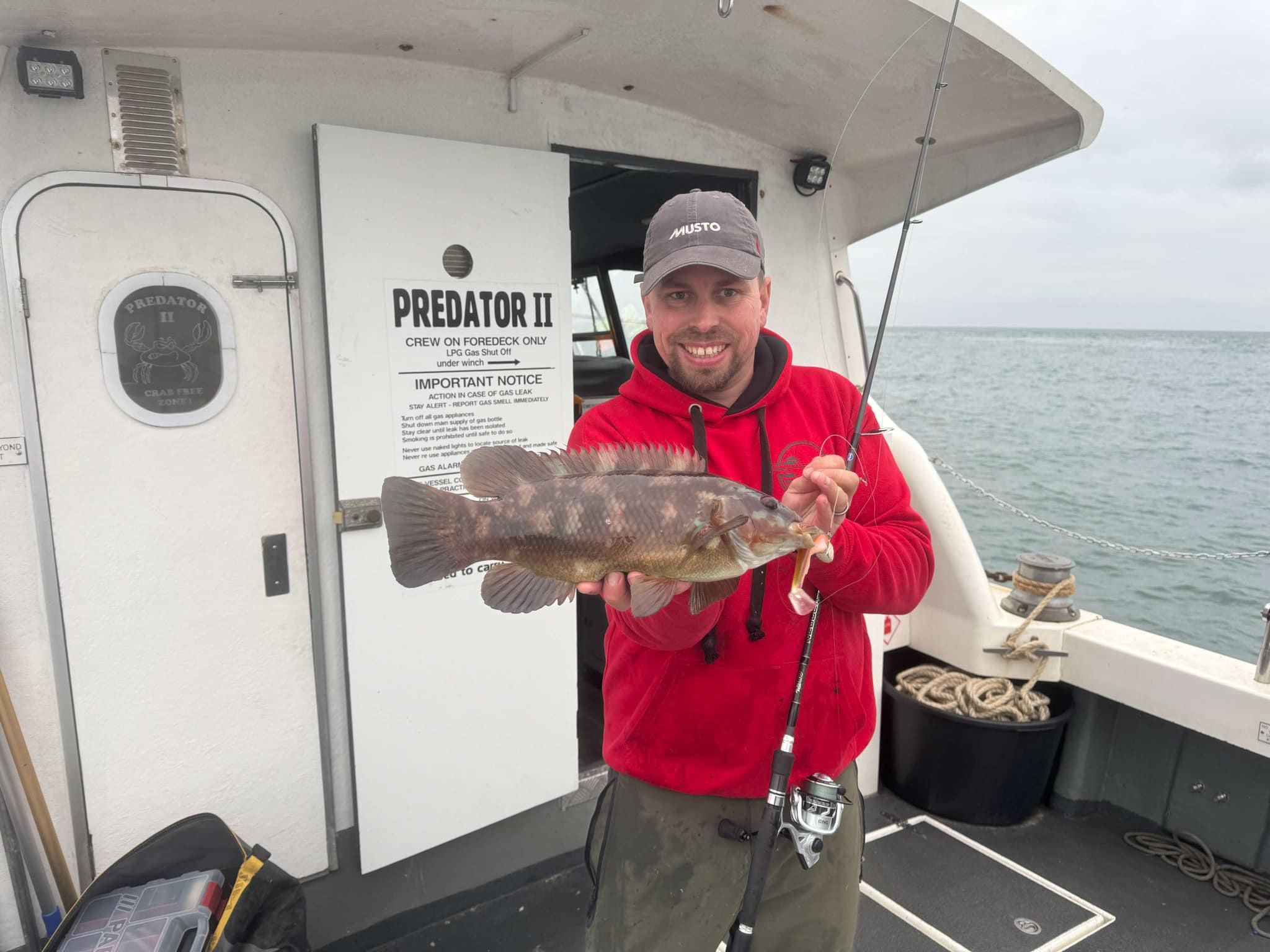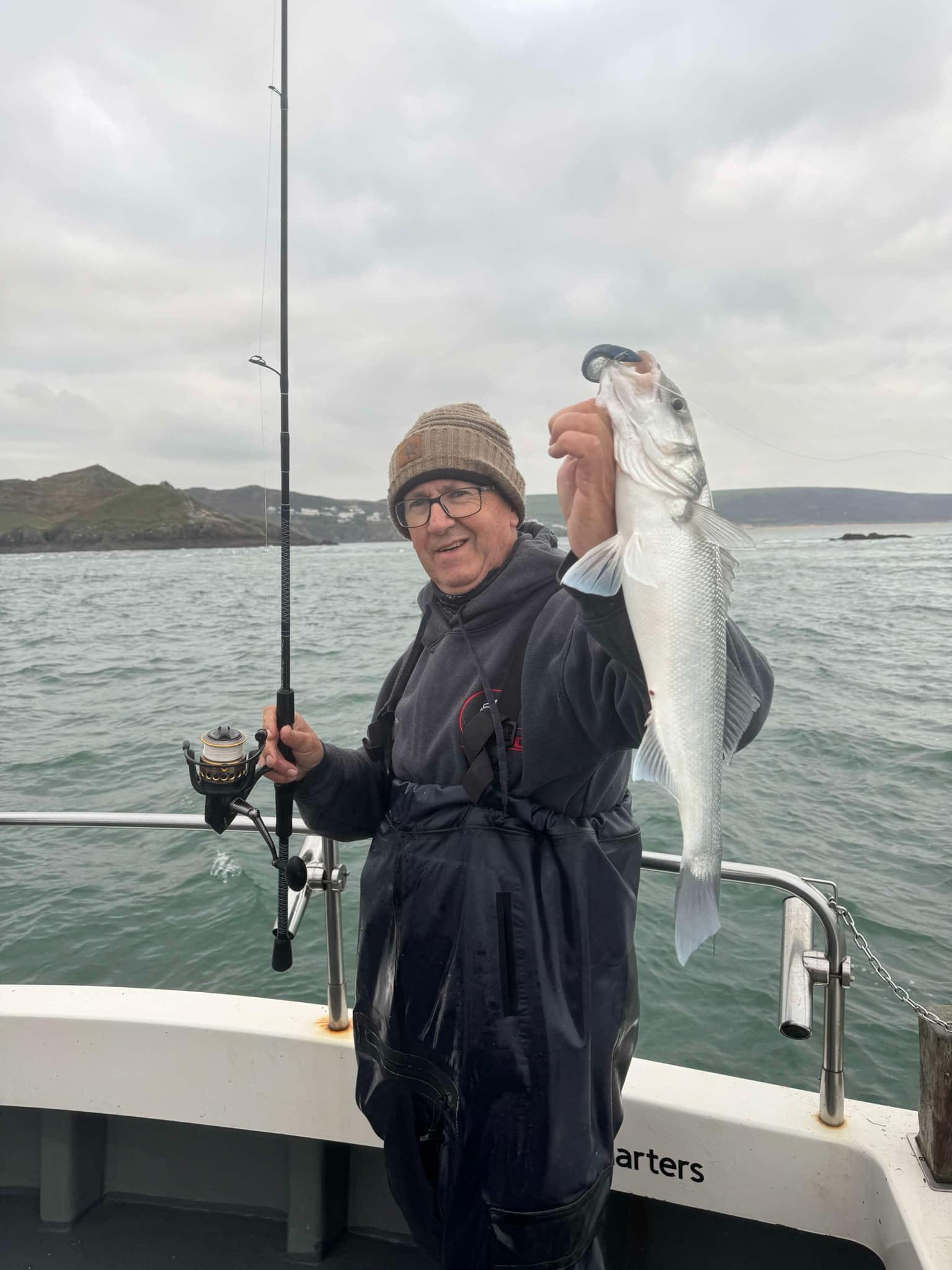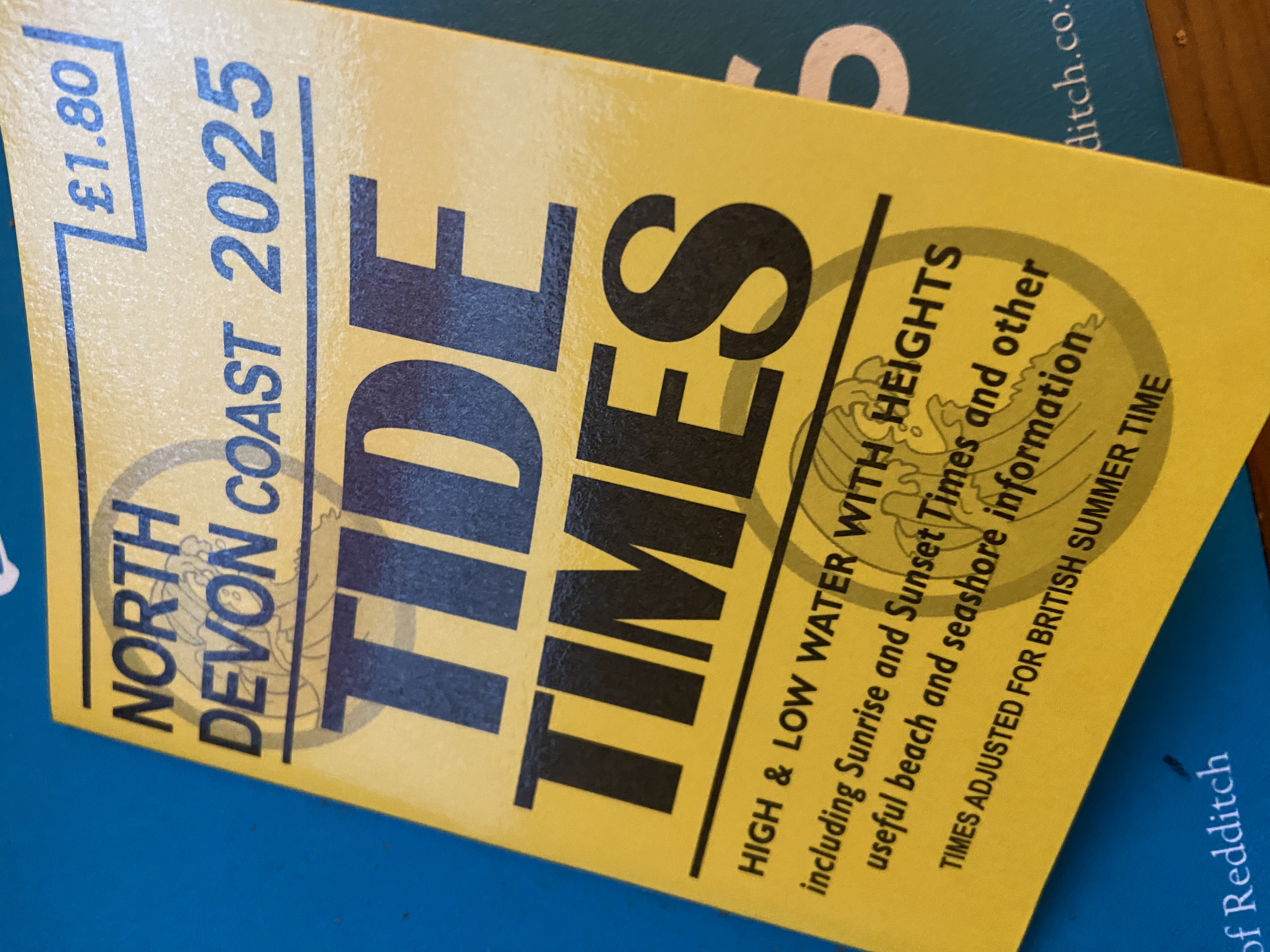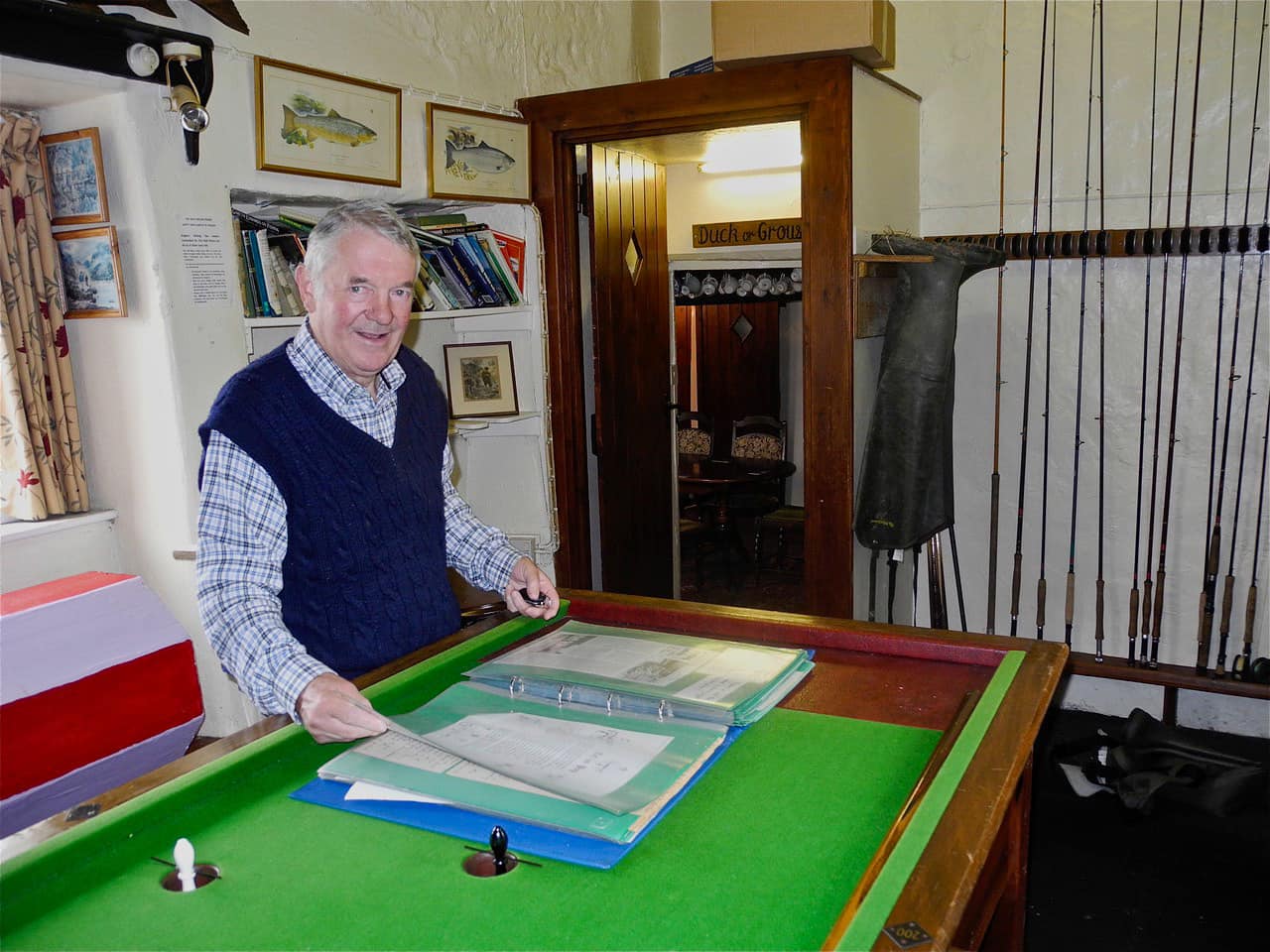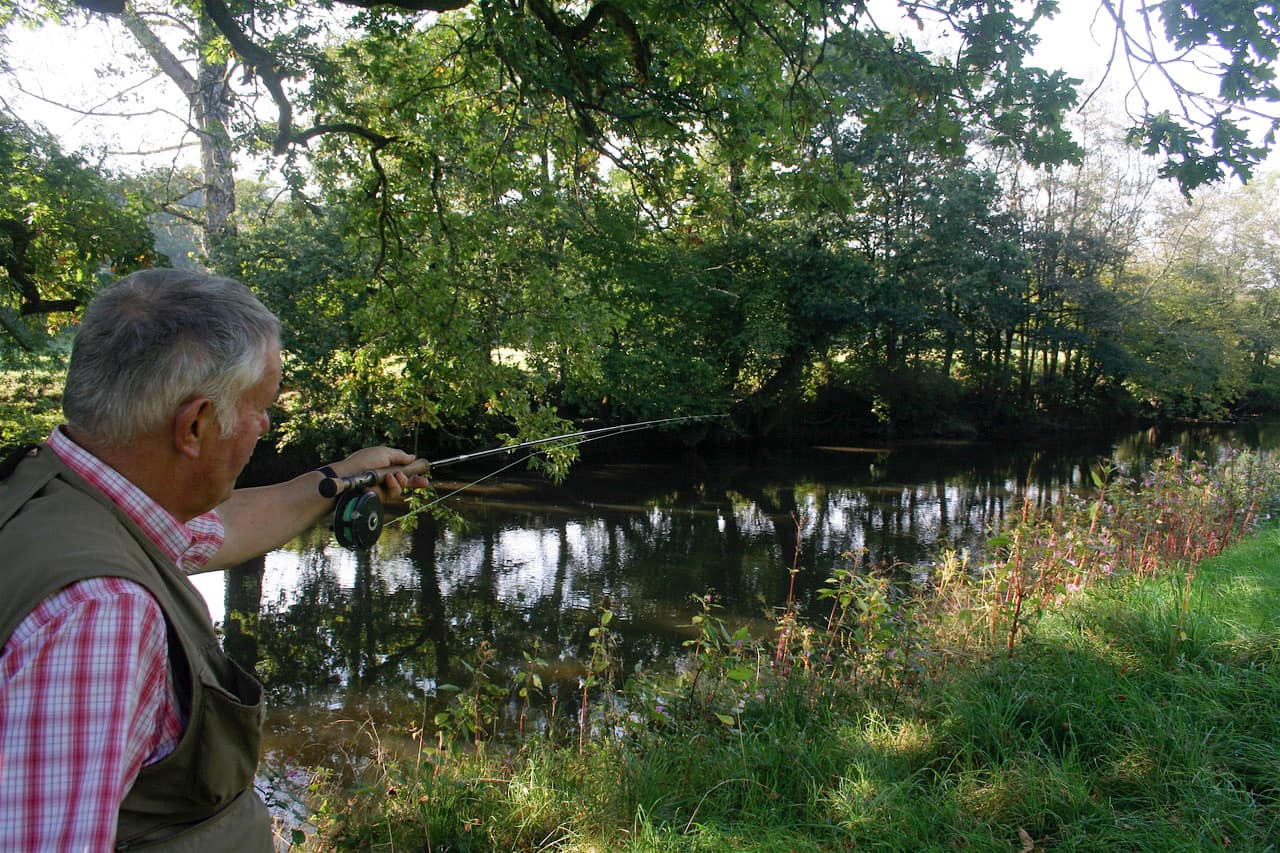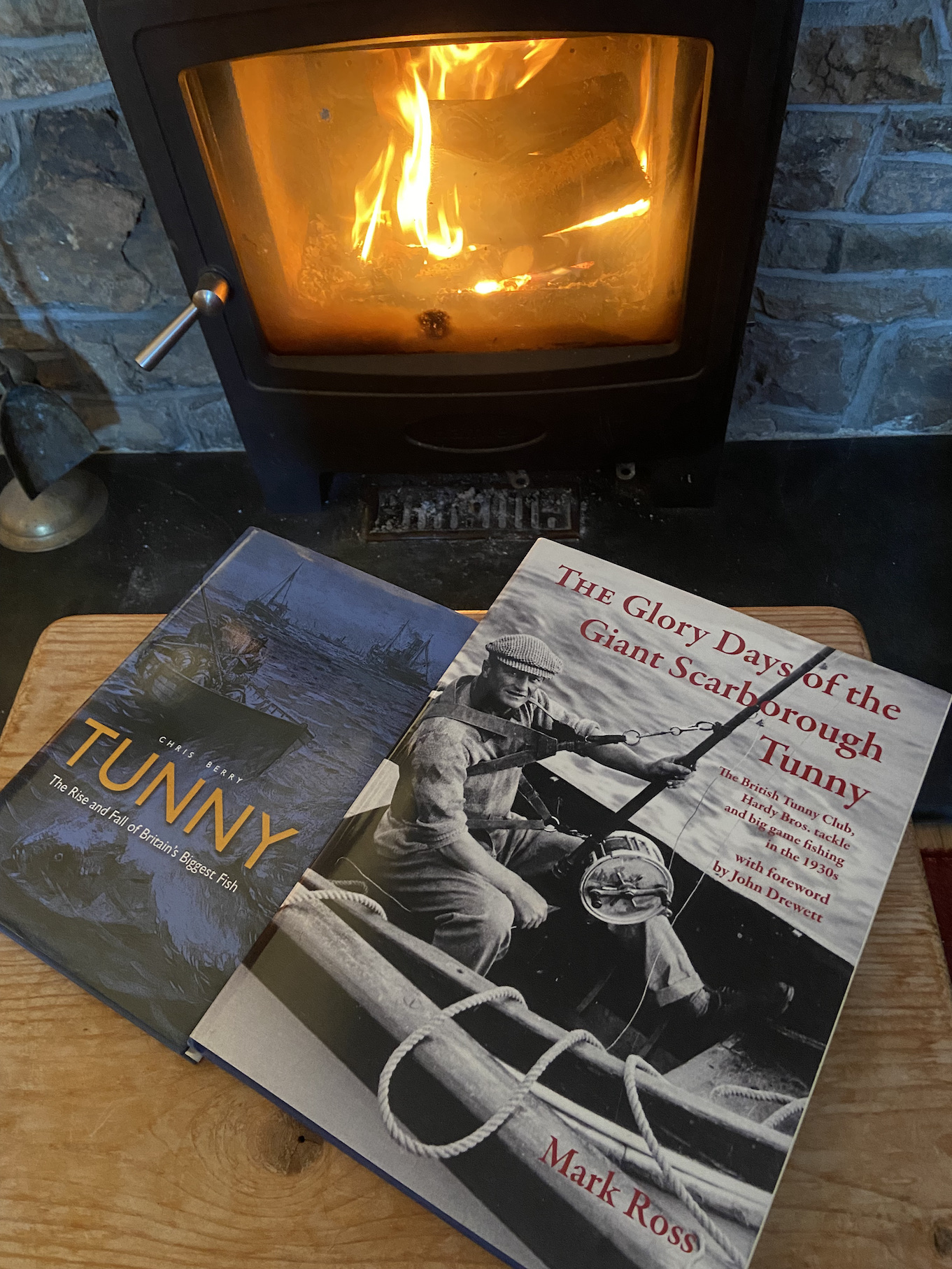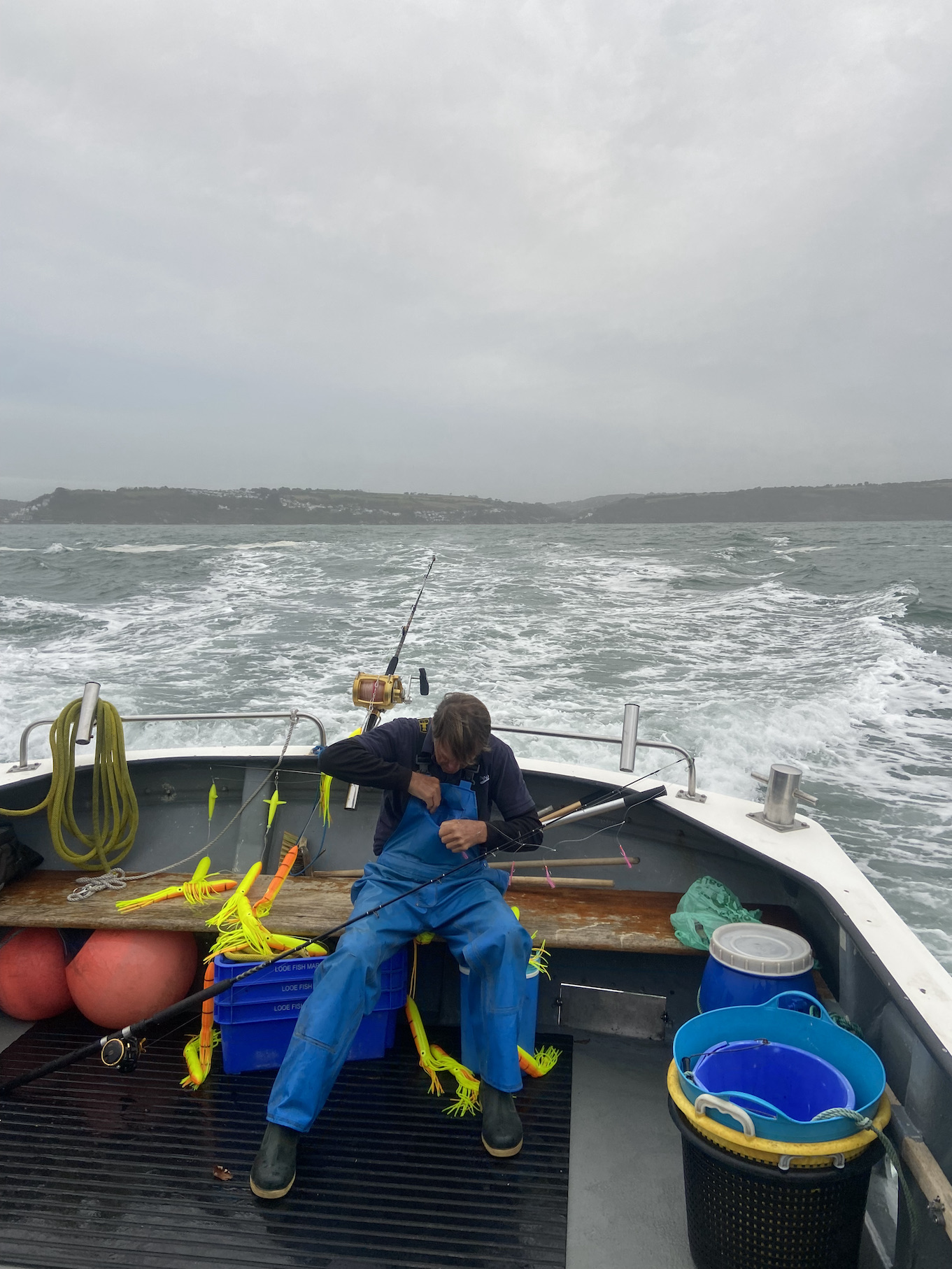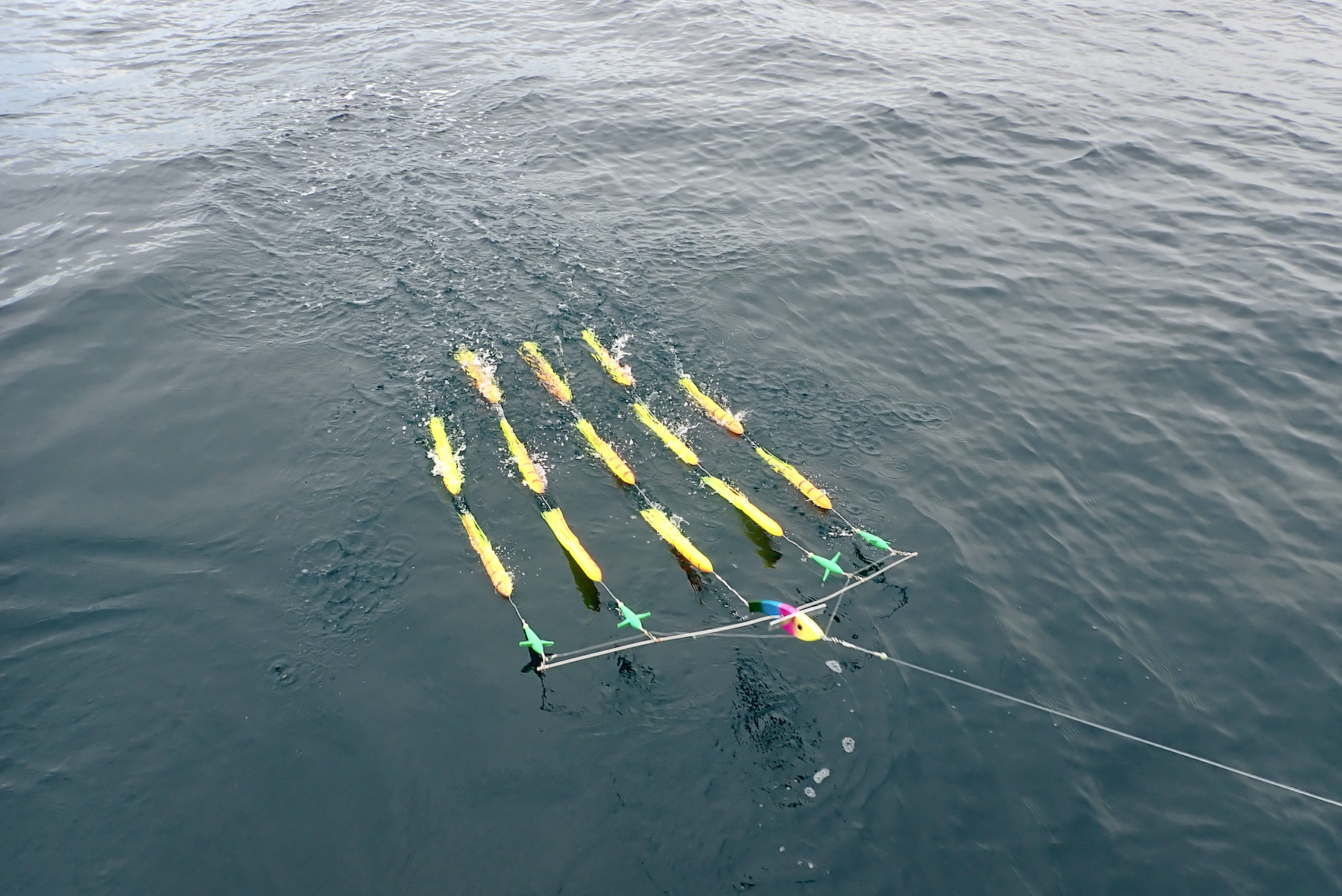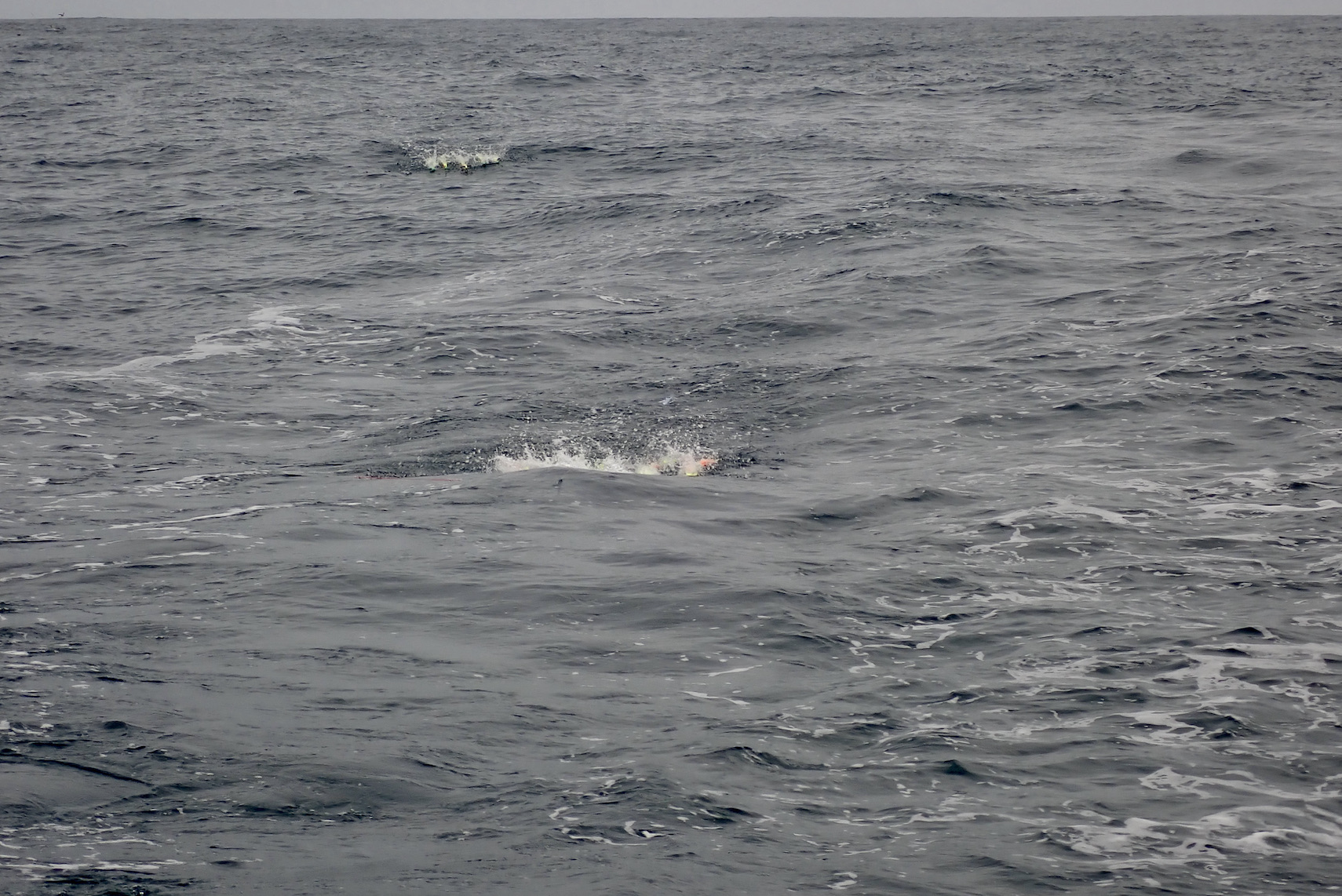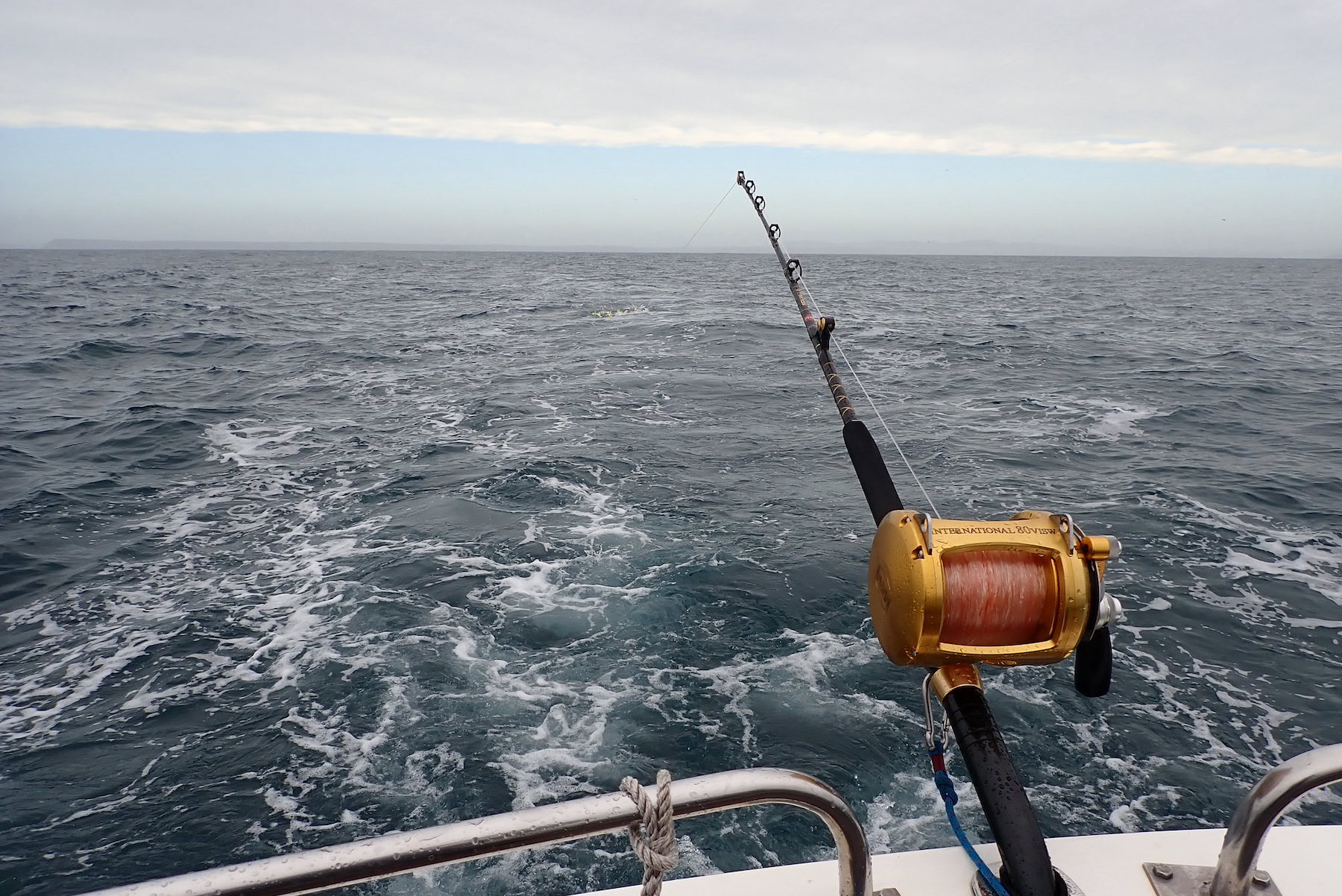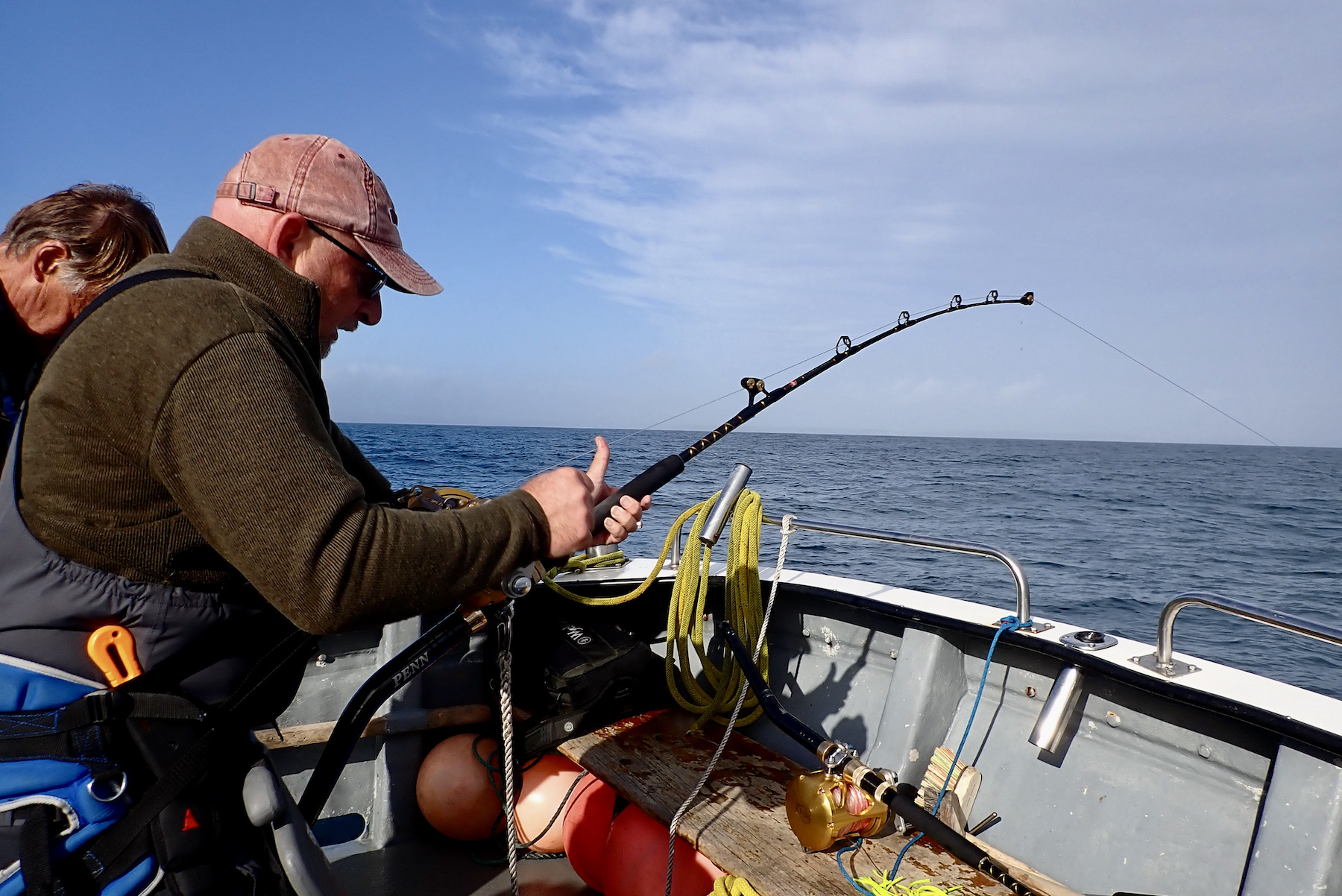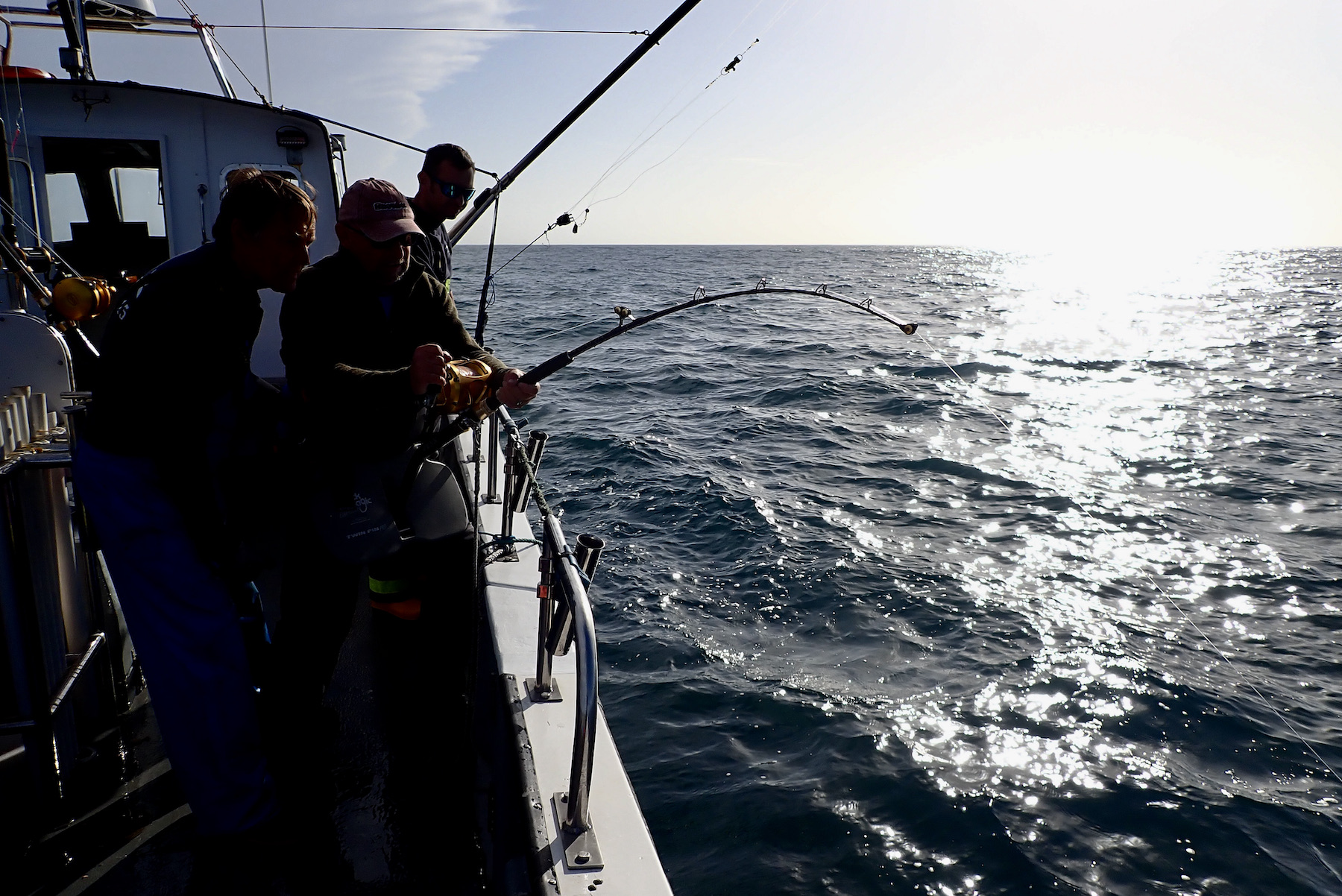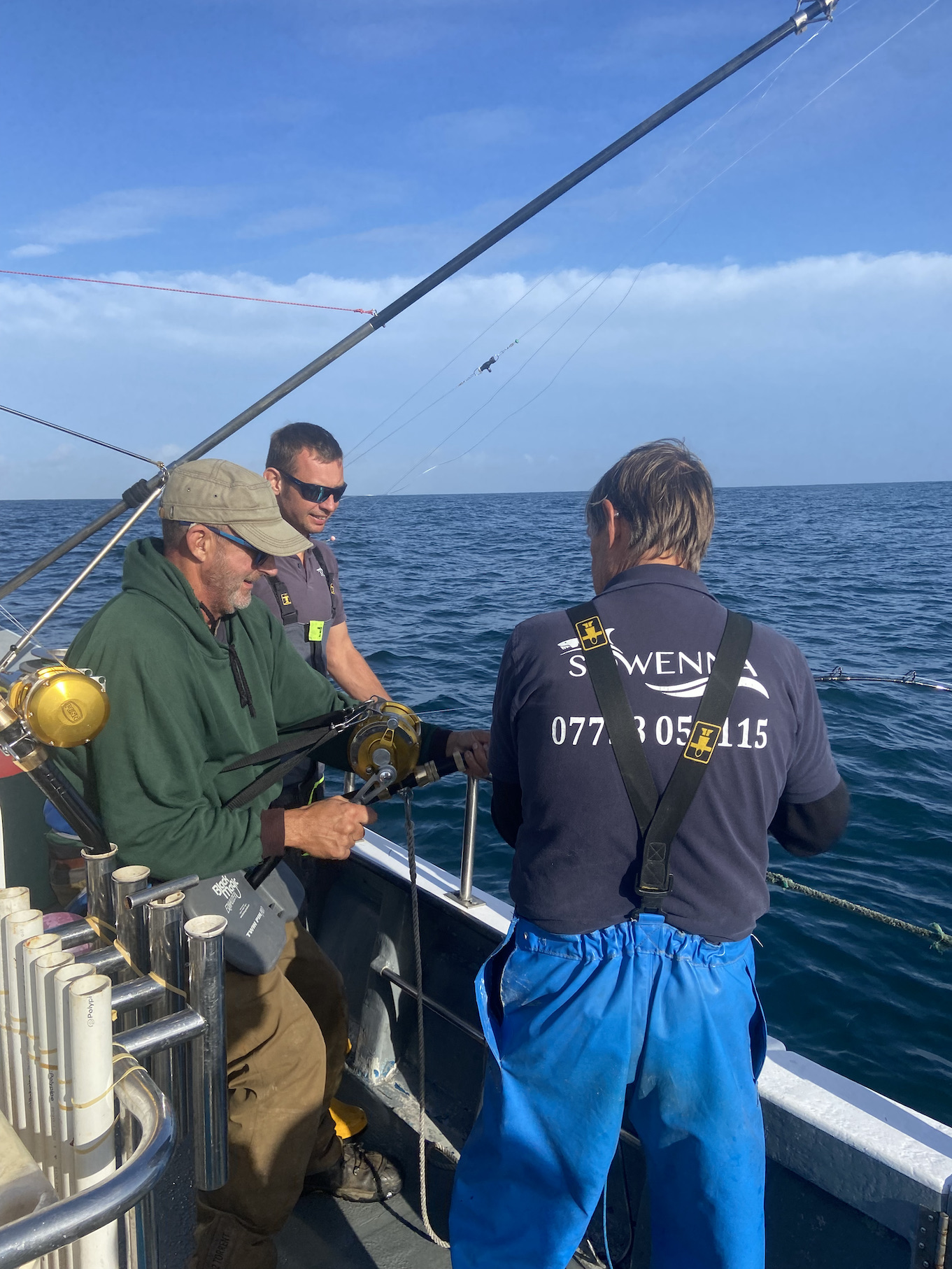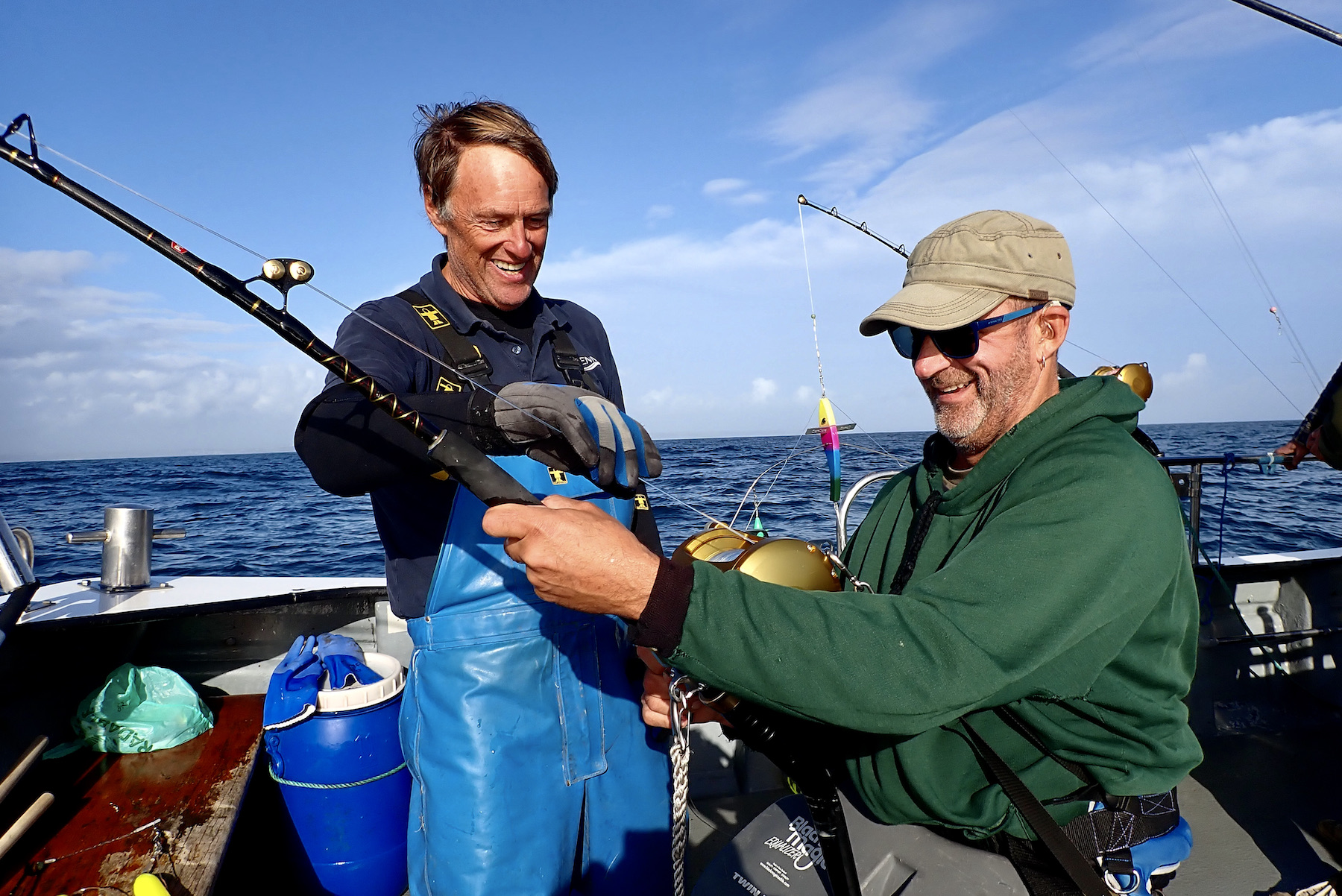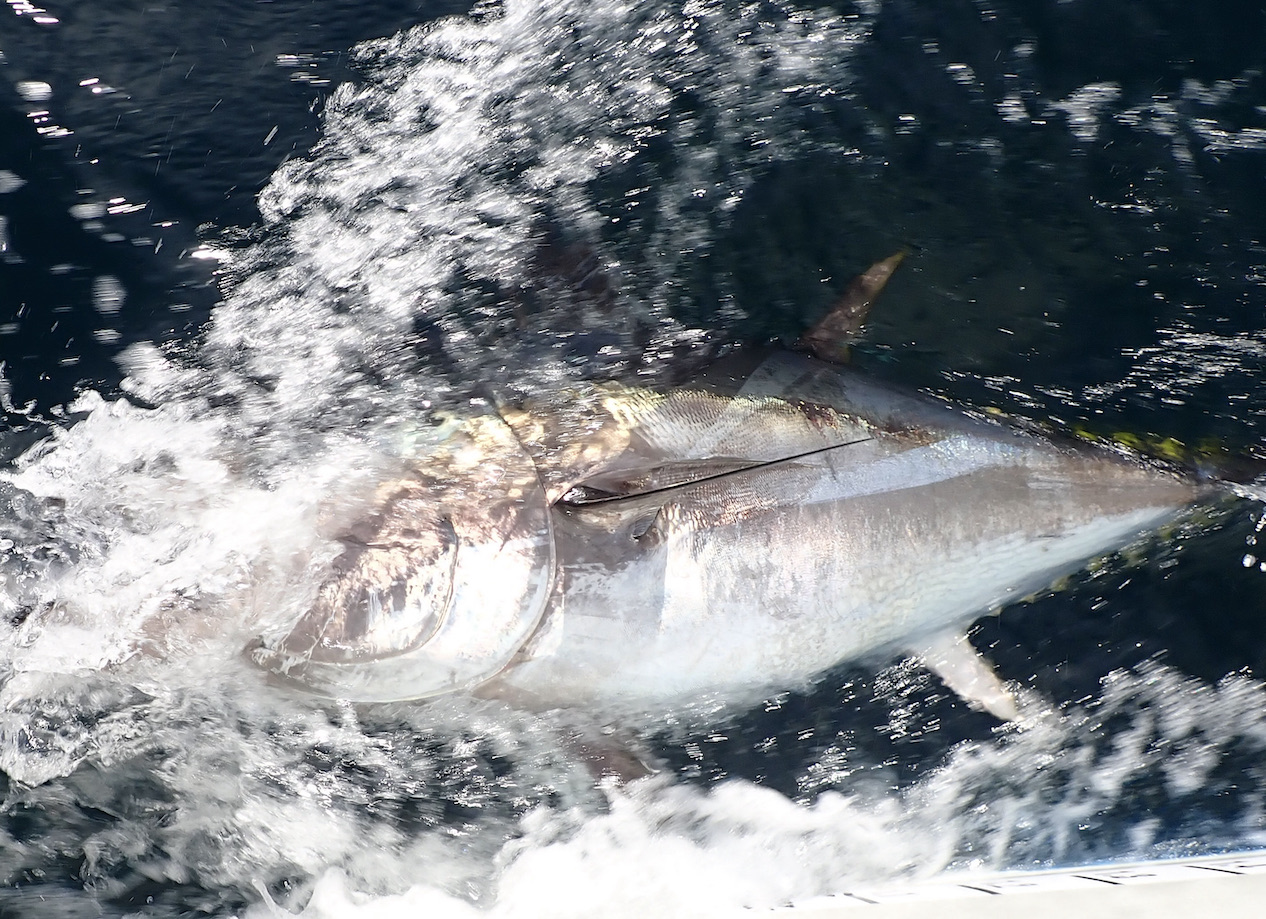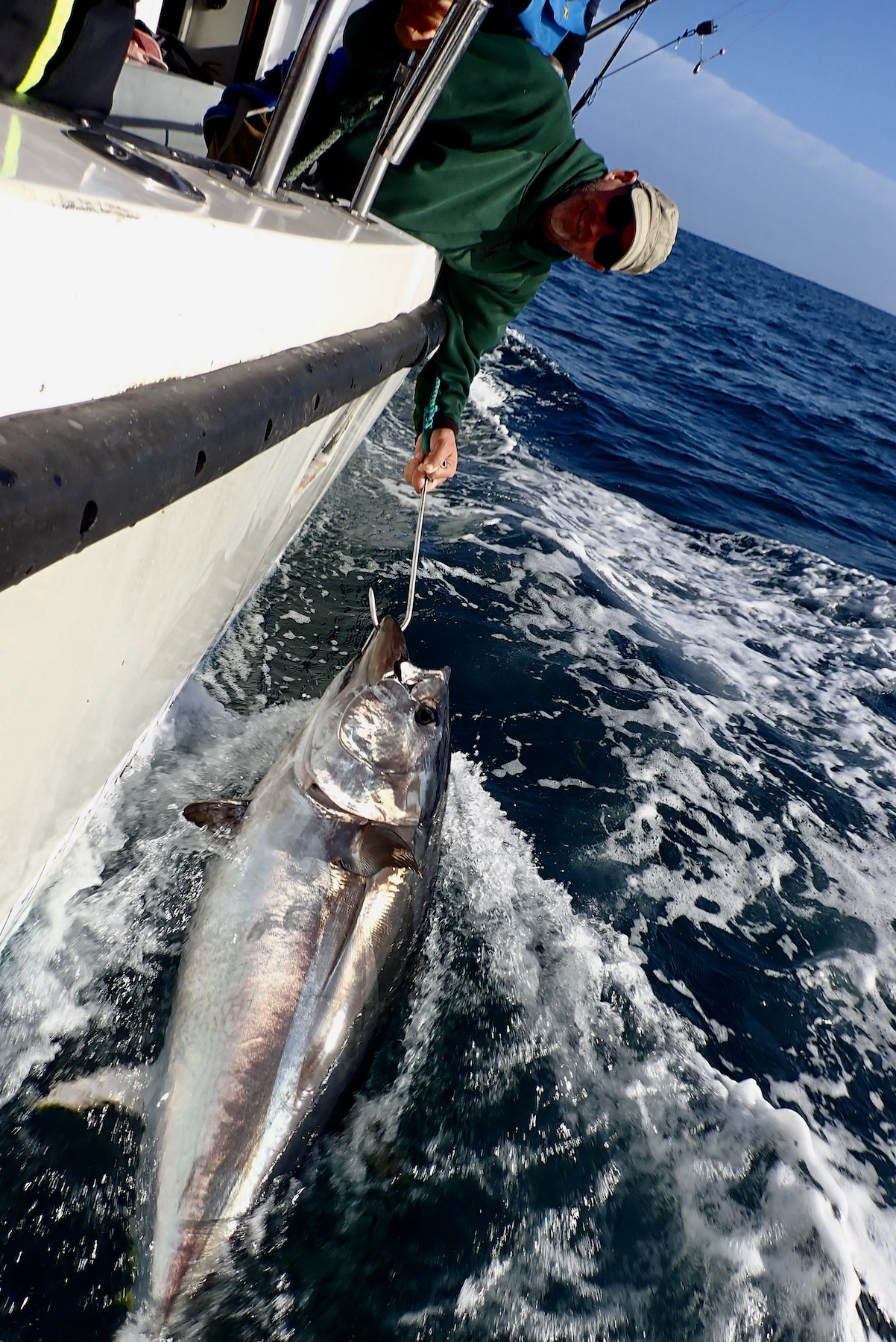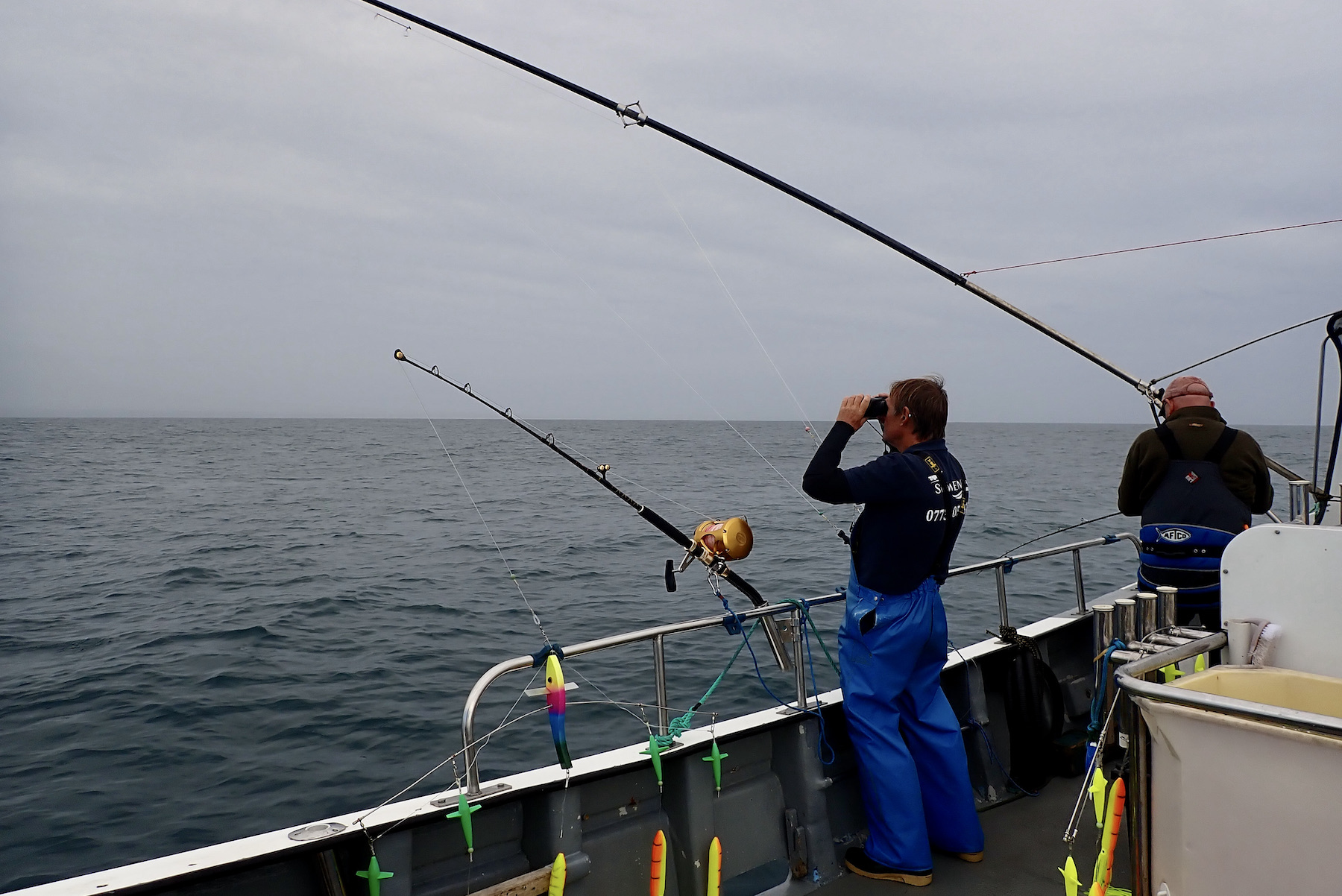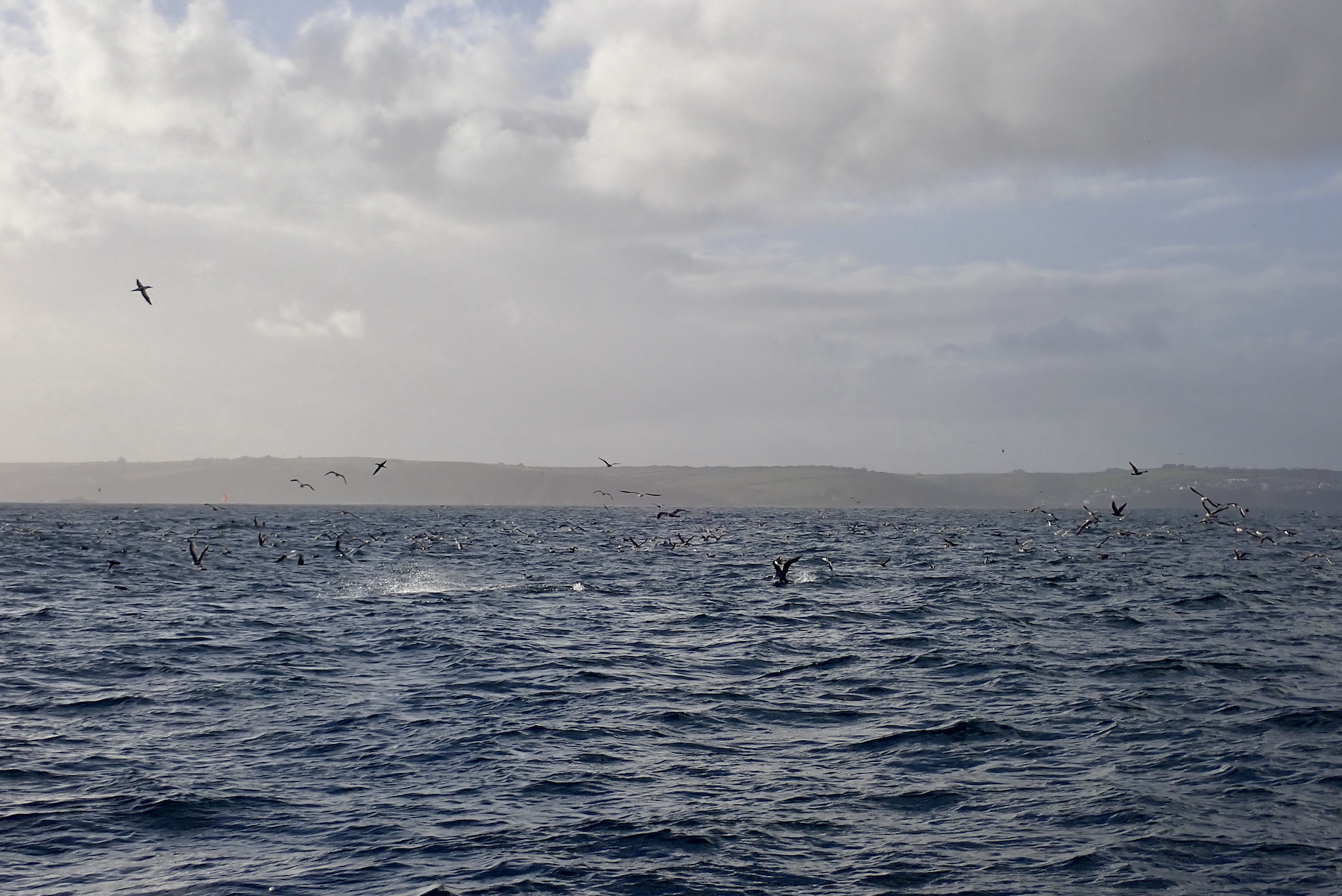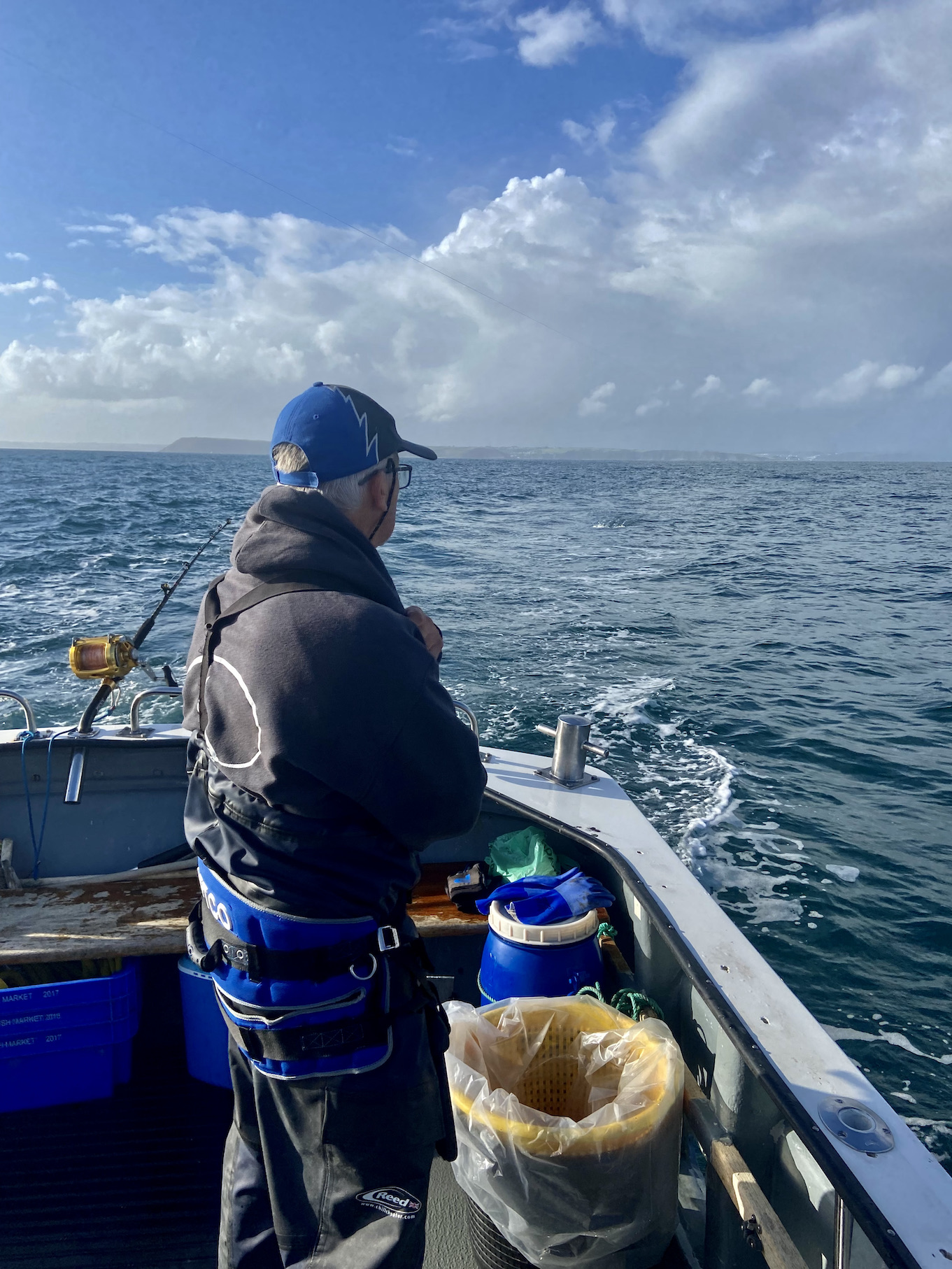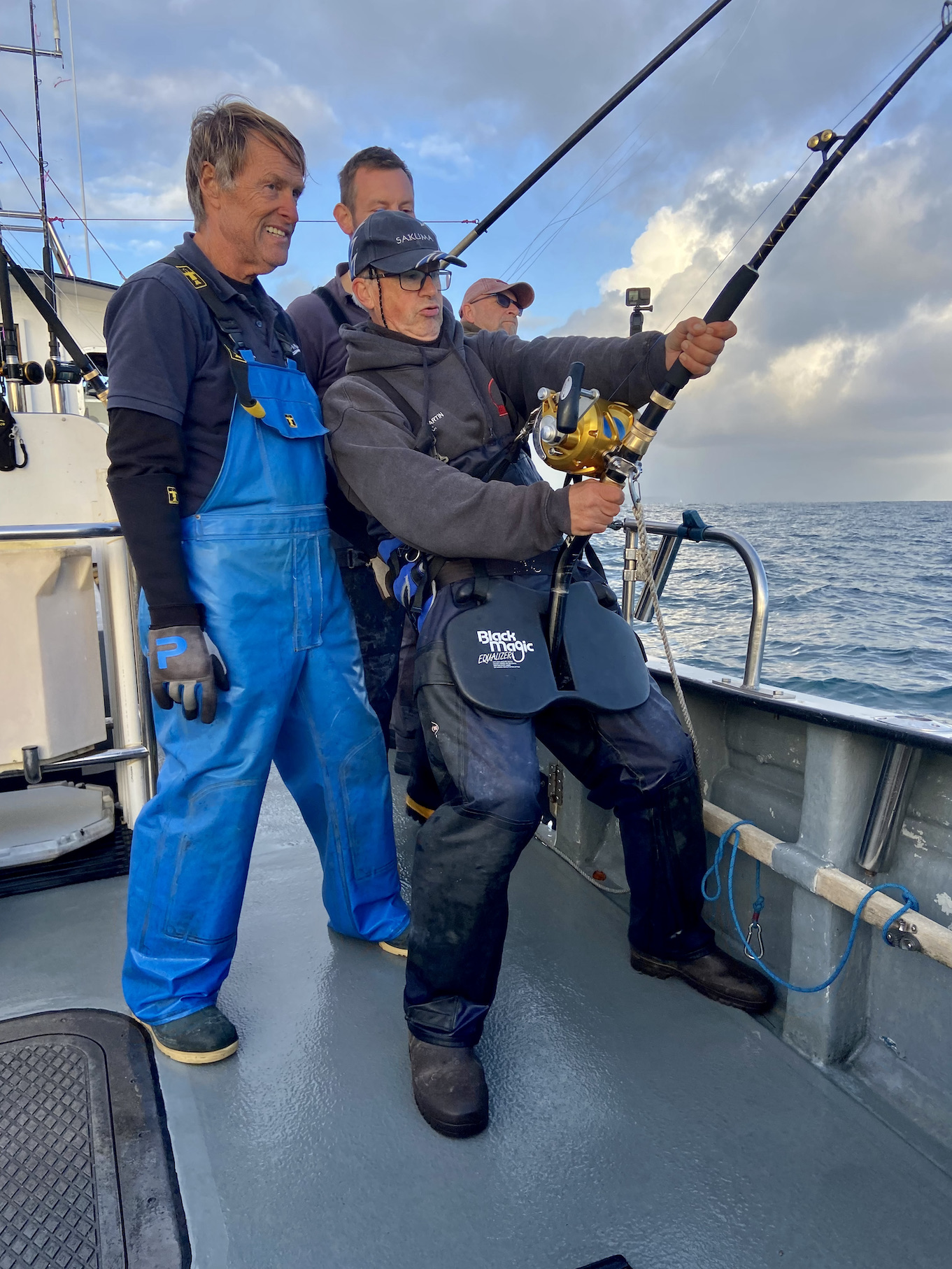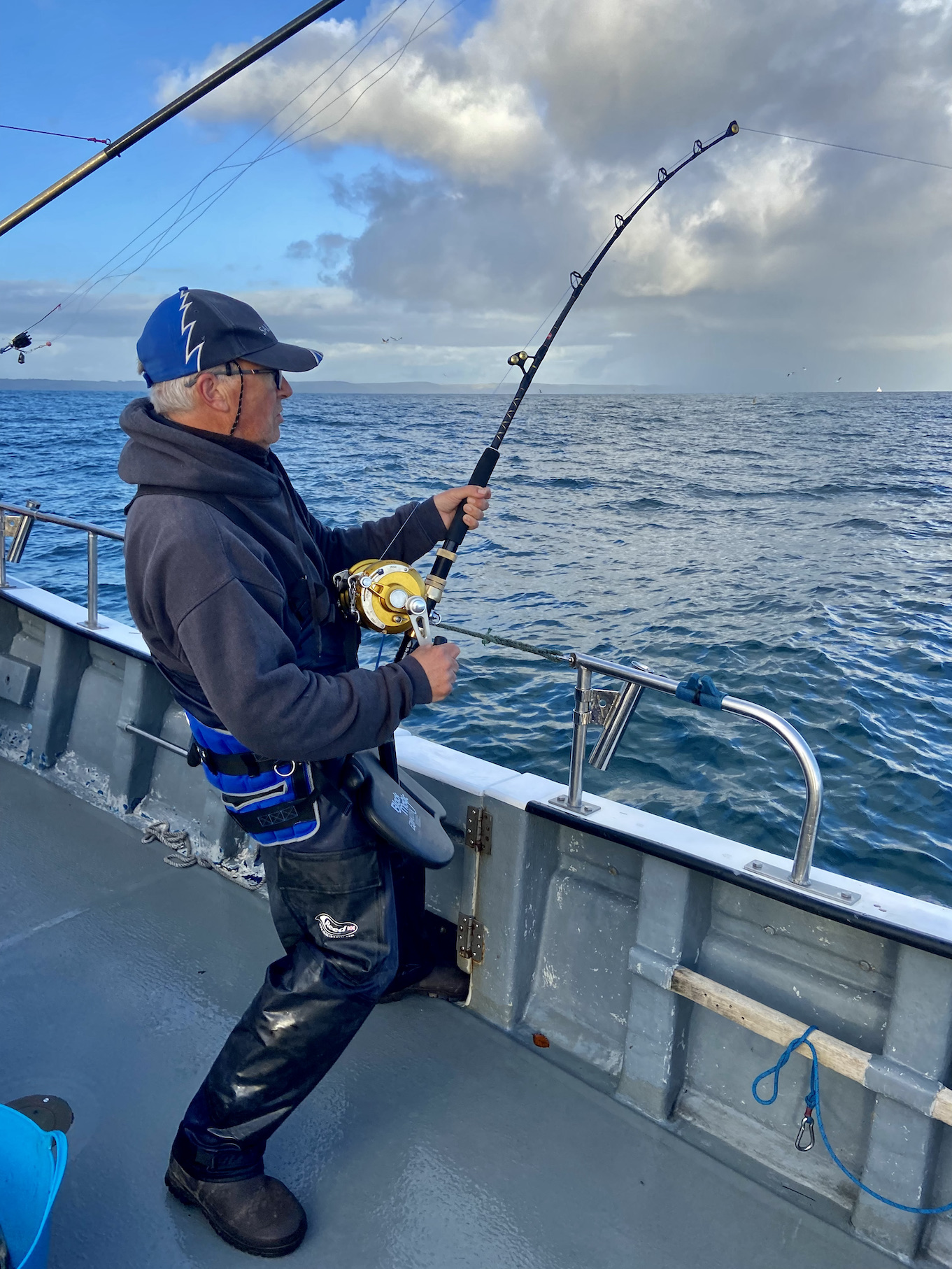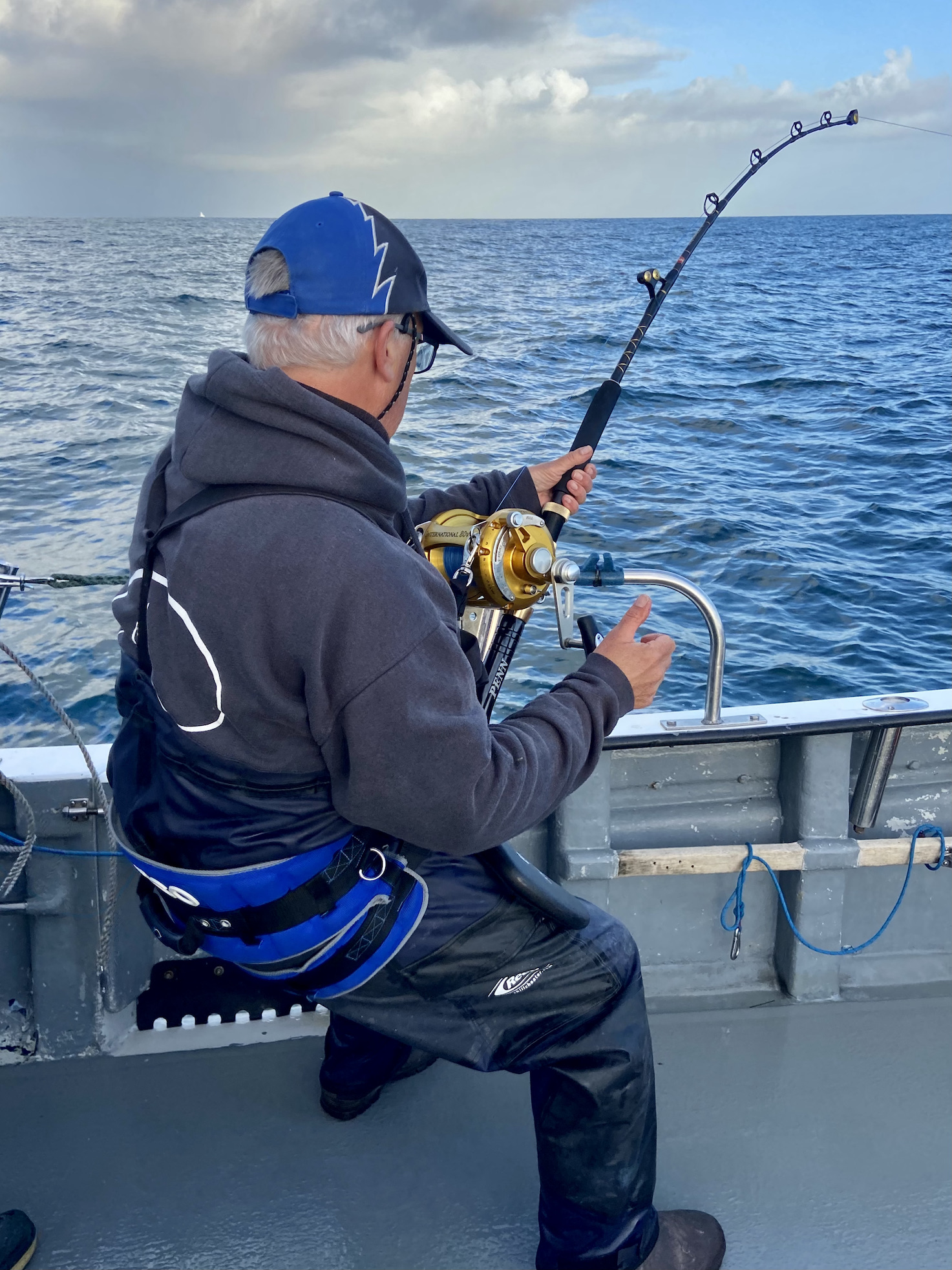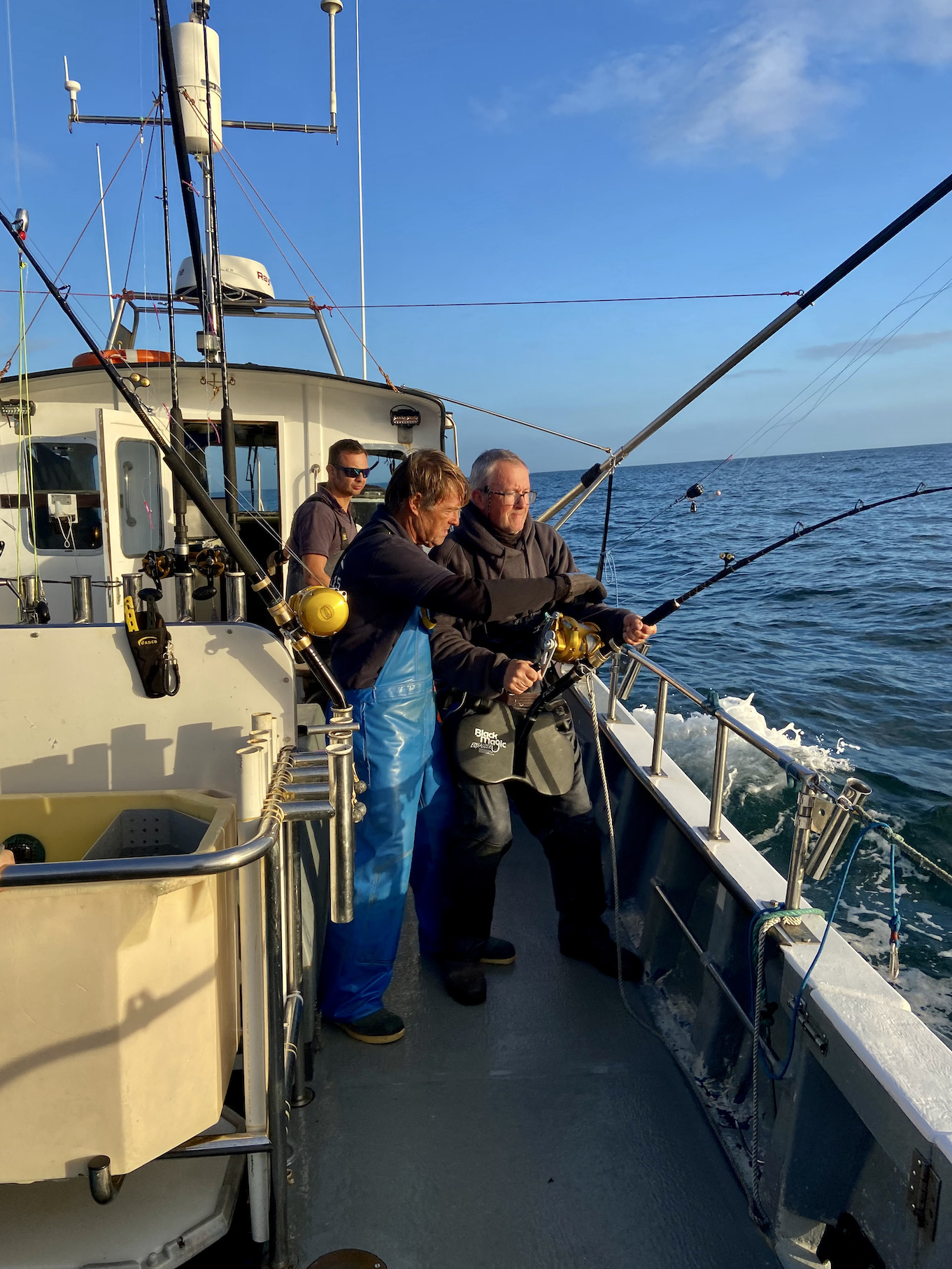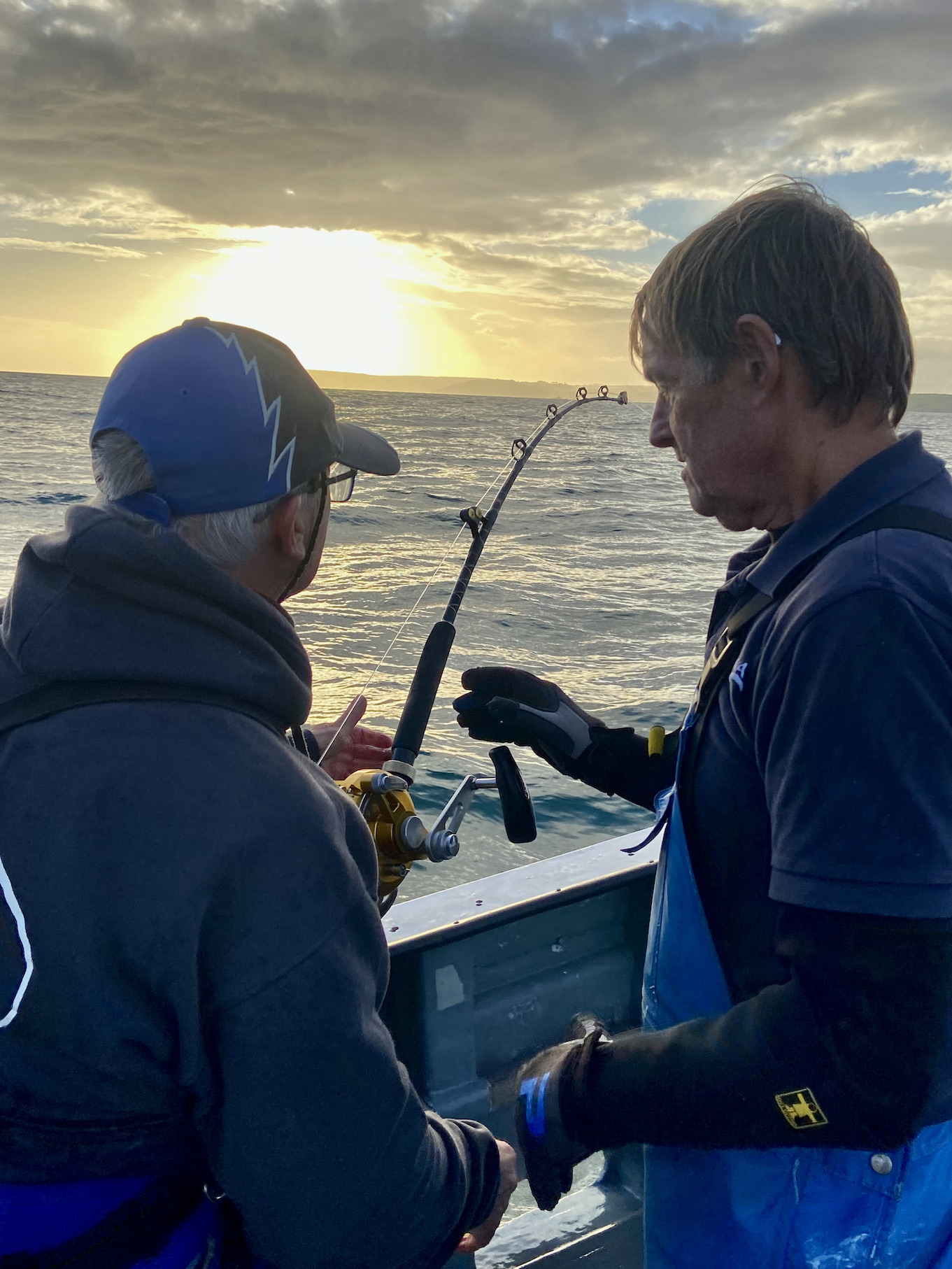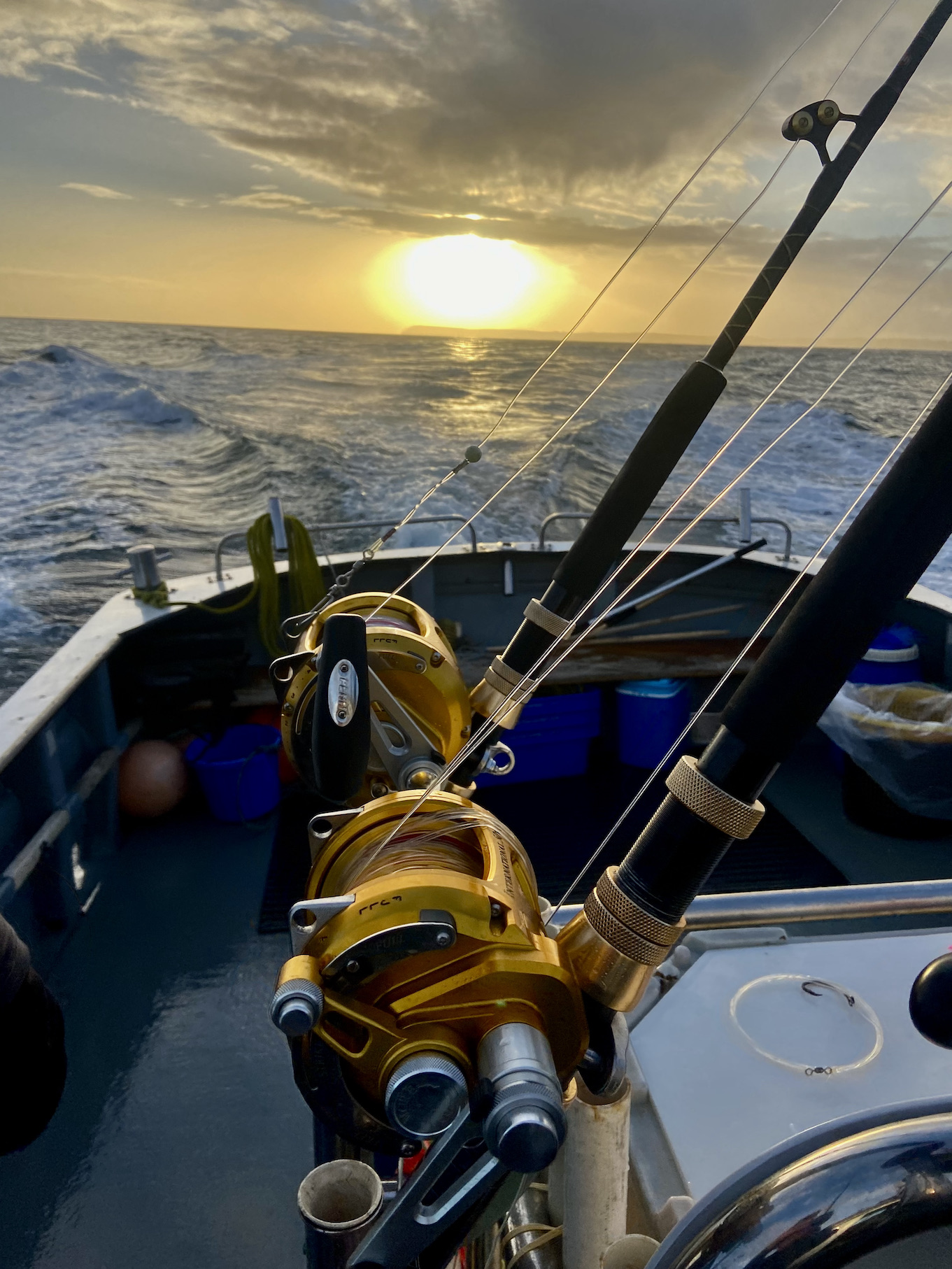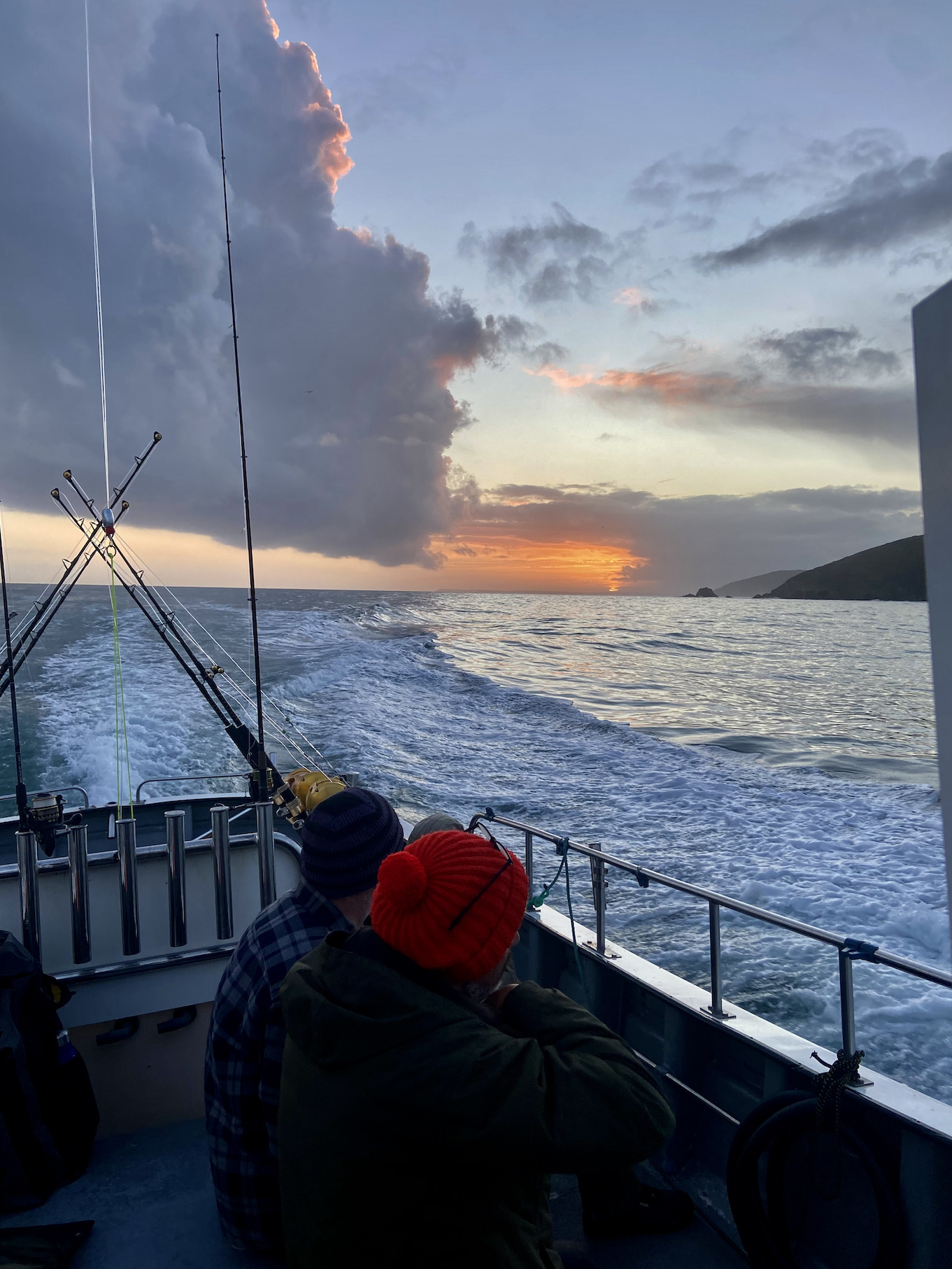Combe Martin SAC’s Six Hour Rover Result
The winning fish an eel of 18lb 10oz was caught by Jonathon Stanway with his brother Ross Stanway securing runner up spot with an eel of 12lb 2oz. Third was Ollie Passmore with an eel of 11lb 15oz.
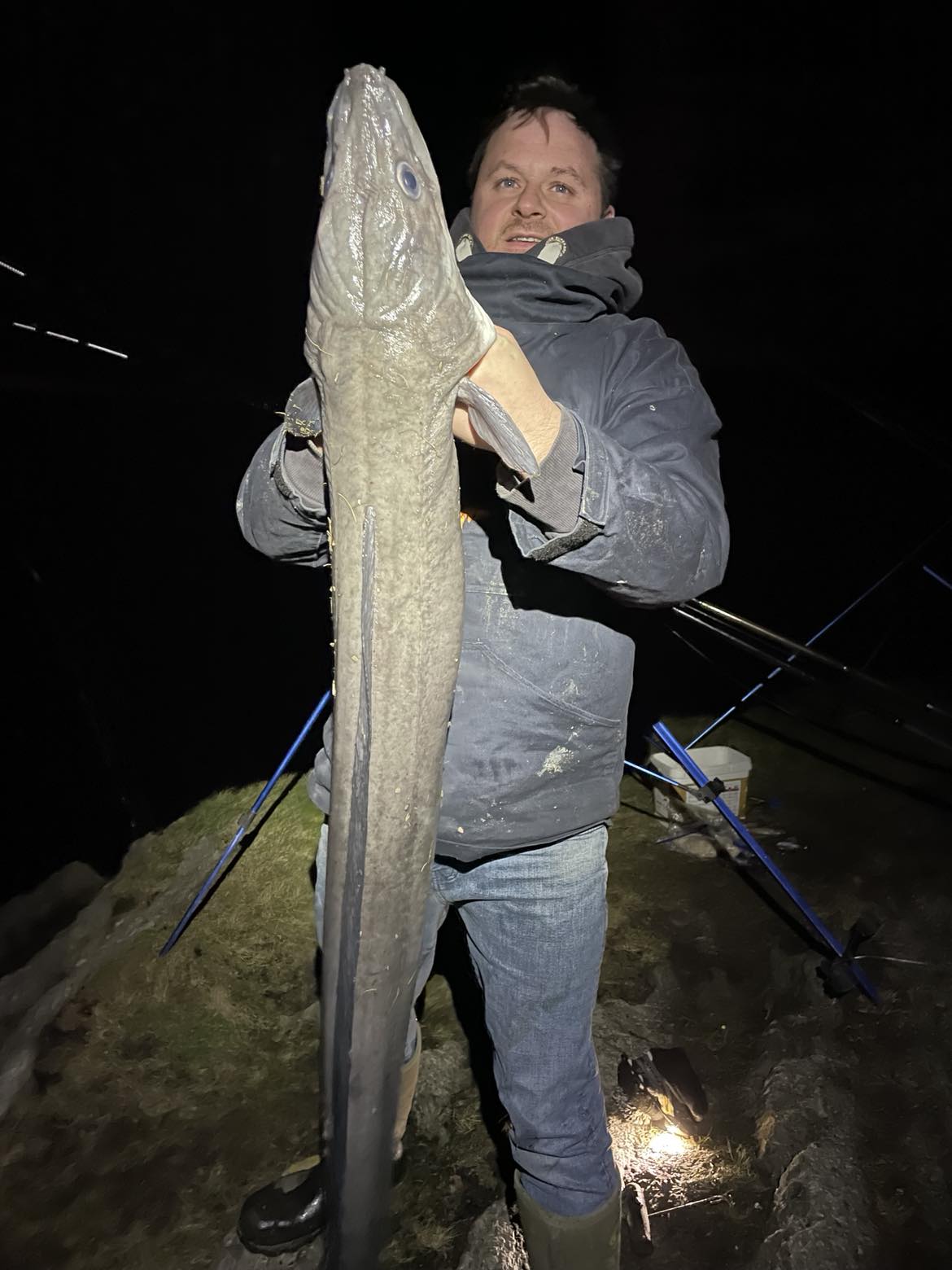
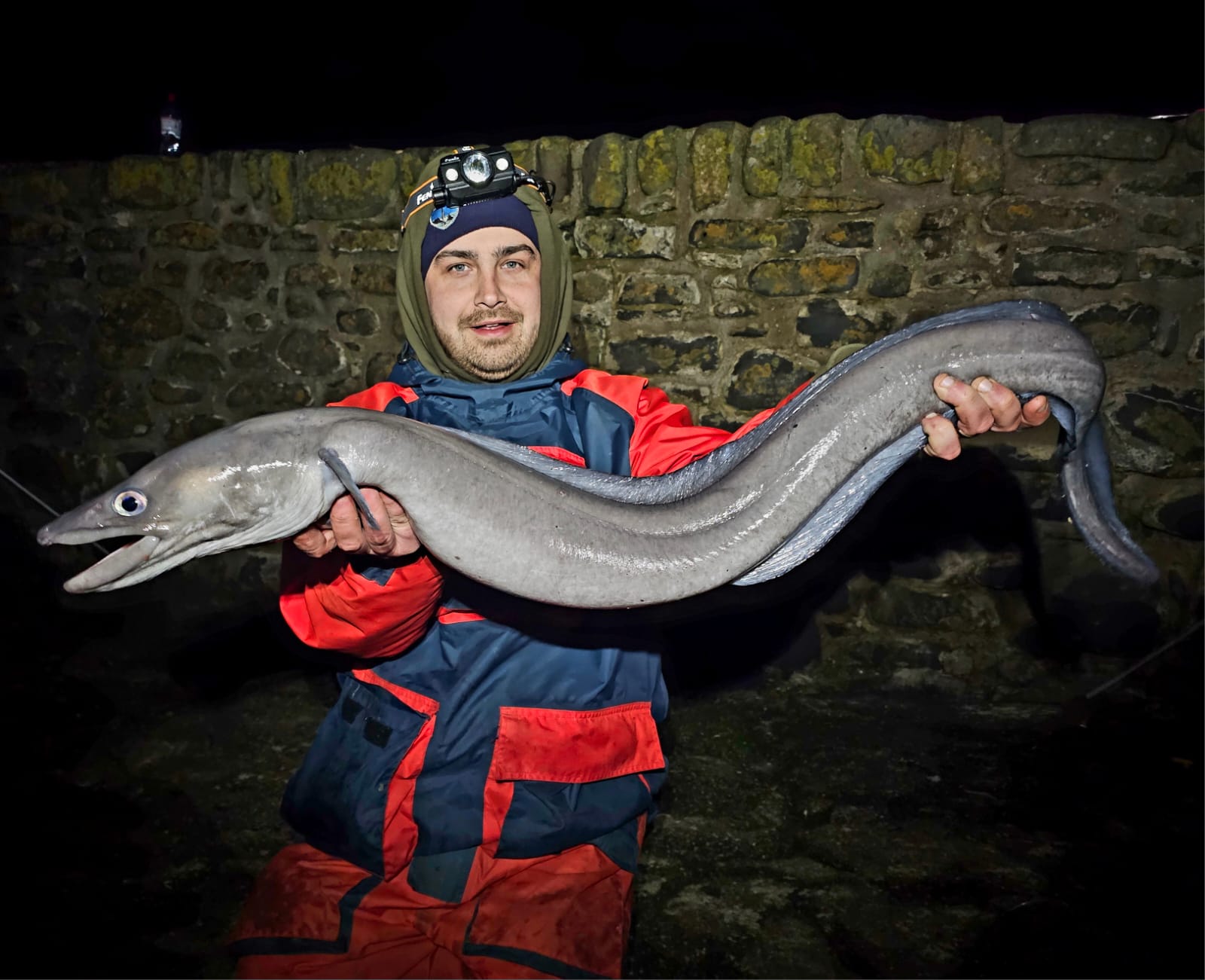

Conger dominated catches during this six hour evening competition with members fishing various marks on the North Devon Coast. The conger seemed to be on the feed in a big way. I fished with club secretary Nick Phillips and we landed close to twenty eels, sadly all were less than 10lb. I did hook what felt like a very big eel and was dismayed when the 7/0 hook I was using snapped an event that has never happened to me in over fifty years of fishing.
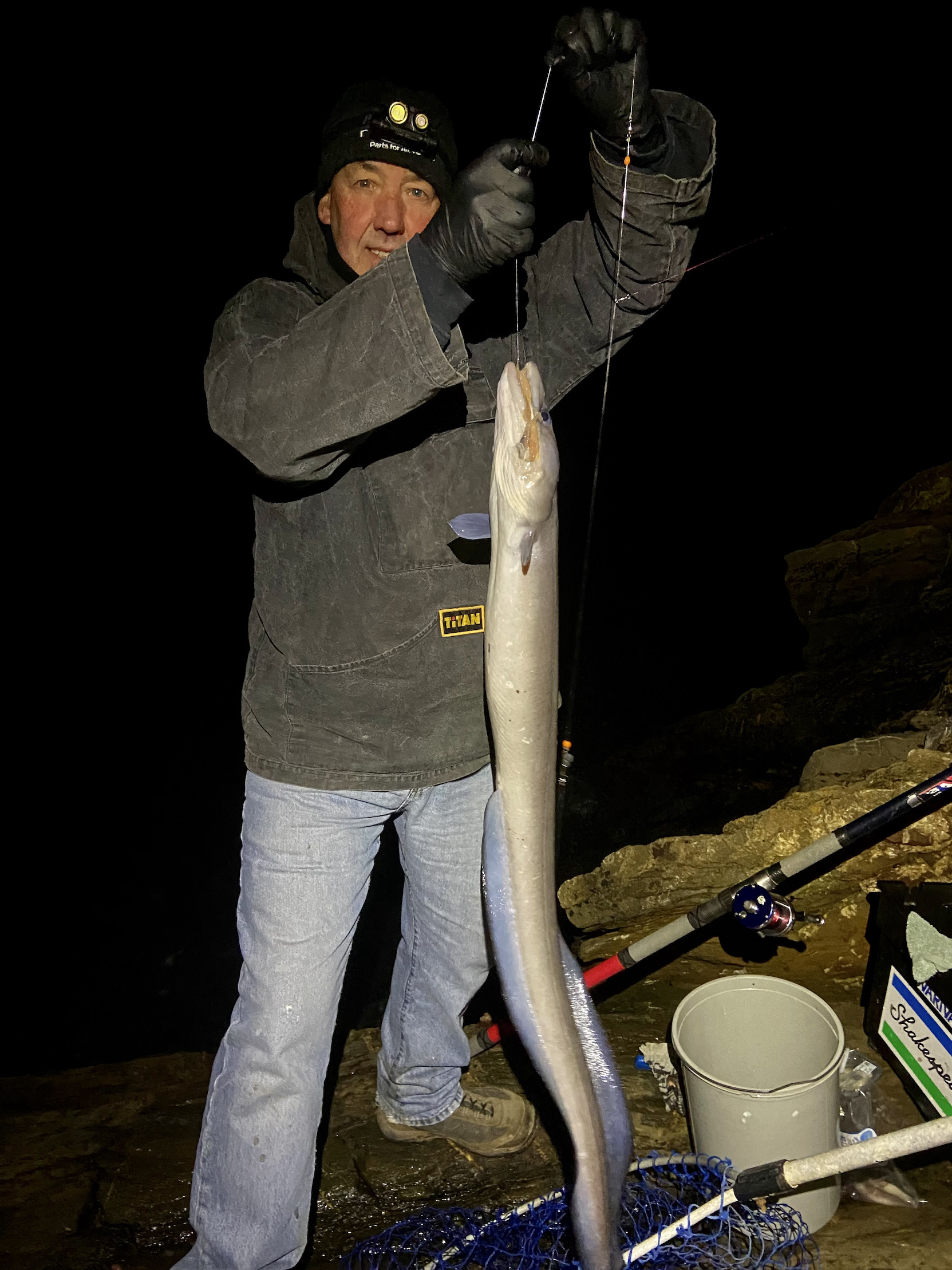
COMBE MARTIN SAC – AGM
Chairmans report
An interesting year with potential areas for the club to grow. The fun and species league based around Ilfracombe has generated an influx of new members and as a club we need to ensure this initial enthiusasm doesn’t dwindle away. How we do that is of course up to the members?
The core of the club is still specimen based but there has been a change in the way we fish with less social interaction and a more insular approach. Reduced access to the coastline is an issue as an increasing population leads to ever more restrictions on parking and access.
The challenges we face as a club are common to most clubs and we need to address areas where we can perhaps offer more to the membership. Though all a club really provides is a place to come together and share a common love of angling. It is a concern that Nick and I have been at the helm of the club for forty years or more! If there is a future then at some point some young revolutionaries will have to kick us out.
Fish recorders report
38 species from Ilfracombe Pier and harbour area!
Toby Bassett caught – 34 of them!!!
Specimens fish – 51 over 100%. Kyle landed – 20 of these
(49 in 2023)
Gilthead bream seem to thriving in the estuary and I suspect there were more 100% smoothound caught than recorded? A big change in what is being caught in the estuary with smoothound and gilthead bream caught as far up as Fremington Quay.
The winter fishing on the Open coast has been difficult with small conger and dogfish dominating catches. Good to see a few big pouting caught but the numbers of pouting and whiting are a fraction of those in past decades.
The summer bass fishing was good in the estuary and for some periods on the open coast.
I am hoping to see a big increase in fish recorded from the boats this season now that we have a Charter boat skipper in our midst. I would like to recruit a few new members wanting regular boat trips. As members they will have secure access to regular trips and a reasonable rate.
As regards to fish entries they are a valuable source of historical data for the club so please send in your fish. Either via email, Watts App, Messenger or good old phone.
2024 Trophy Winners
Cod Trophy Kyle Bishop 18lb 5oz Shore
Bass Trophy Kyle Bishop 9lb 9oz Shore
Mullet Cup Graham Snow 5lb 3oz Thick lip – Shore
Conger Cup Kevin Legge 26lb 9oz Shore
Flatfish Cup Nick Phillips Flounder 1lb 4oz
Shore Shield Ollie Passmore – Gilthead bream – 6lb 10oz
Medway Cup Wayne Thomas – tope – 41lb
Ray Shield Shane Pavio Hookway – S/E Ray 11lb 4oz
Wrasse Trophy – Kyle Bishop – ballan wrasse 4lb 8oz
Predator Award – Kyle Bishop – spurdog 15lb 3oz – Shore
Burgess Trophy Zephyr Laramy- Gilthead bream – 5lb 2oz – Shore
Scouse Shield – Ross Stanway – 1lb 2oz
D Kyte Award – Dan Welch – 6 mullet – total – 593%
Out Of Limits – Skate 136lb
Merit Award – Kyle Bishop
Thornback Cup – Shane Pavio Hookway 9lb 6oz
Specimen League – Kyle Bishop
| cod | 18lb 5oz | 152.6 | S |
| spurdog | 15lb 3oz | 151.875 | S |
| tope | 43lb 10oz | 145.417 | S |
| conger | 26lb 1oz | 130.312 | S |
| bull huss | 15lb | 150 | S |
| Smoothound | 13lb 4oz | 132.5 | S |
| 862.704 |
Runner up
| Shane Pavio Hookway | ||||
| bull huss | 11lb 12oz | 117.5 | S | |
| small eyed ray | 11lb 4oz | 112.5 | S | |
| bass | 7lb 4oz | 90.625 | S | |
| conger | 20lb 5oz | 101.563 | S | |
| pouting | 1lb 6oz | 91.667 | S | |
| thornback ray | 10lb | 90.909 | S | |
| 141.667 | S | |||
| 746.431 | ||||
Fish of the season –
Winter – Kyle Bishop – cod – 18lb 5oz 152.6%
Spring – David Brooke – gilthead bream 4lb 1oz – 135.417%
Summer – Ollie Passmore – Gilthead Bream – 6lb 10oz – 220.833%
Autumn – Graham Snow – Thick Lipped – 5lb 3oz – 129.688%
ILFRACOMBE HARBOUR SPECIES AND FUN
I spent an hour or so working through the results of the 2024 Combe Martin SAC – Ilfracombe Harbour fun & Species Competition the results are below.
Well done to all who have taken part throughout the year. We had a very good uptake at the start of the year and special thanks go to Toby for his enthusiasm and efforts in recruiting new members. The number of species caught across the membership was amazing. The club sub group has added a different dimension the club and it is essential that this is continued. The club has its AGM on Friday 31st at the Mariners Arms, Braunton and it would be really good if as many as possible attend. This is your club and ideas are required.
I suggest we have a sub group coordinator or maybe a meeting at Ilfracombe for a chat and get together and maybe a combine with the first fish of the year.
To continue the club species total accumulator on both an annual and ongoing basis.
Arrange events throughout the season maybe Winter, Spring , Summer & Autumn. Plus at least one social meet at Ilfracombe in conjunction with one of these events?
Please Bring ideas to the AGM….
Total Number of species caught by club members – 38
1st – Toby Bassett – 34
2nd – Daniel Welch – 31
3rd – Ross Stanway – 30
4th – Nigel Oliver 24
5th – Gary Prout 21
6th– Lenny Lake – 19
7th Solly Welch – 18
7th – Ted Childs – 18
8th Paul Lorrimore – 13
9th – Charlie Stanway – 10
10th – Andrew Laramy -9
Zephyr Laramy – 9
Wayne Thomas – 9
11th – Jake Stanway – 7
12th – Matt Childs – 6
A sub group meeting is to held to look at how the league will proceed in 2025.



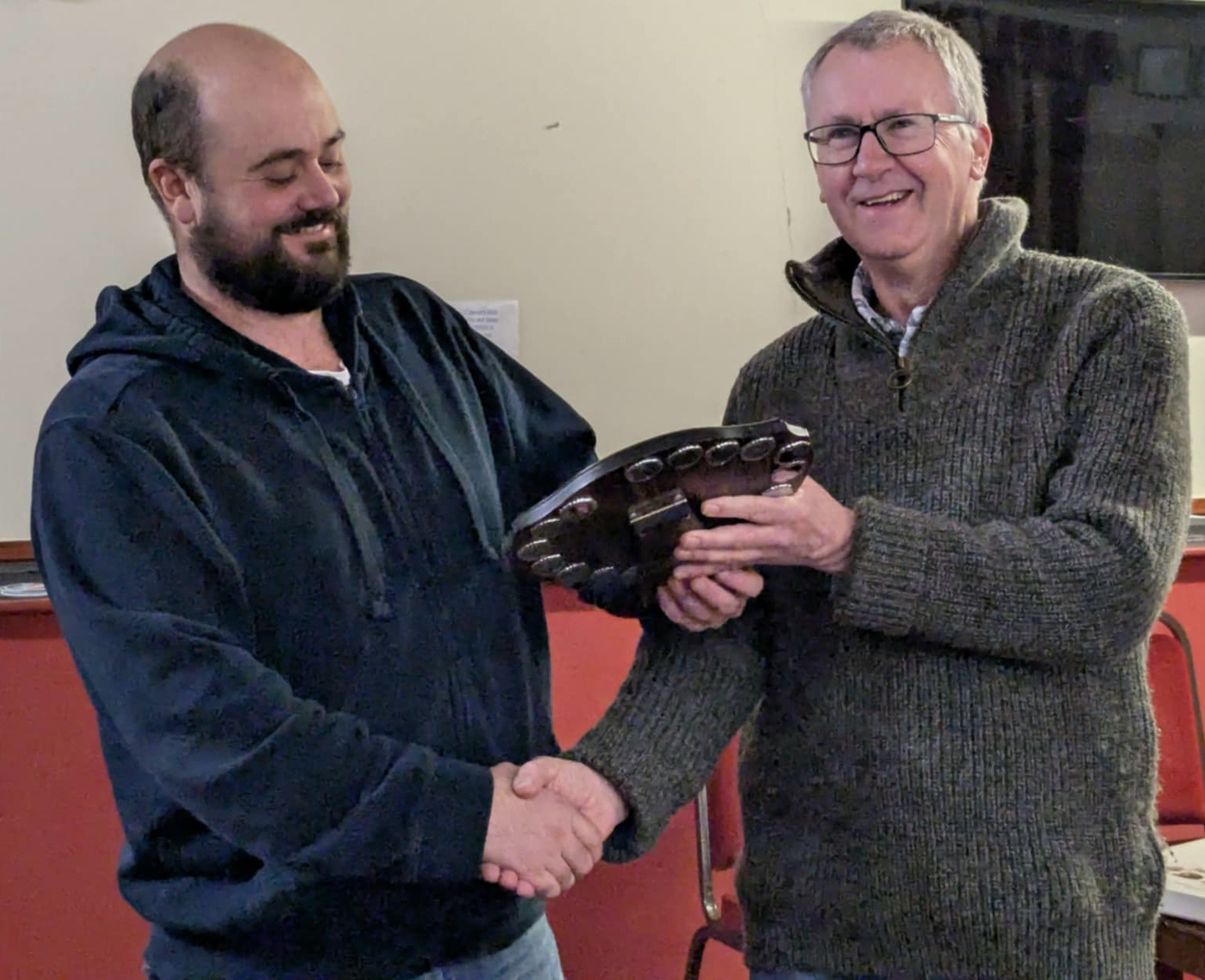




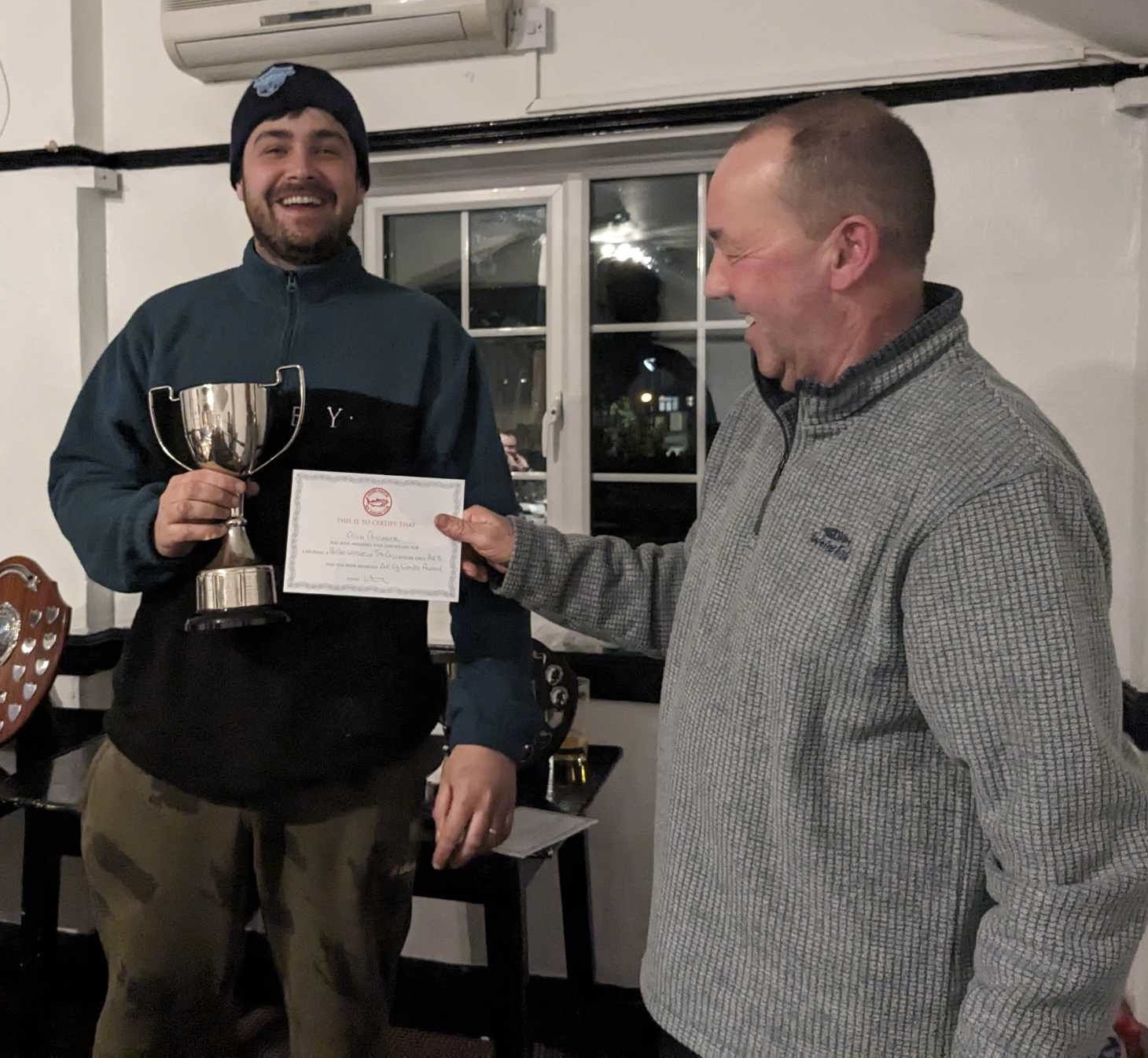
The AGM was attended by 19 club members. The only substantial change was that competition entry for standard competitions has risen to £10 reflecting changing times and relative value of money. A £5.00 entry fee had been in place for over twenty years. The increased entry fee makes the prize money more attractive.
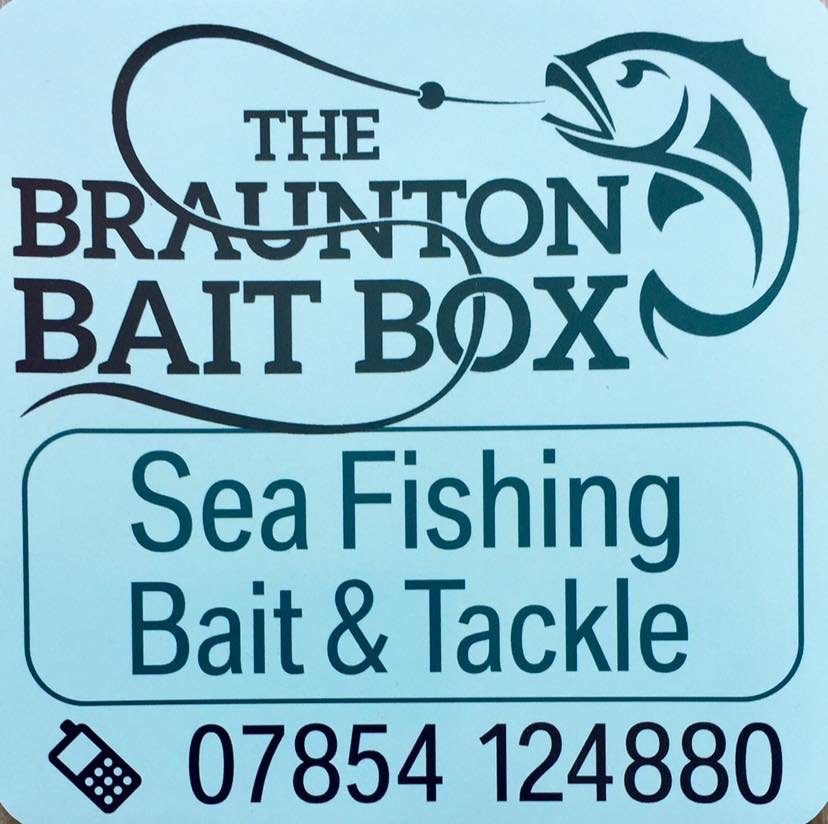




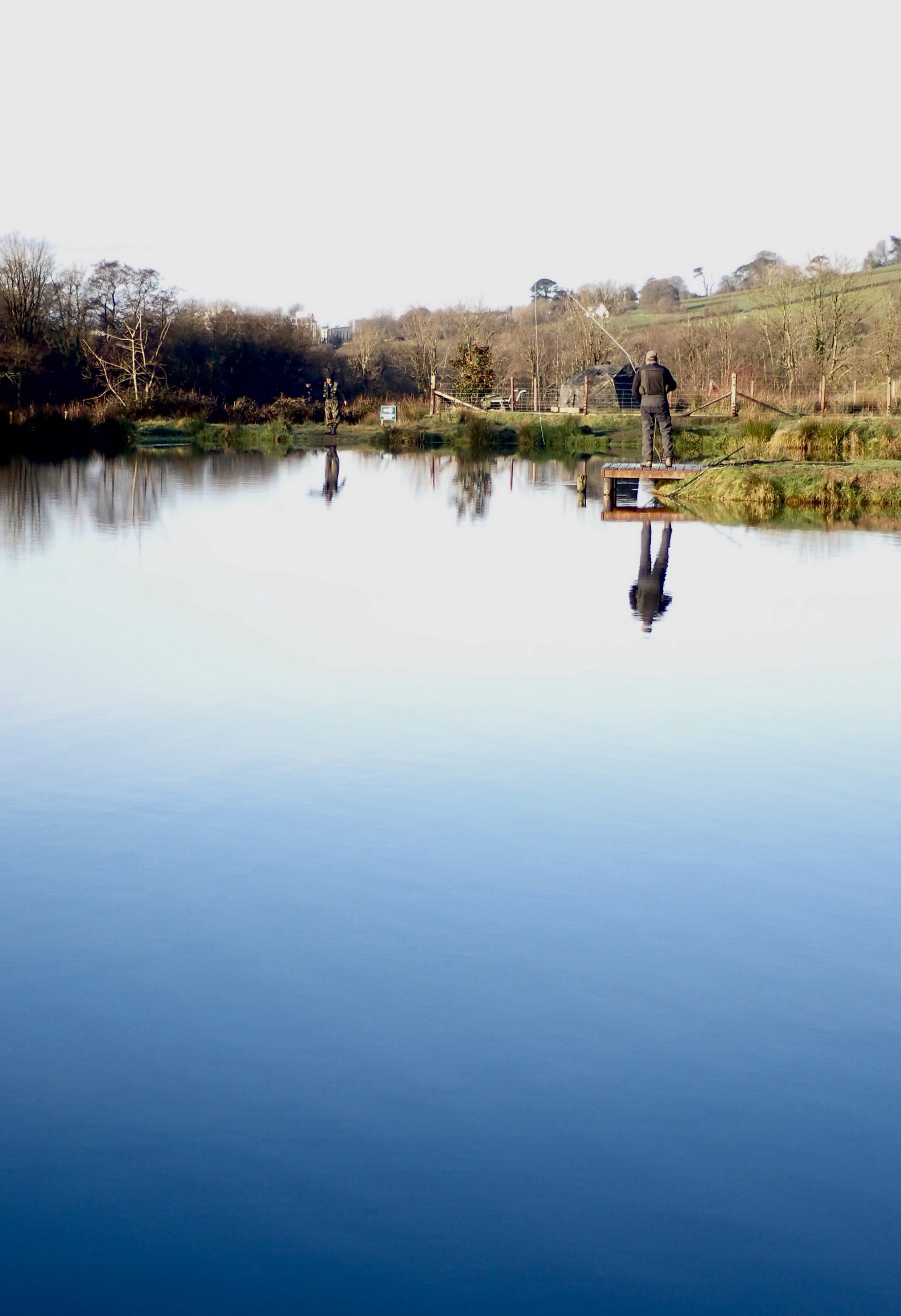 I joined members of Wistlandpound Fly Fishing Club at Bulldog Trout Fishery last Sunday where we were greeted by a bright cloudless blue sky and milder conditions. The trout proved to be generally cooperative with all members catching fish with a mixture of rainbow and brown trout averaging over 3lb. Most fish were tempted using lures fished on long leaders with an erratic retrieve.
I joined members of Wistlandpound Fly Fishing Club at Bulldog Trout Fishery last Sunday where we were greeted by a bright cloudless blue sky and milder conditions. The trout proved to be generally cooperative with all members catching fish with a mixture of rainbow and brown trout averaging over 3lb. Most fish were tempted using lures fished on long leaders with an erratic retrieve.